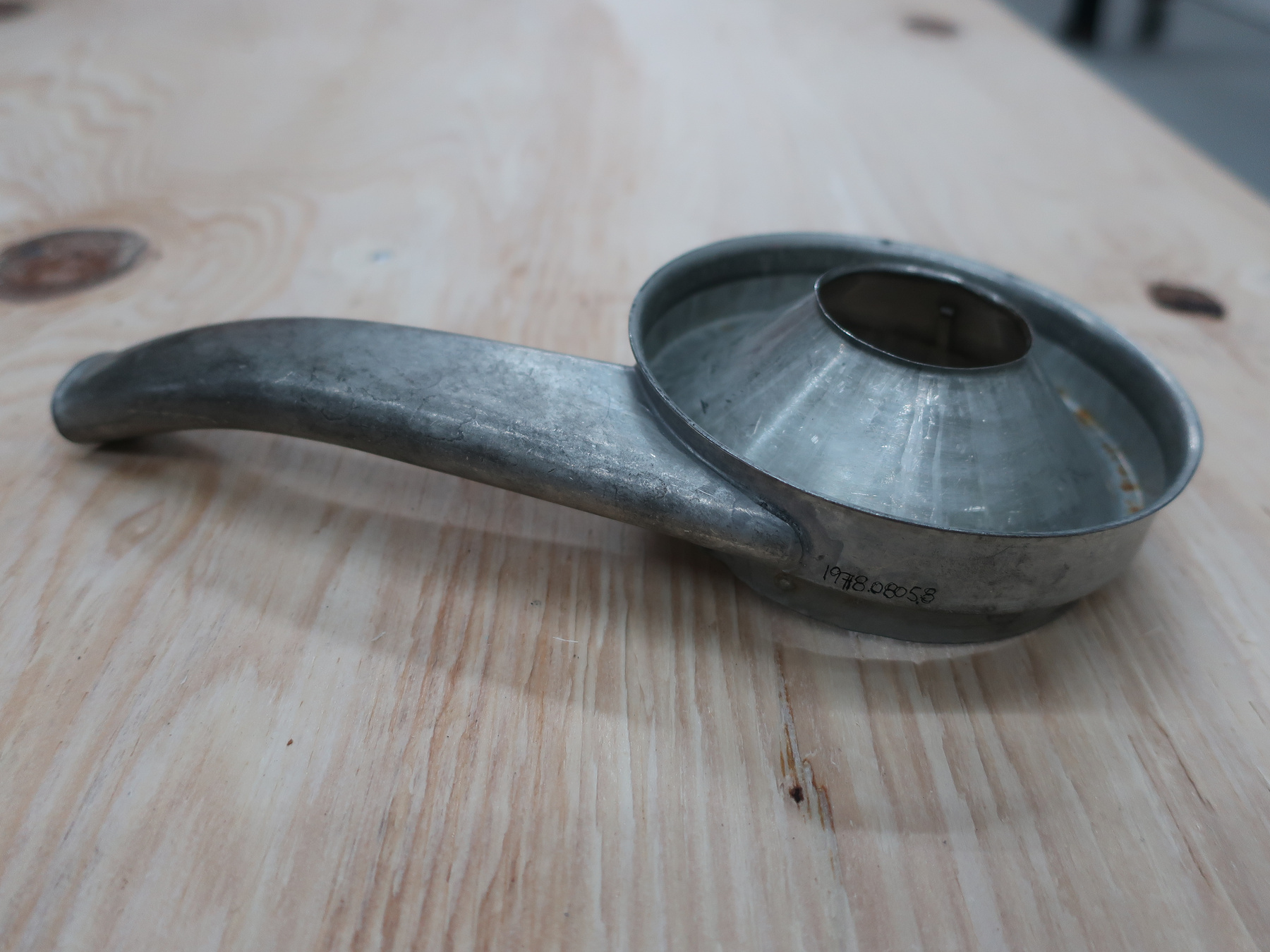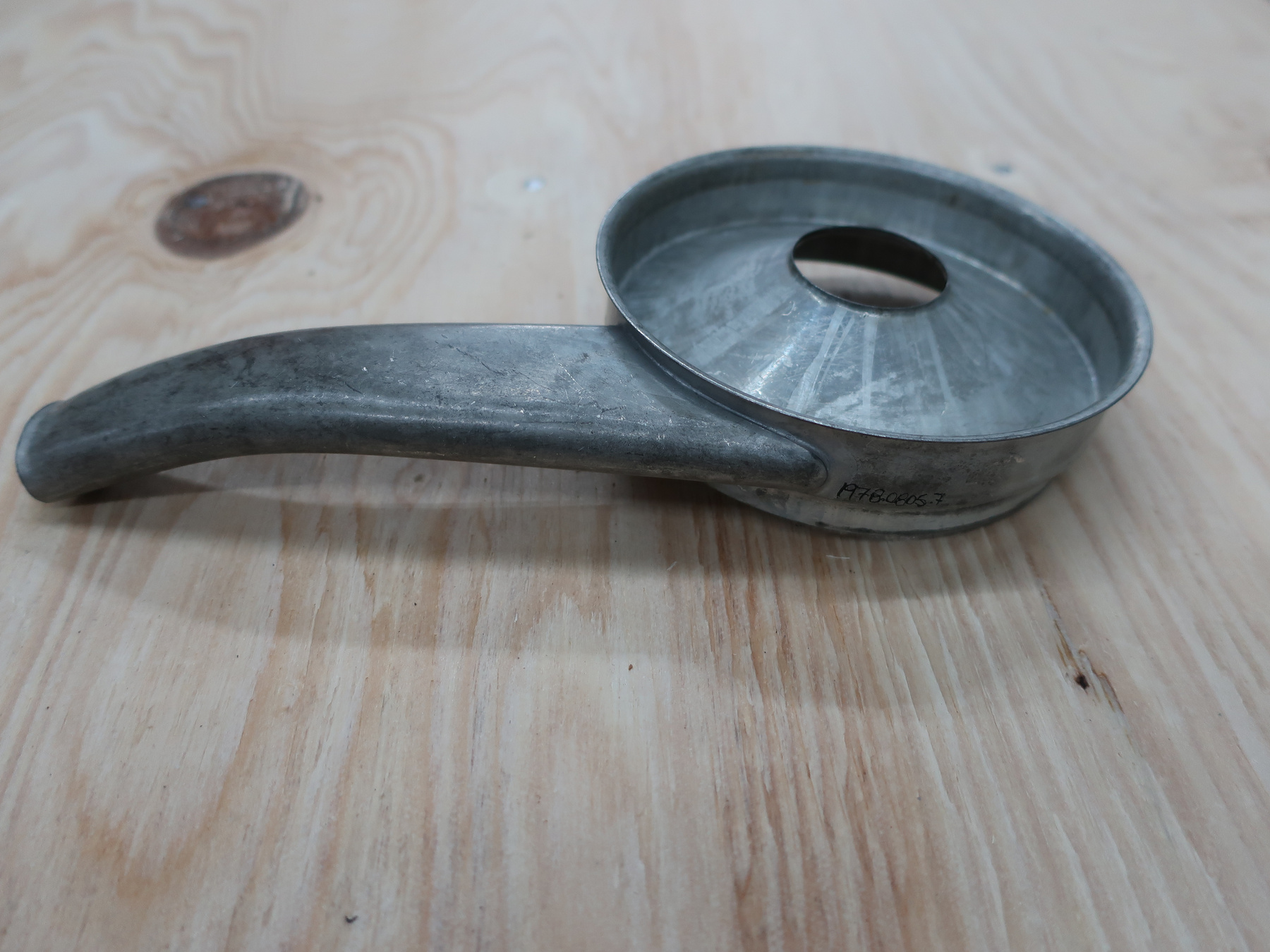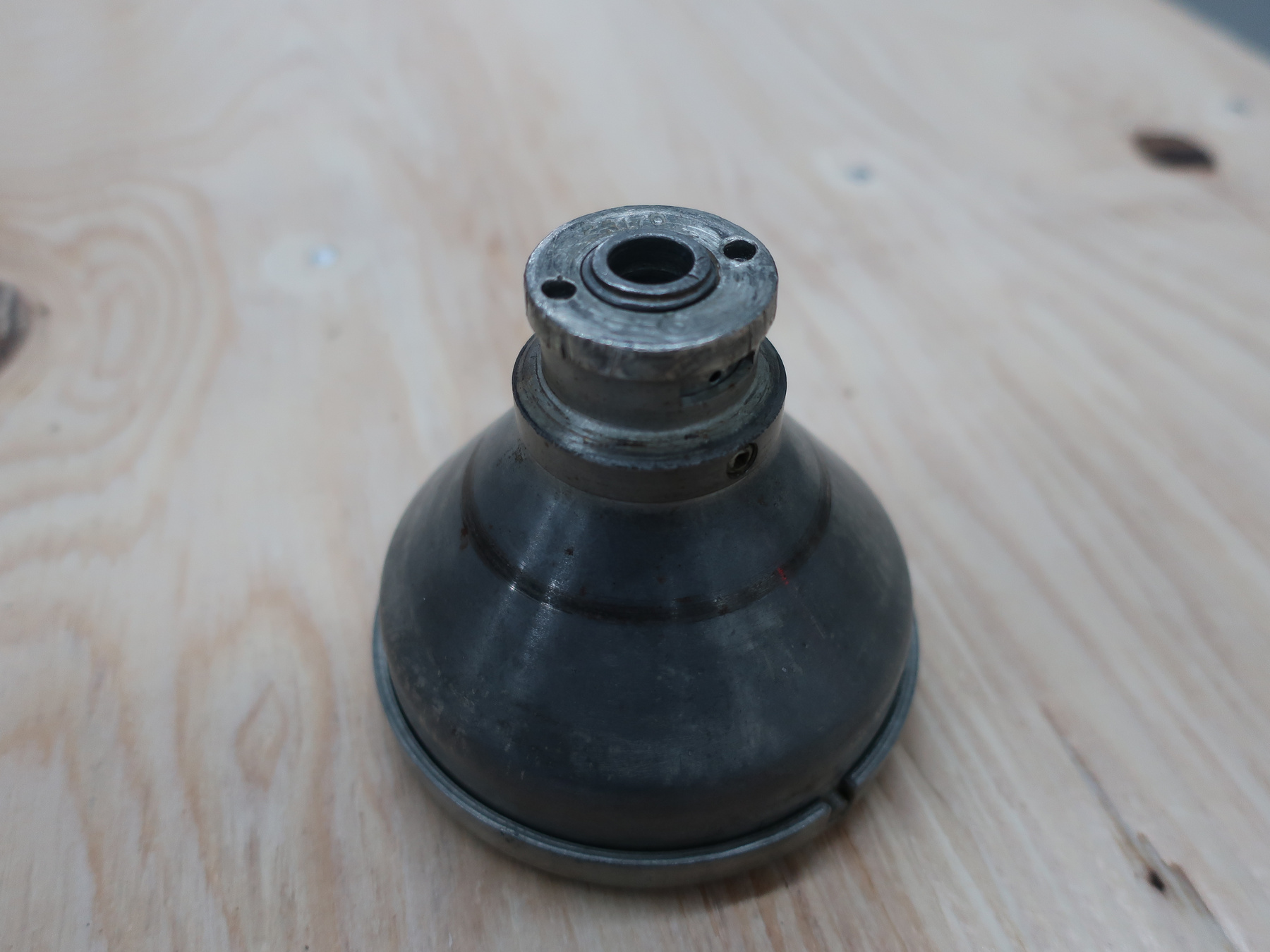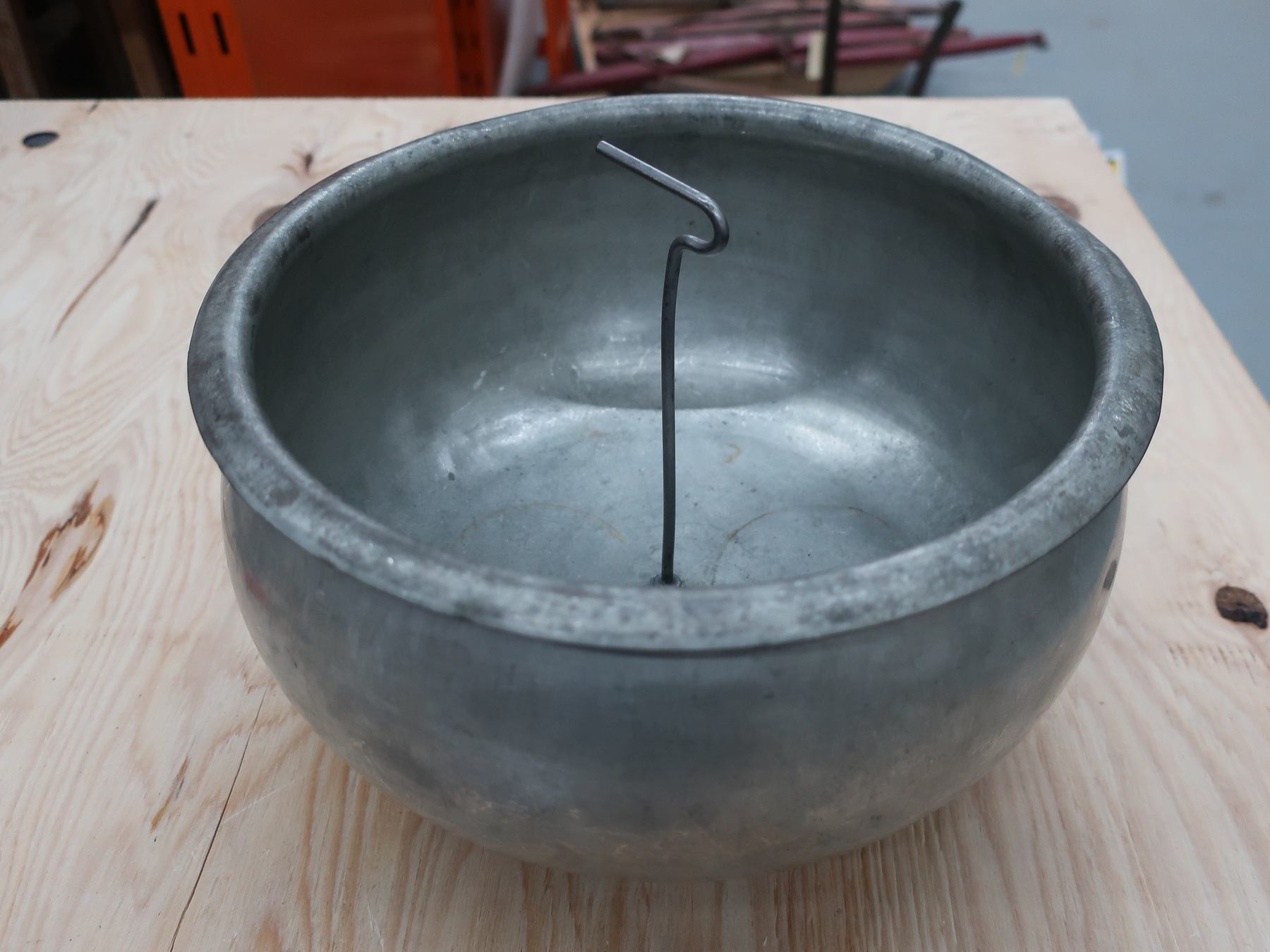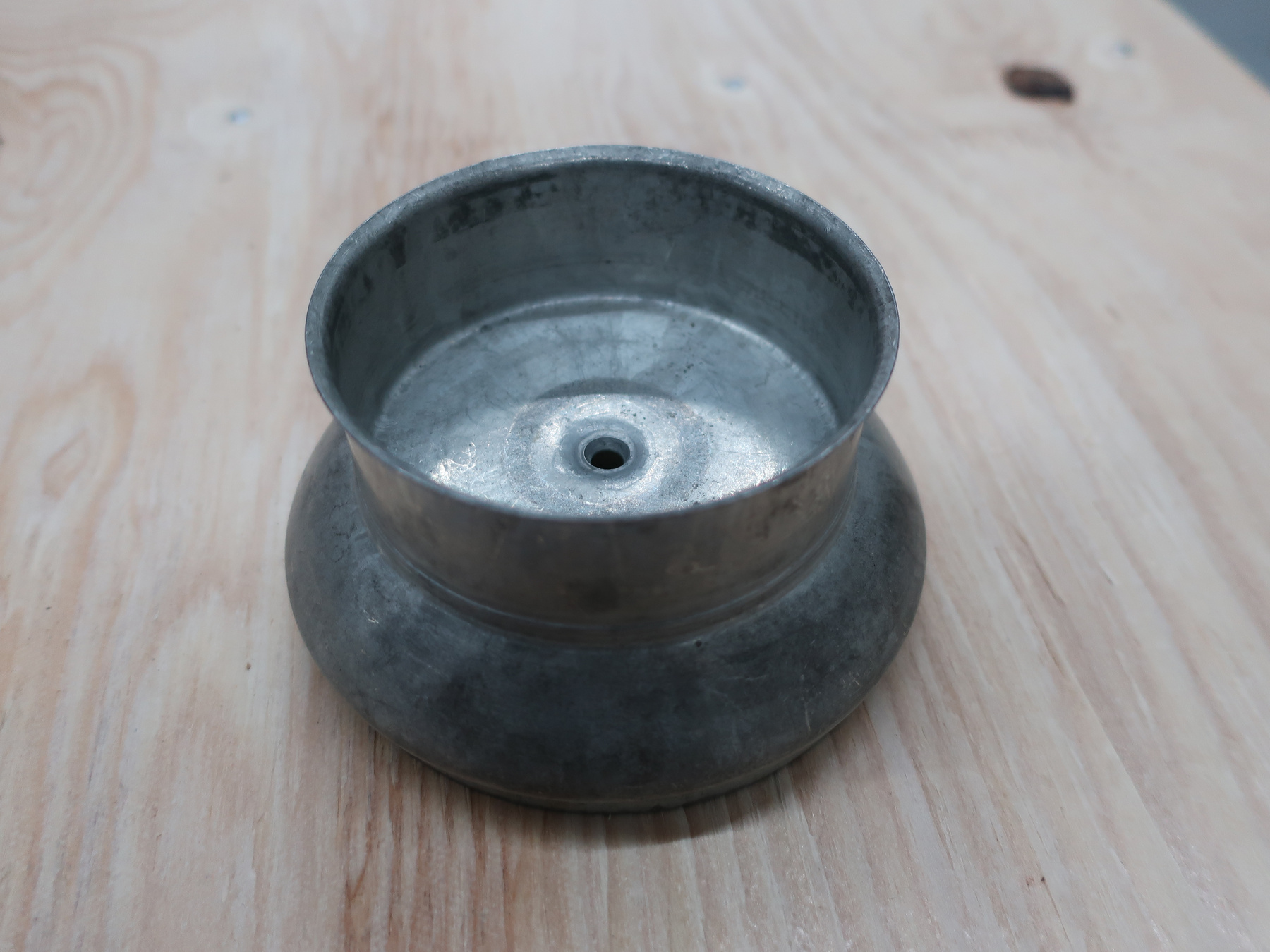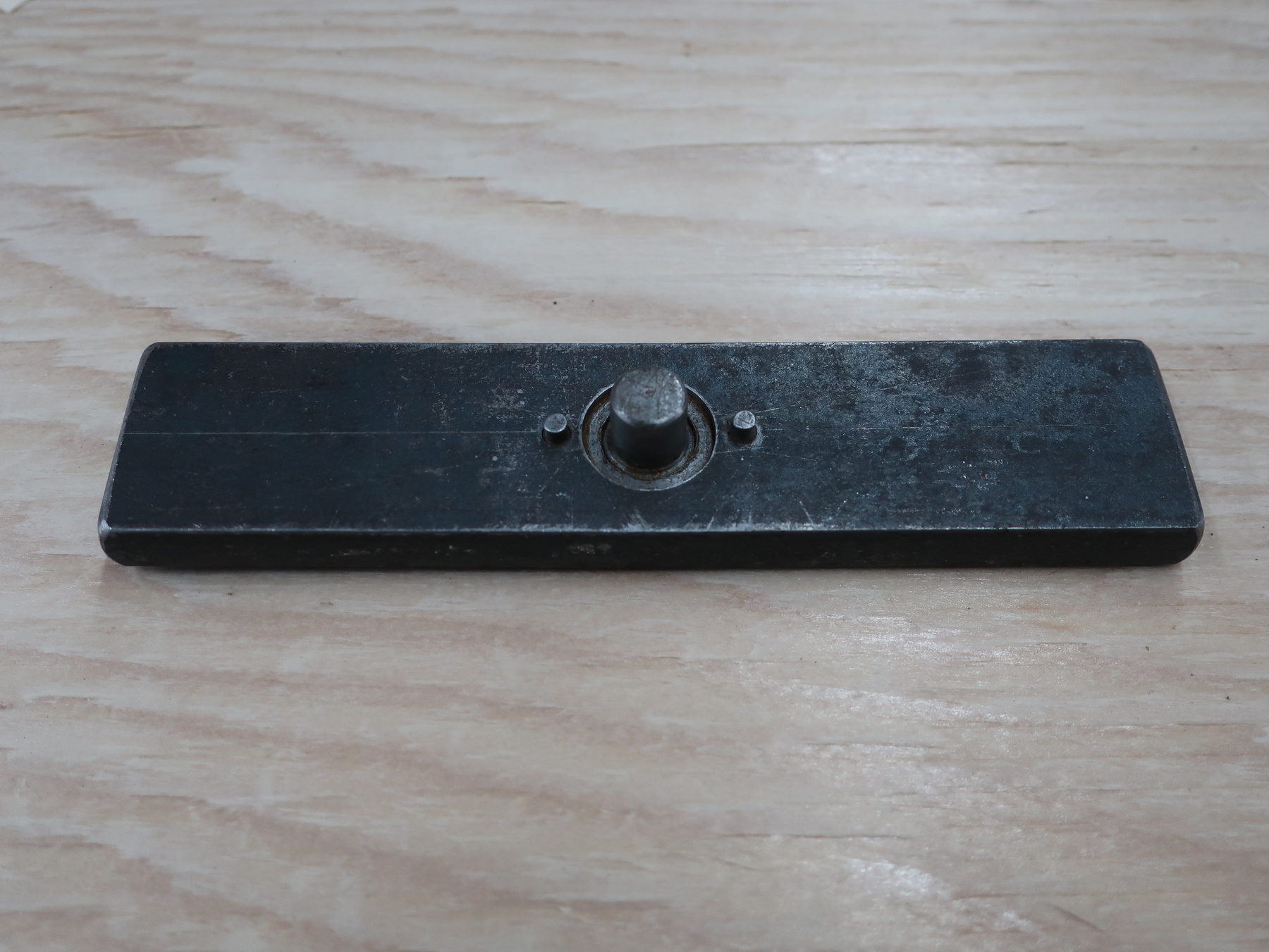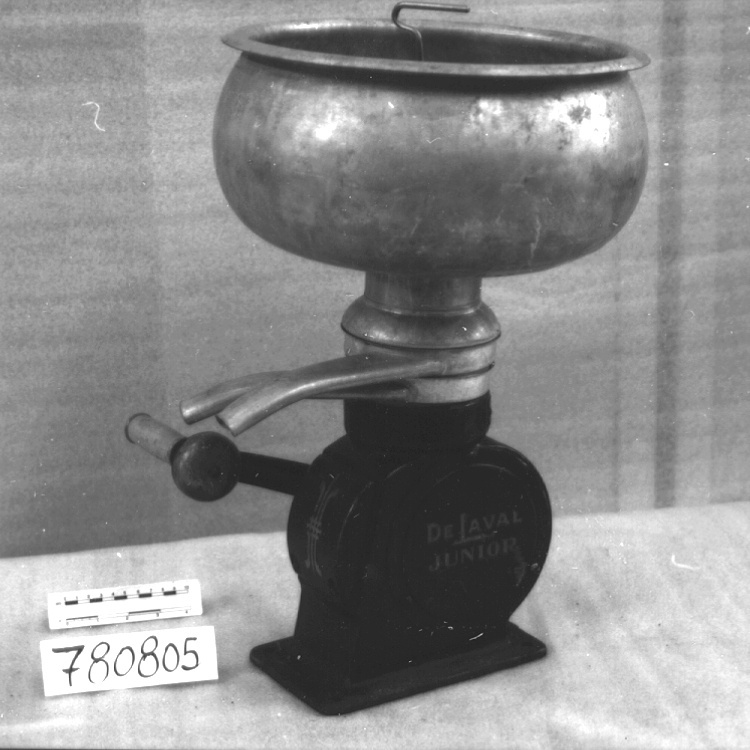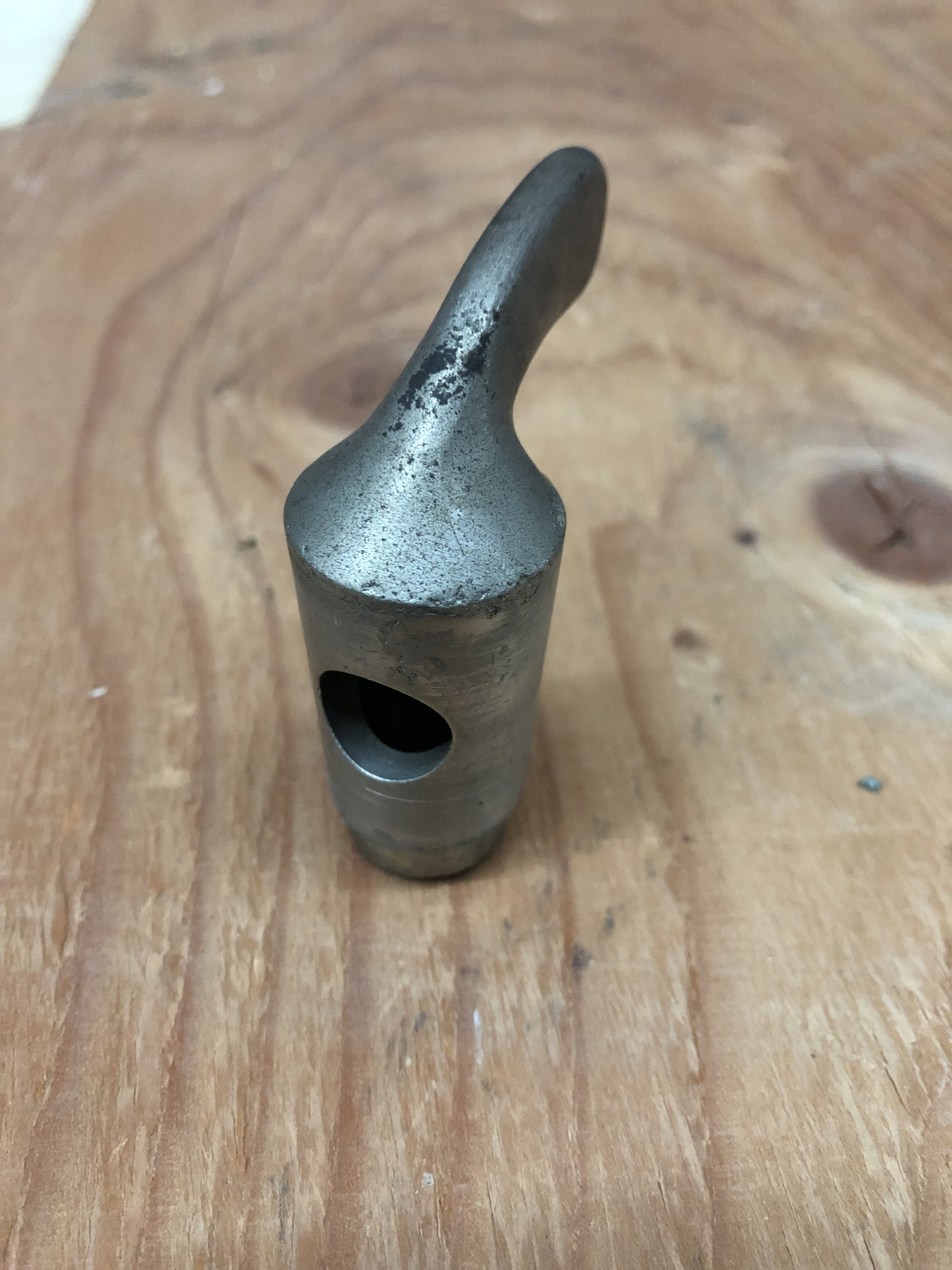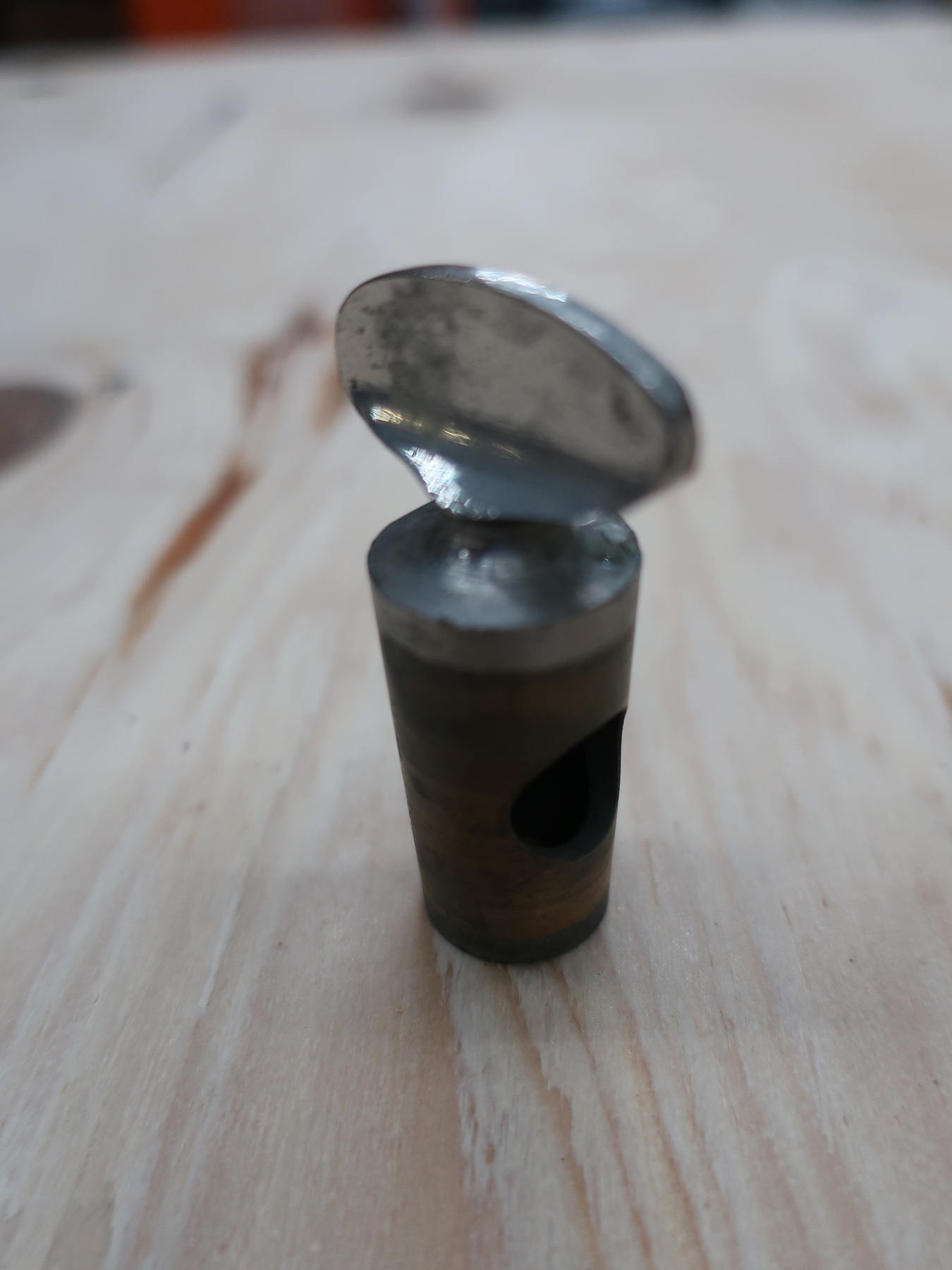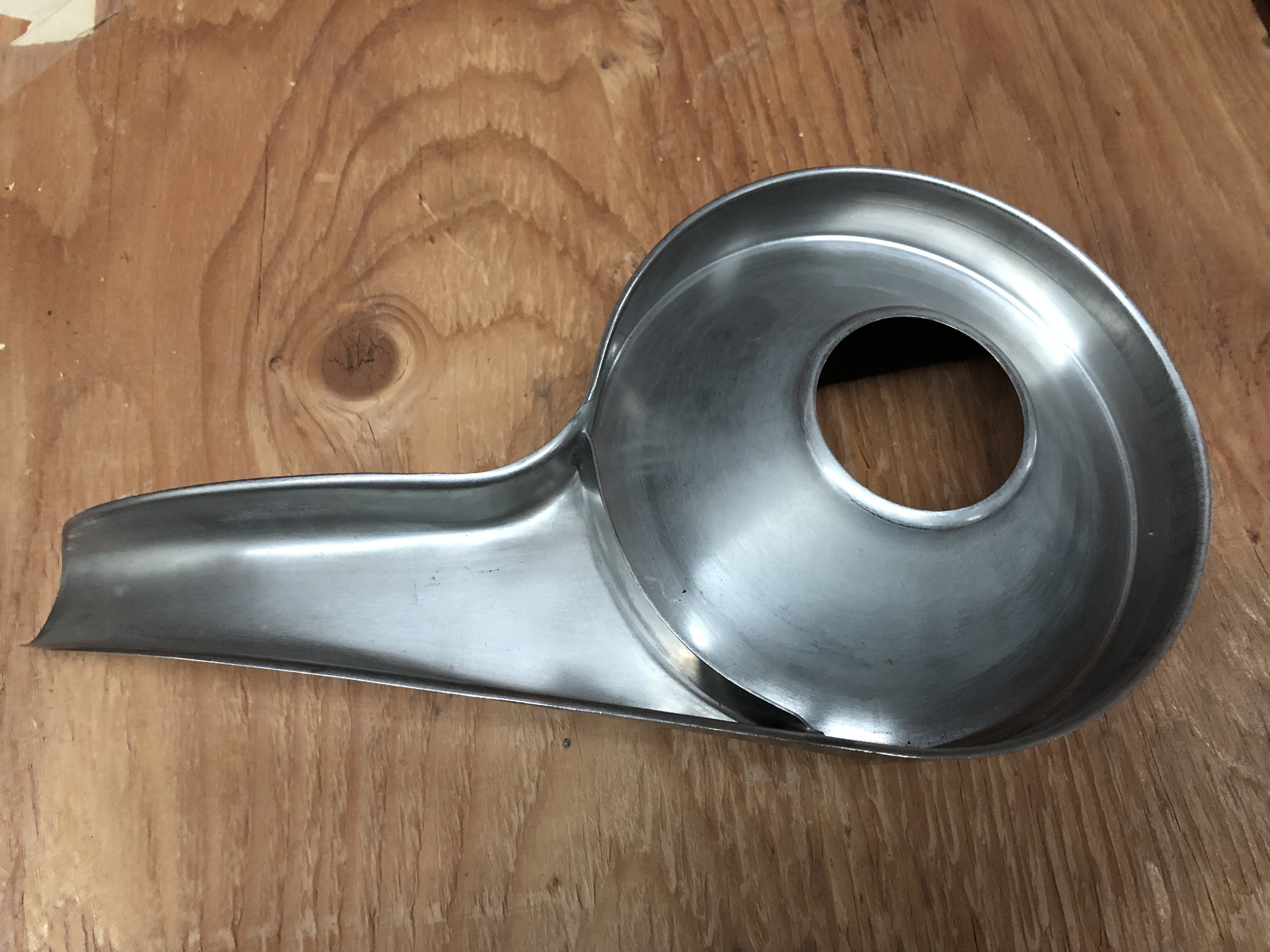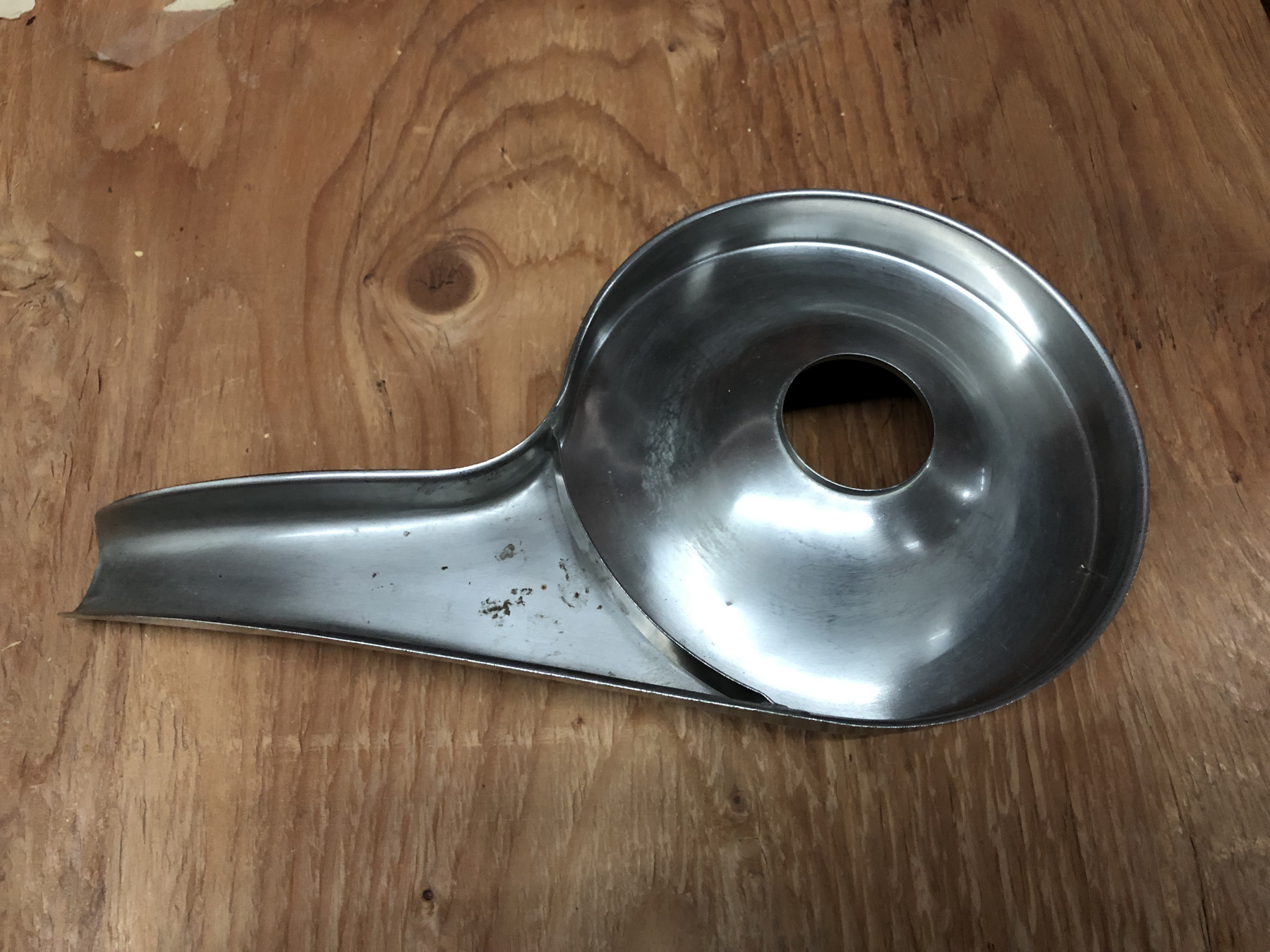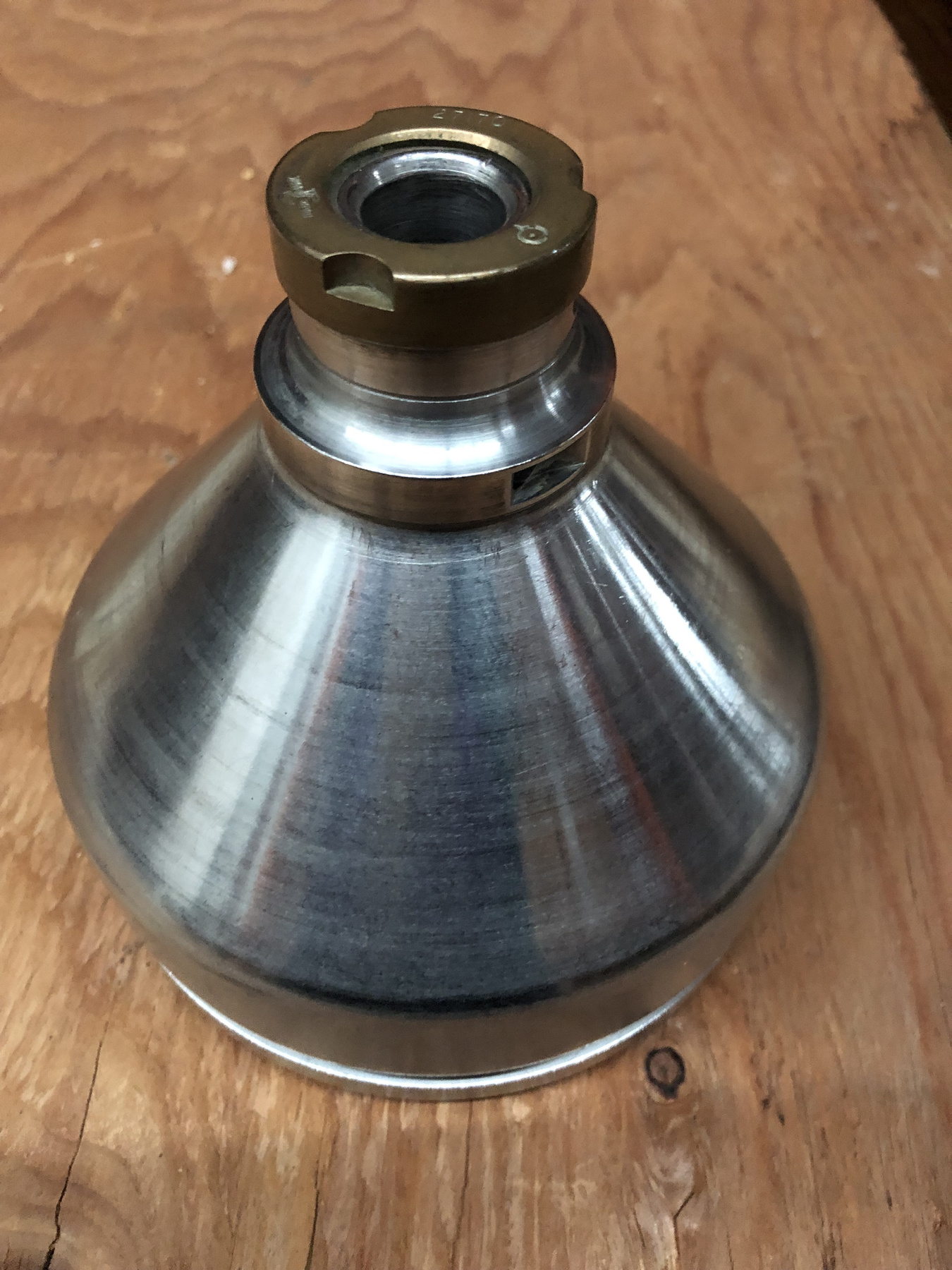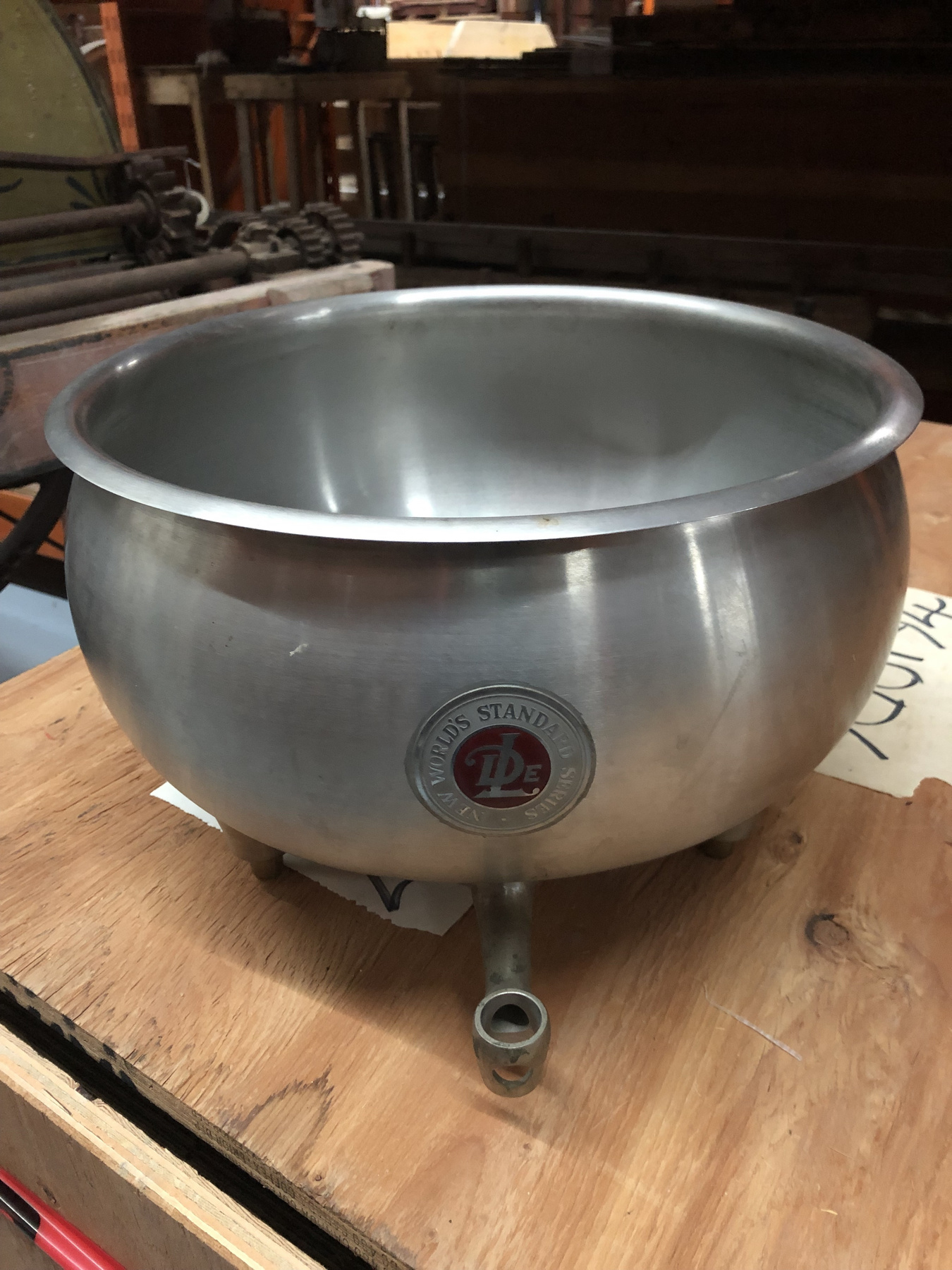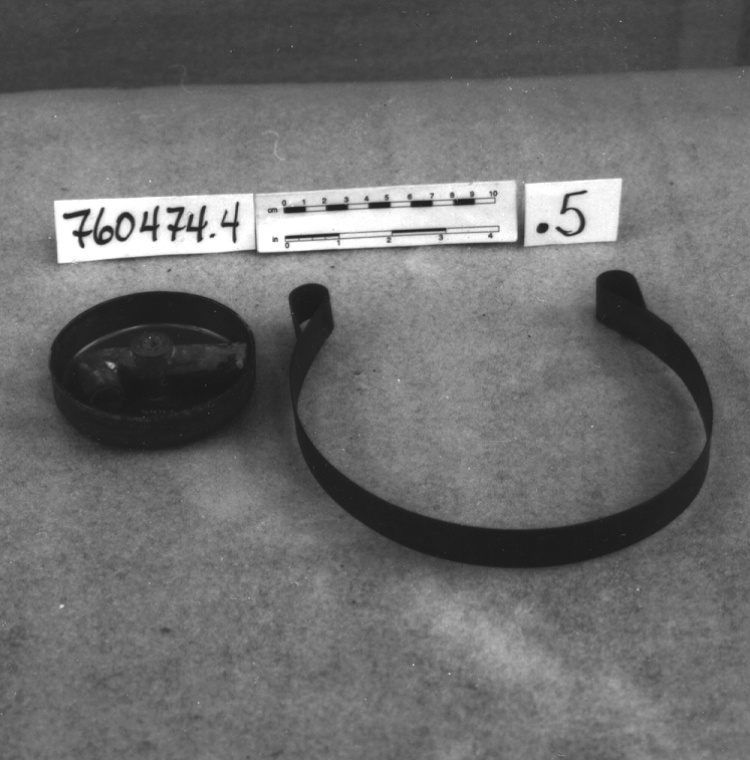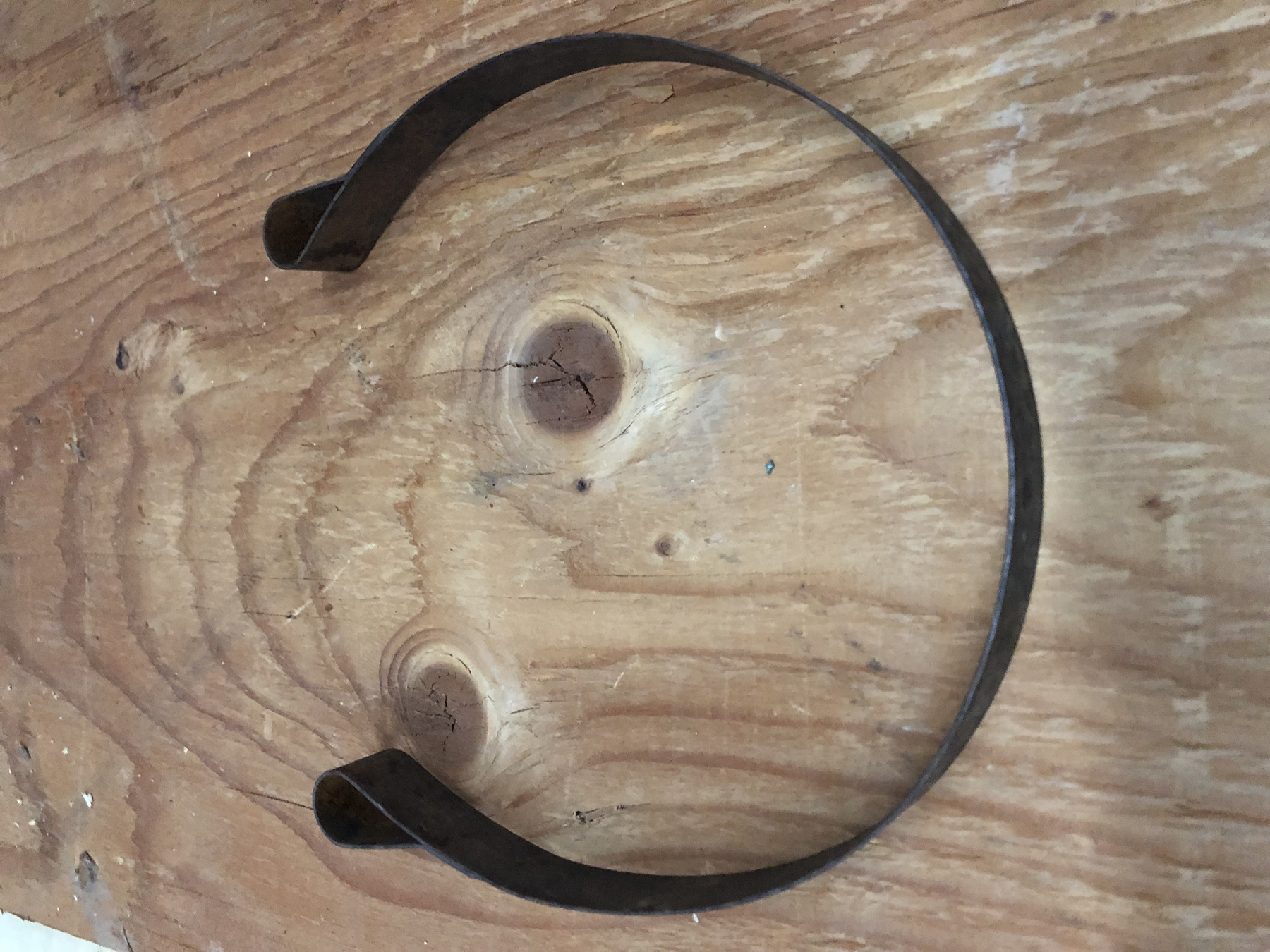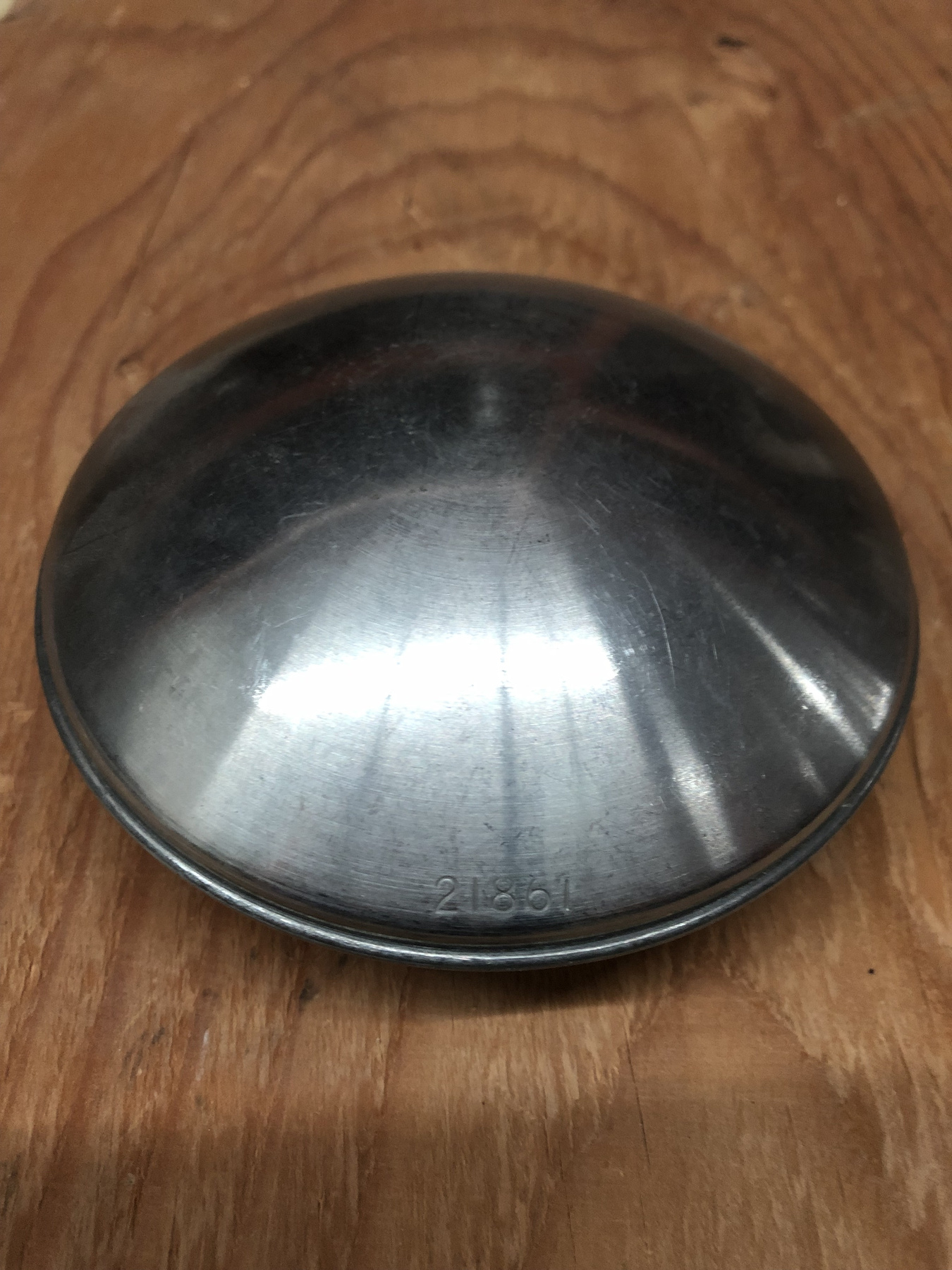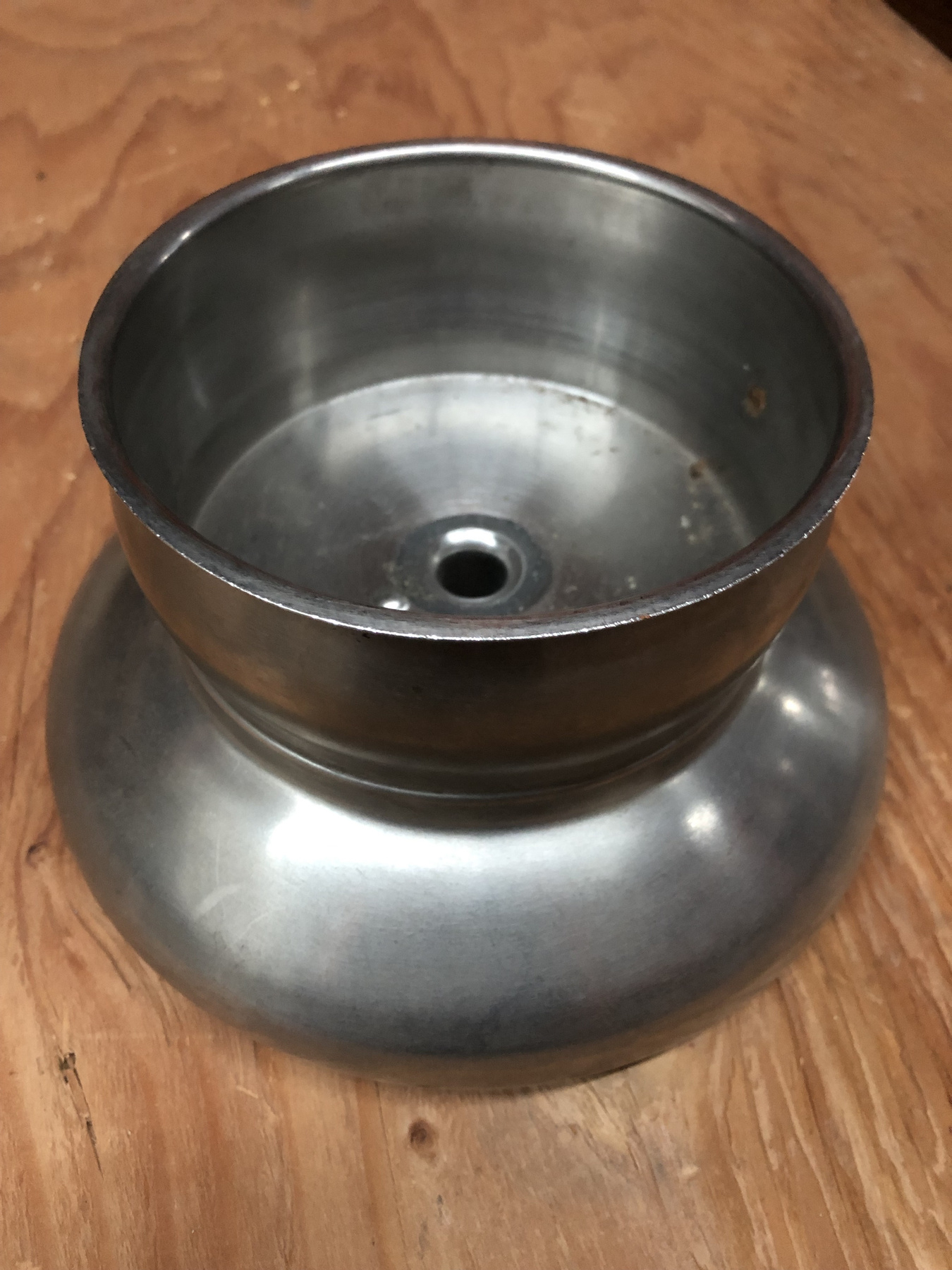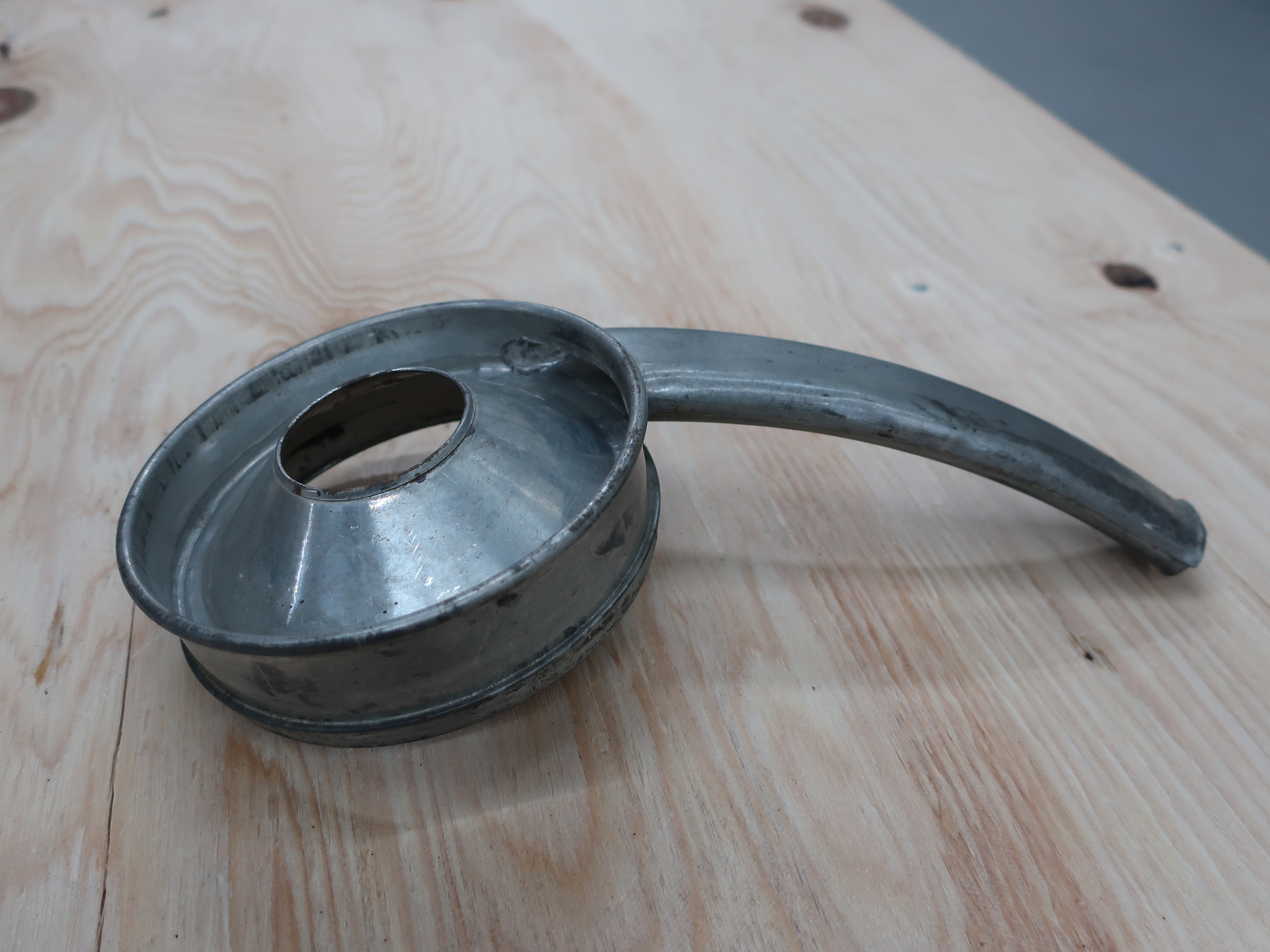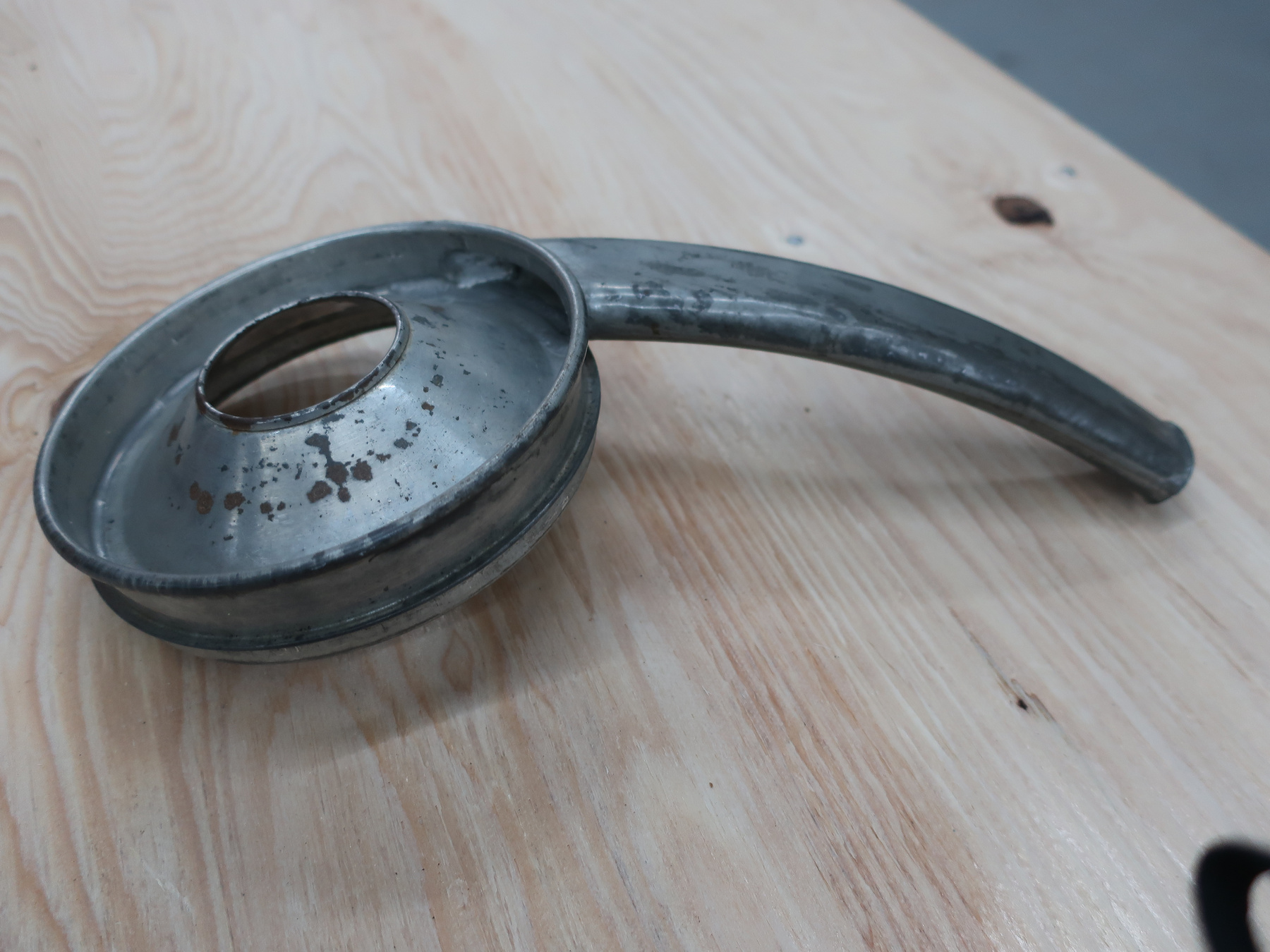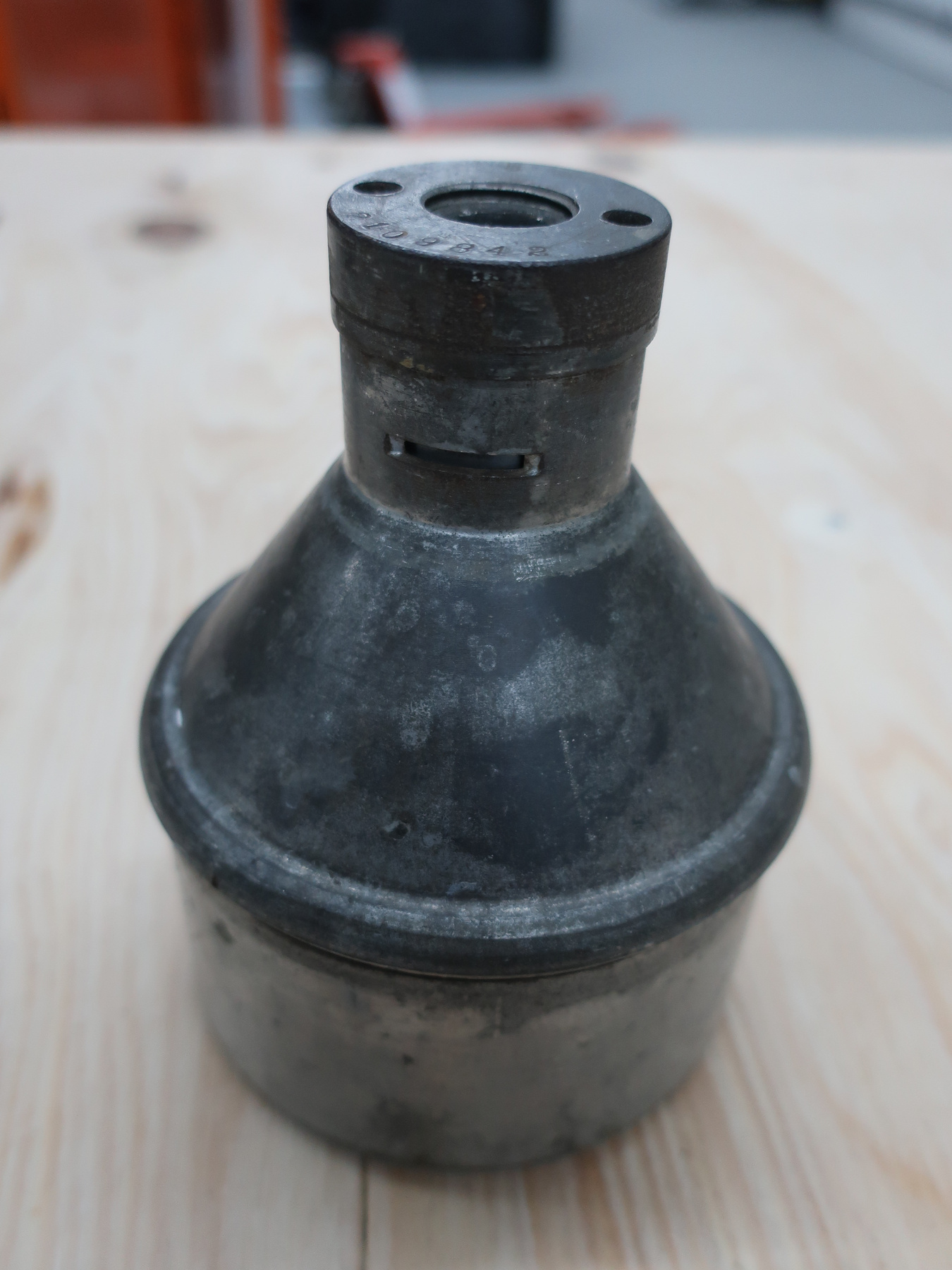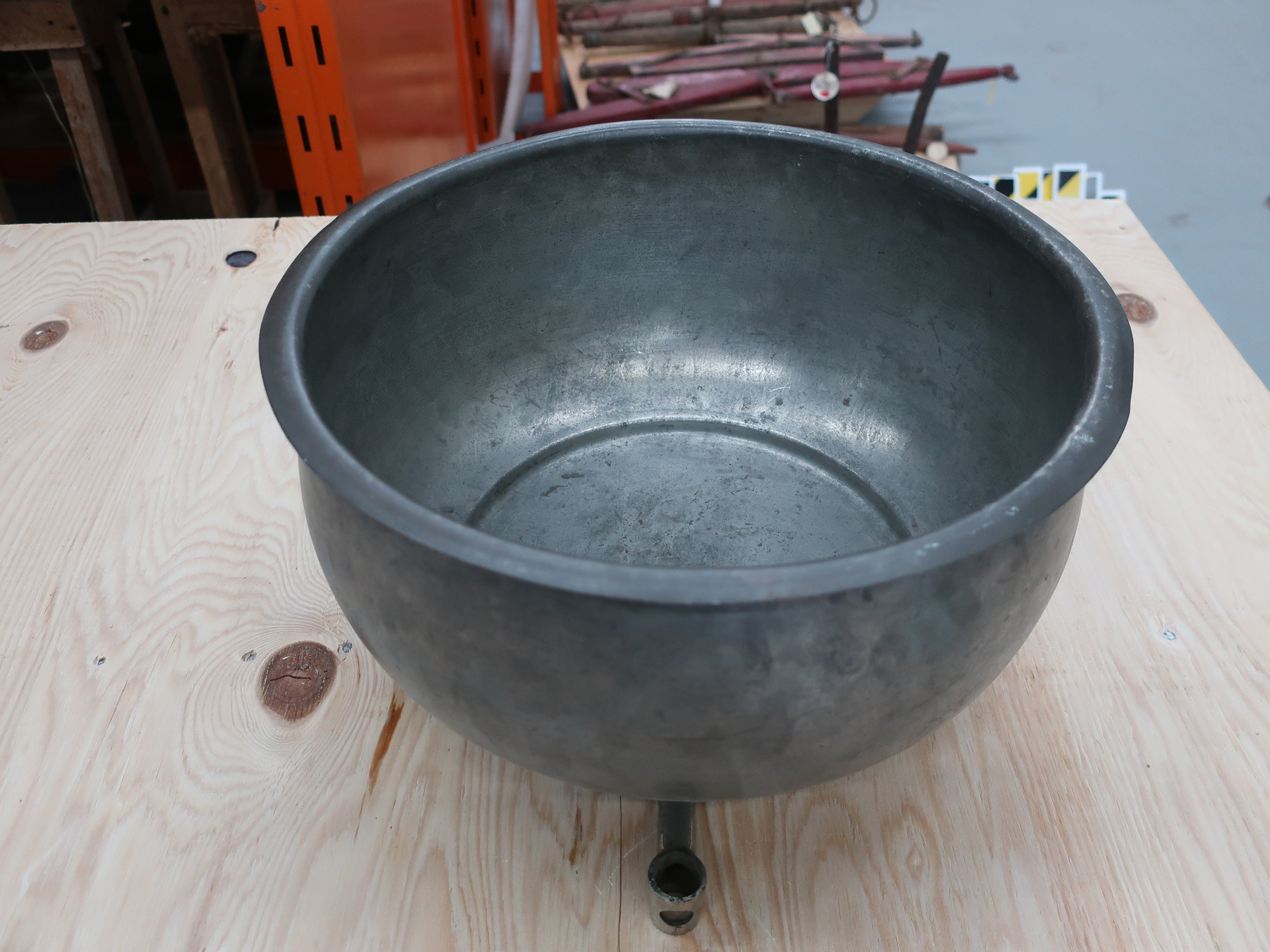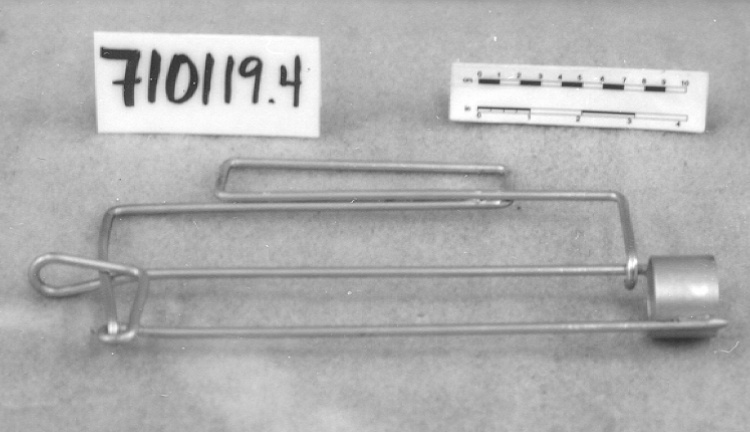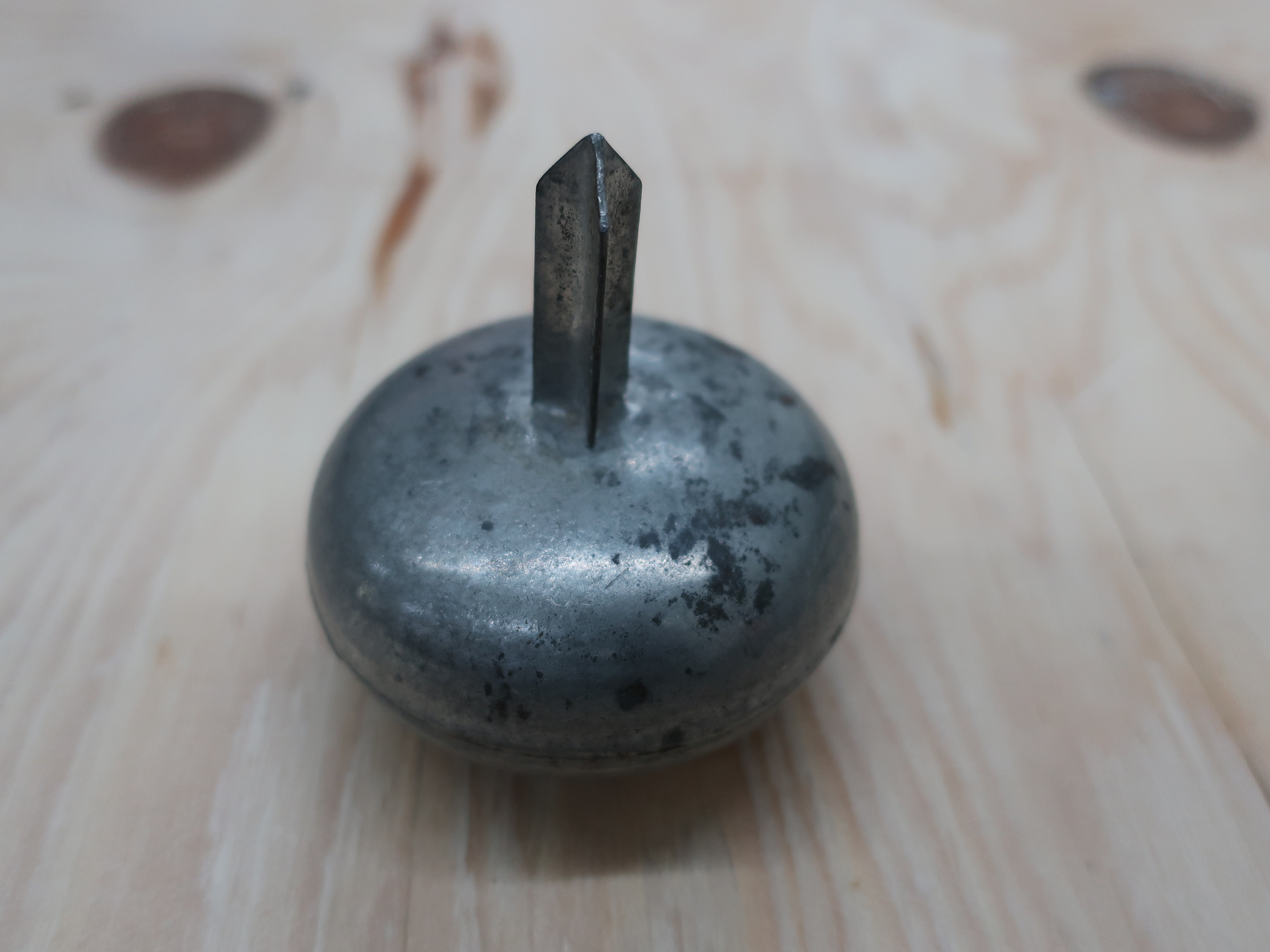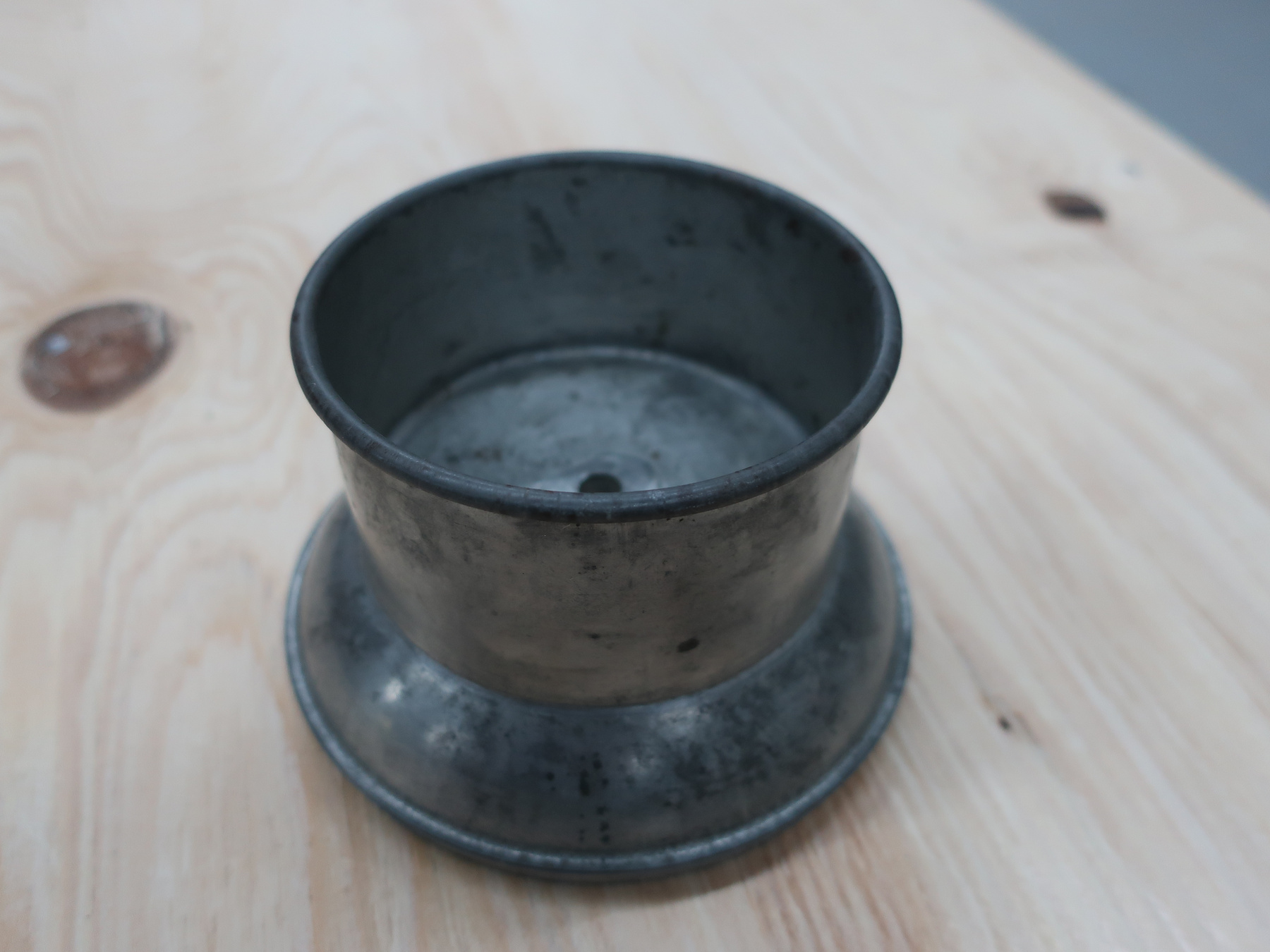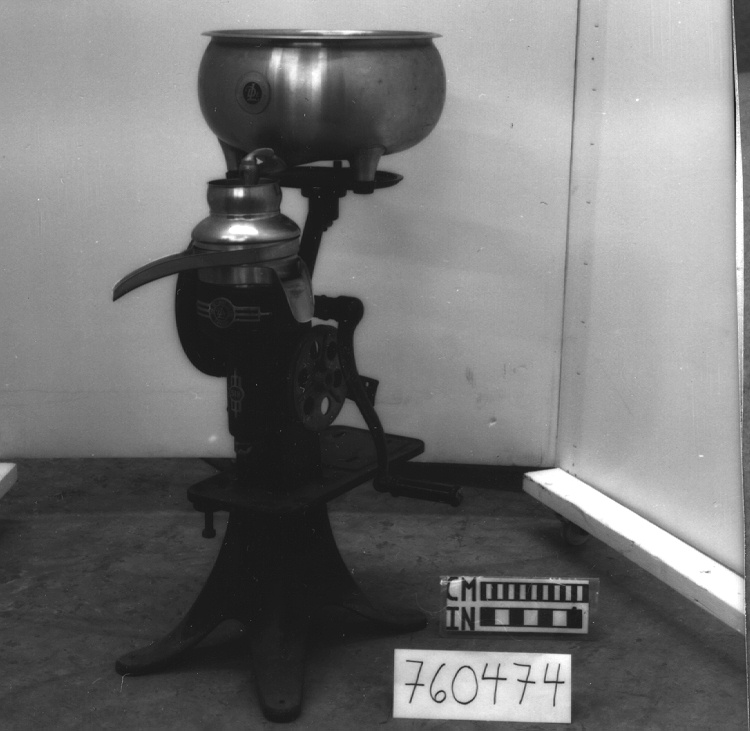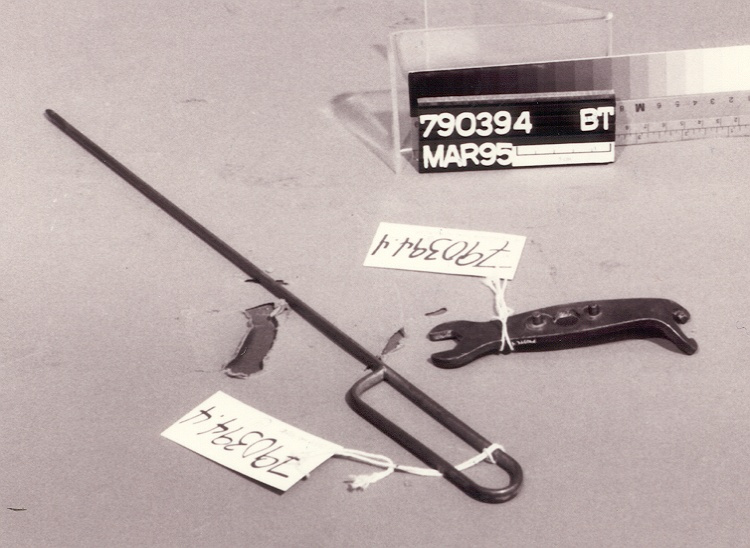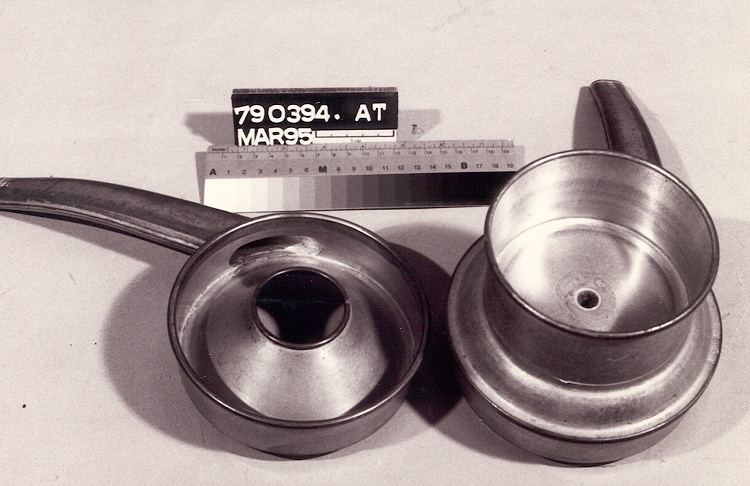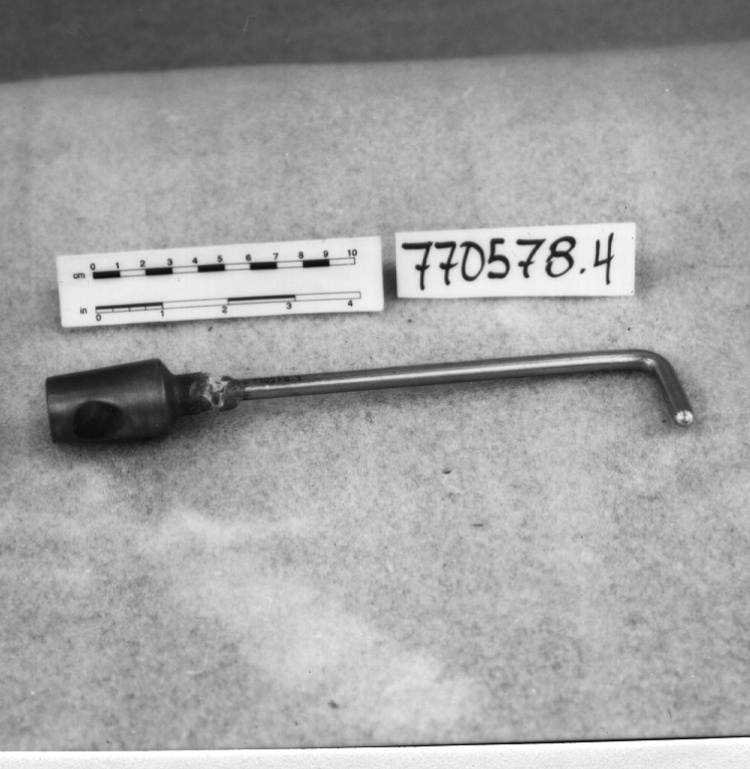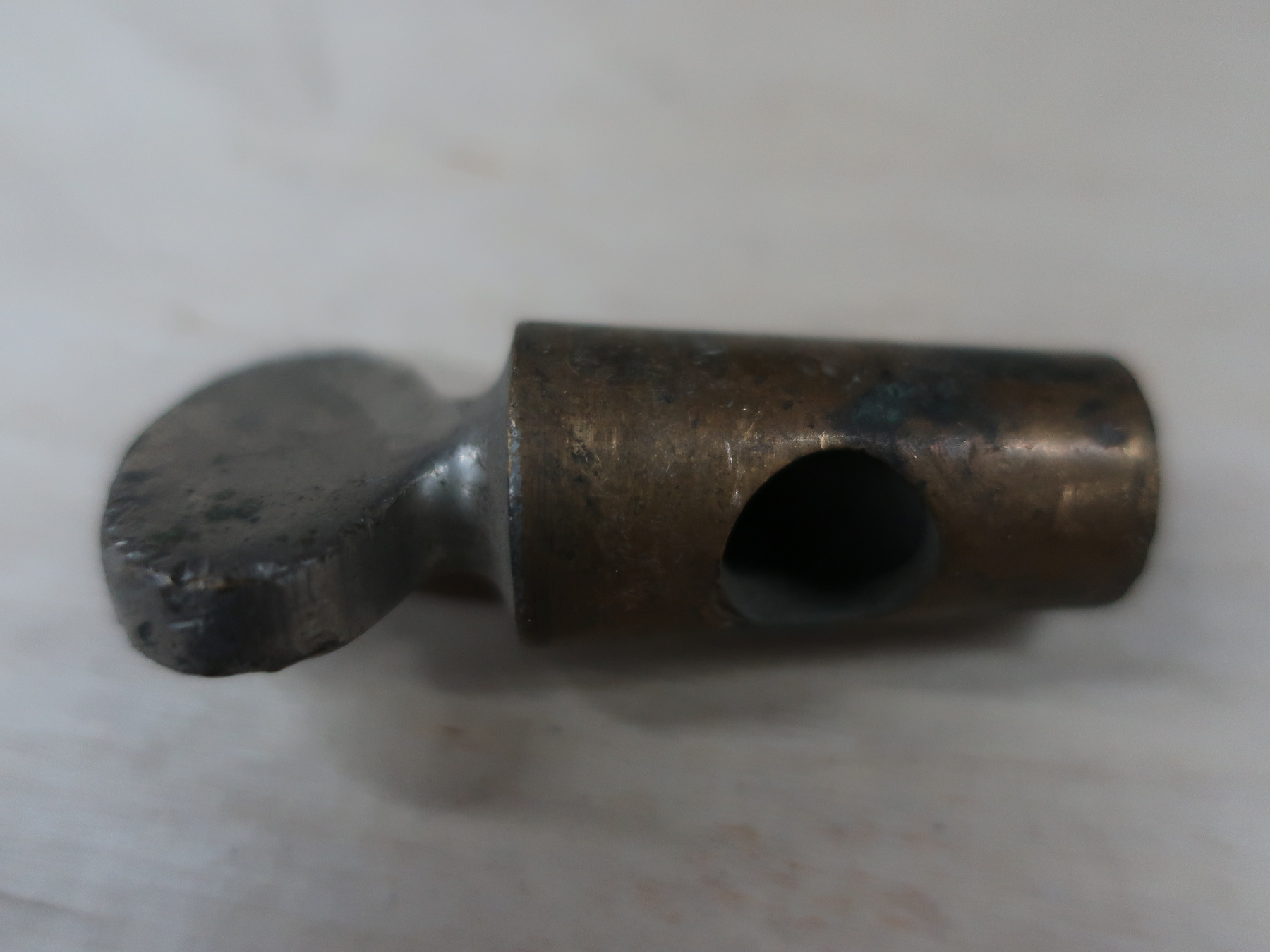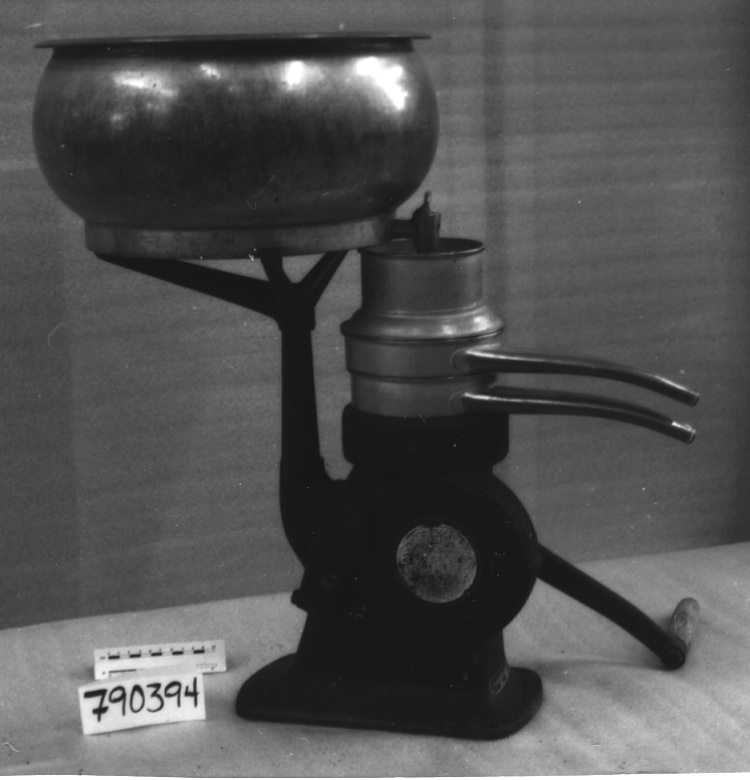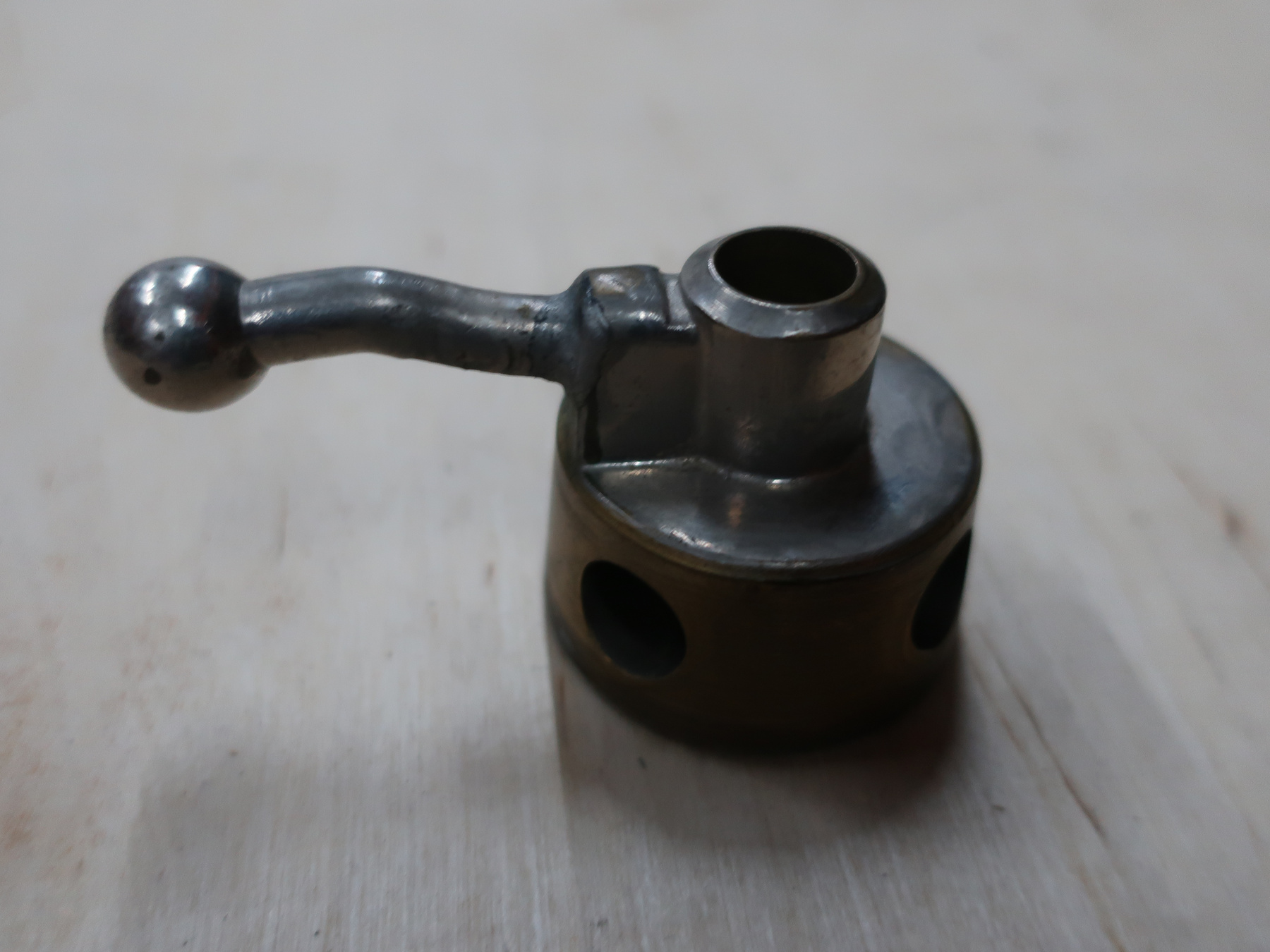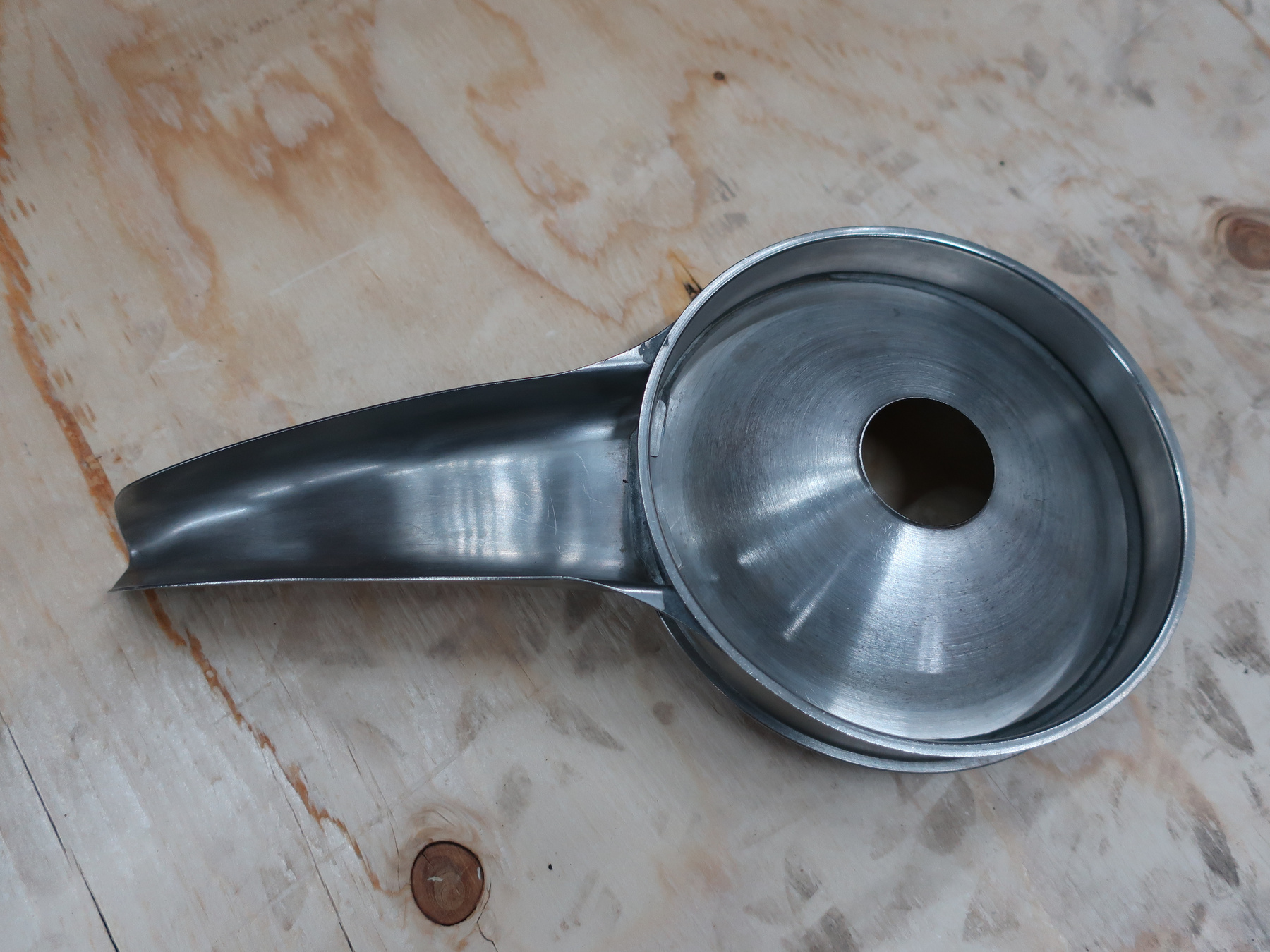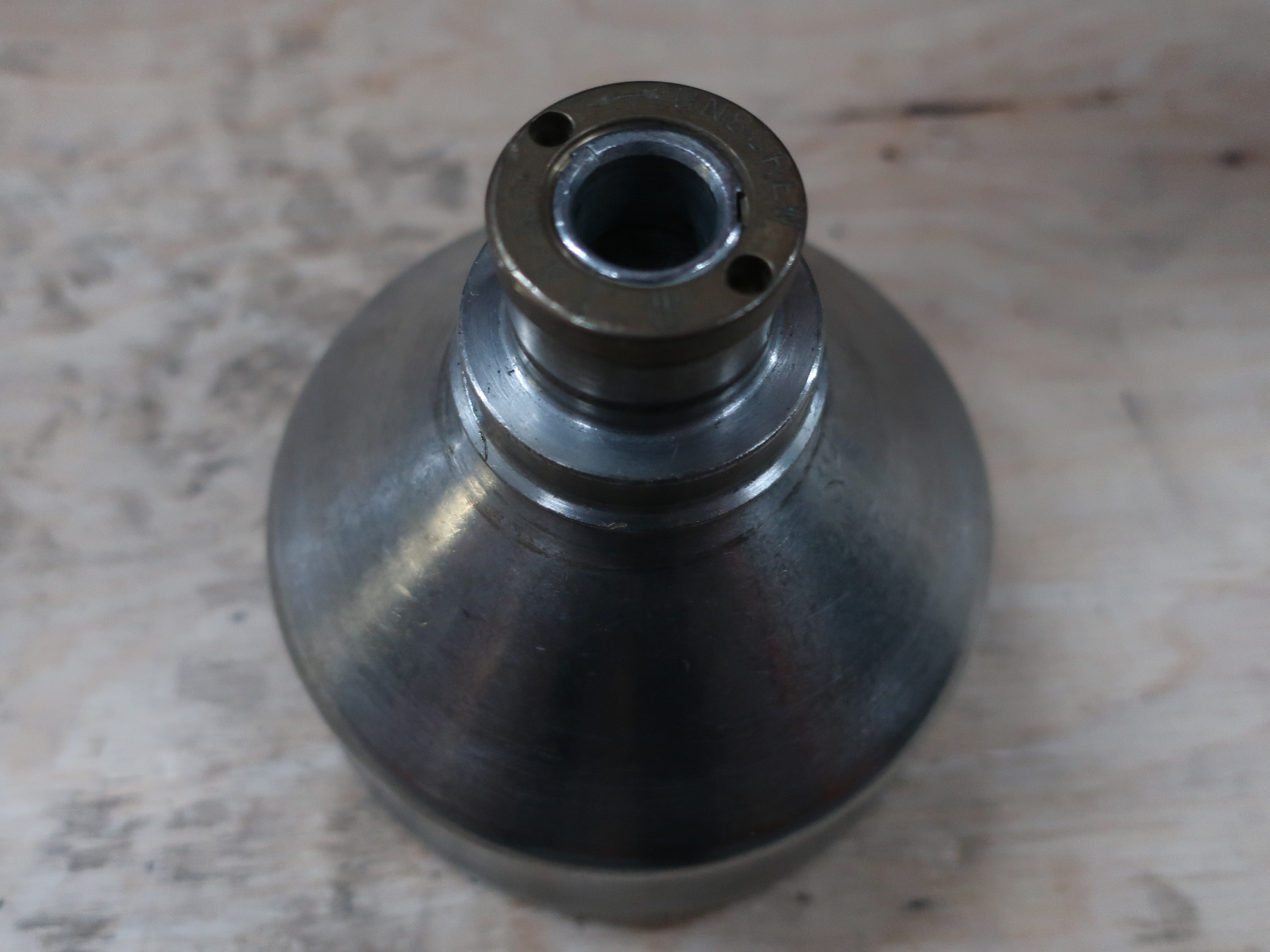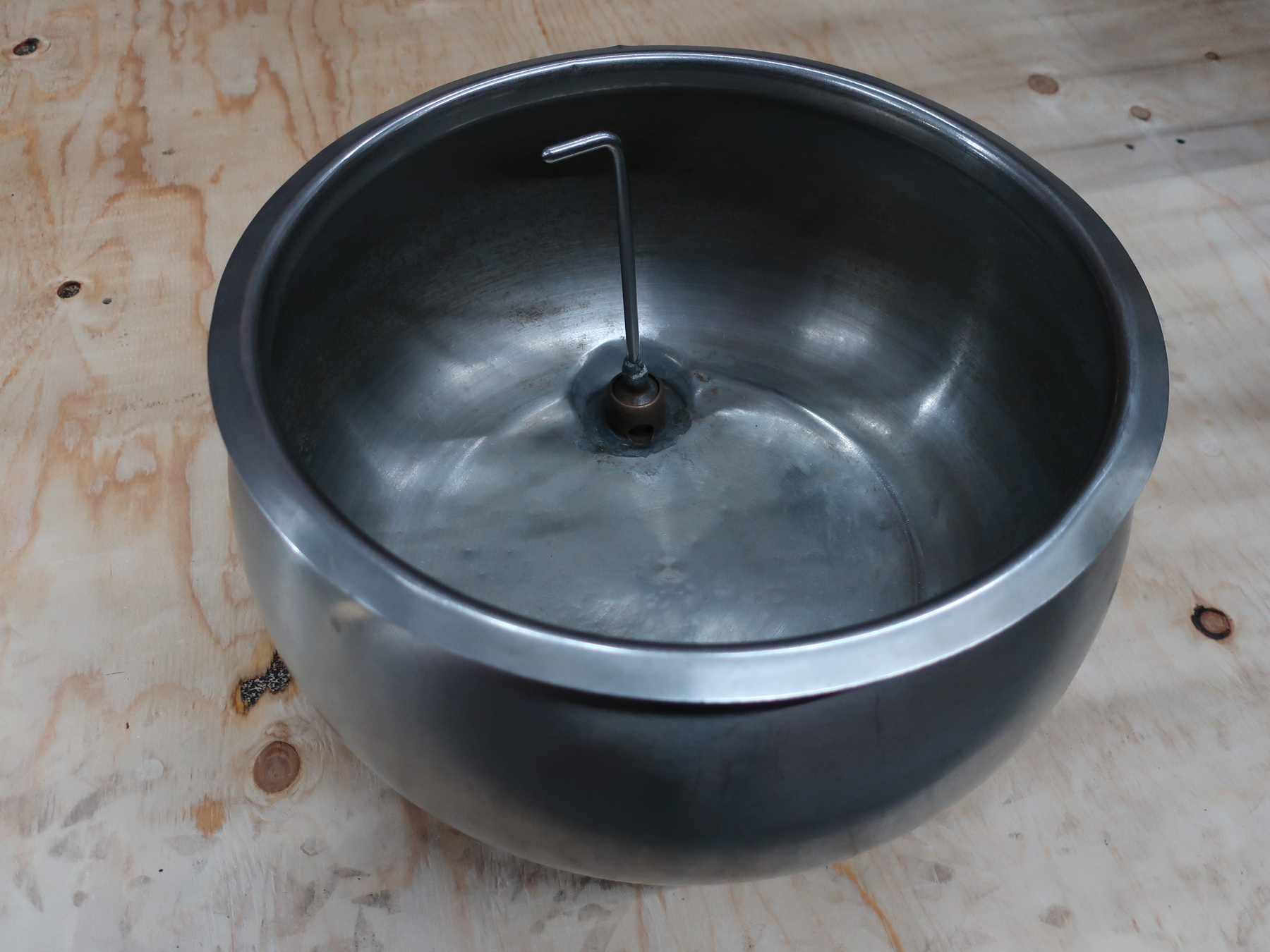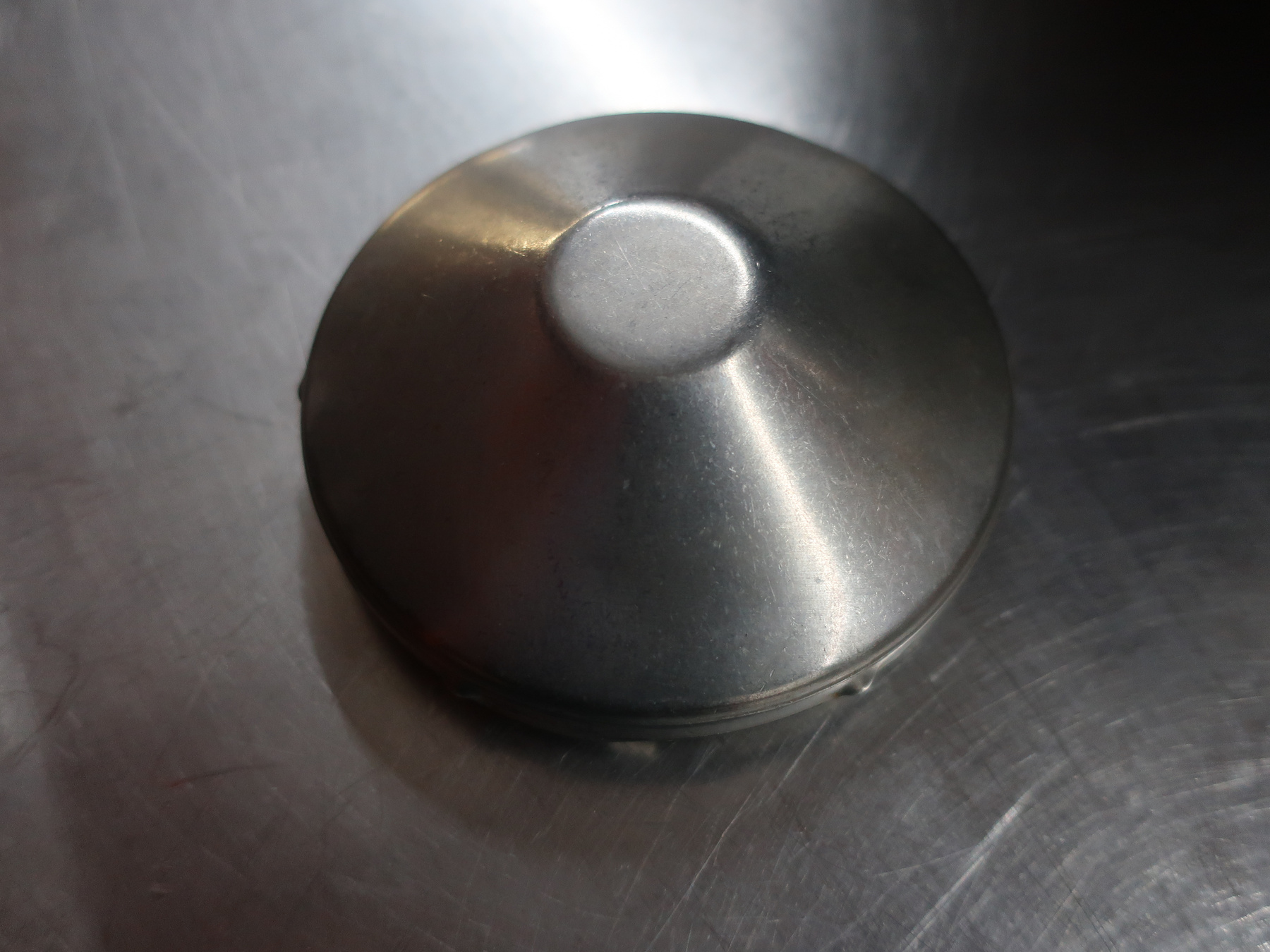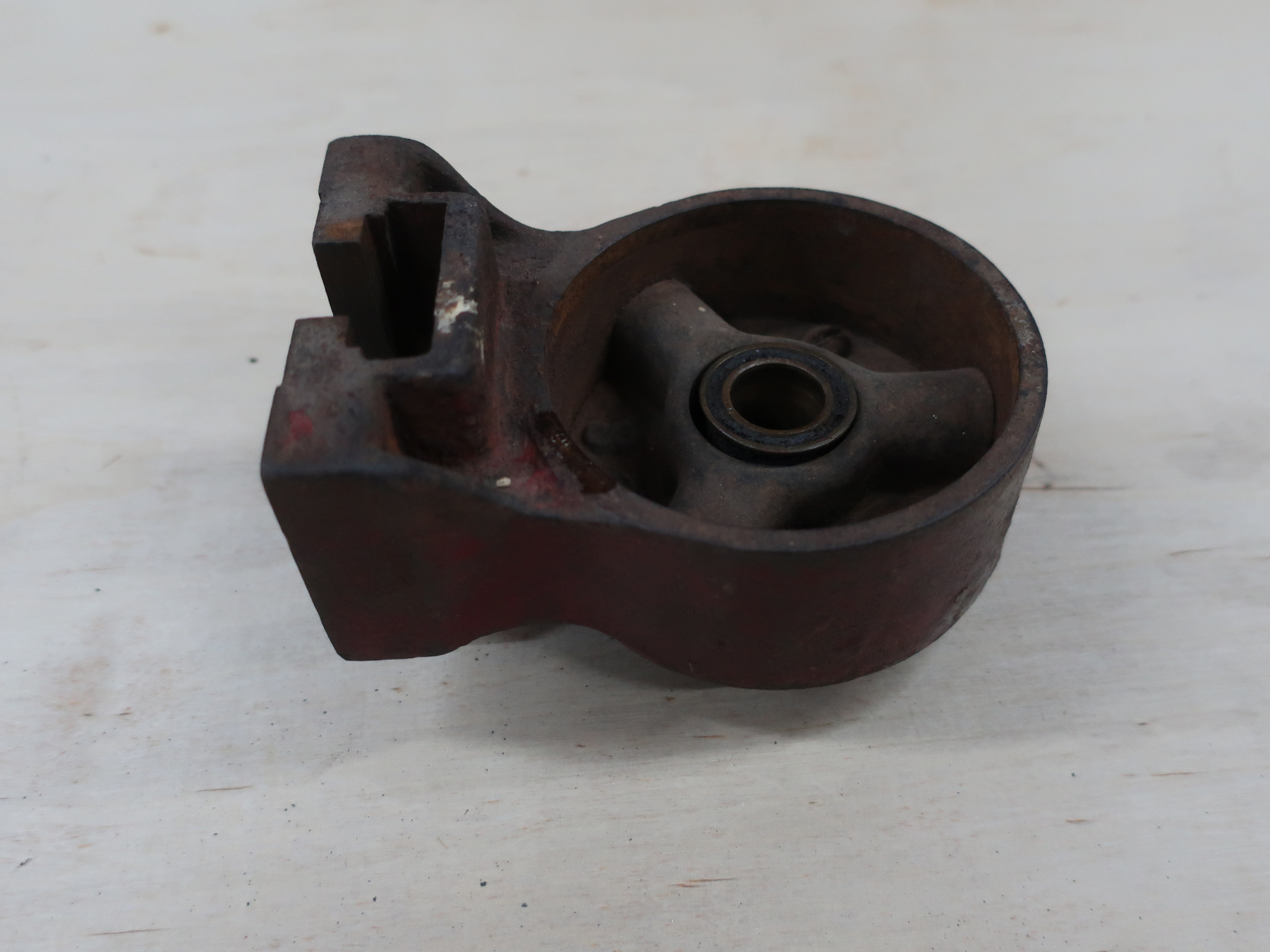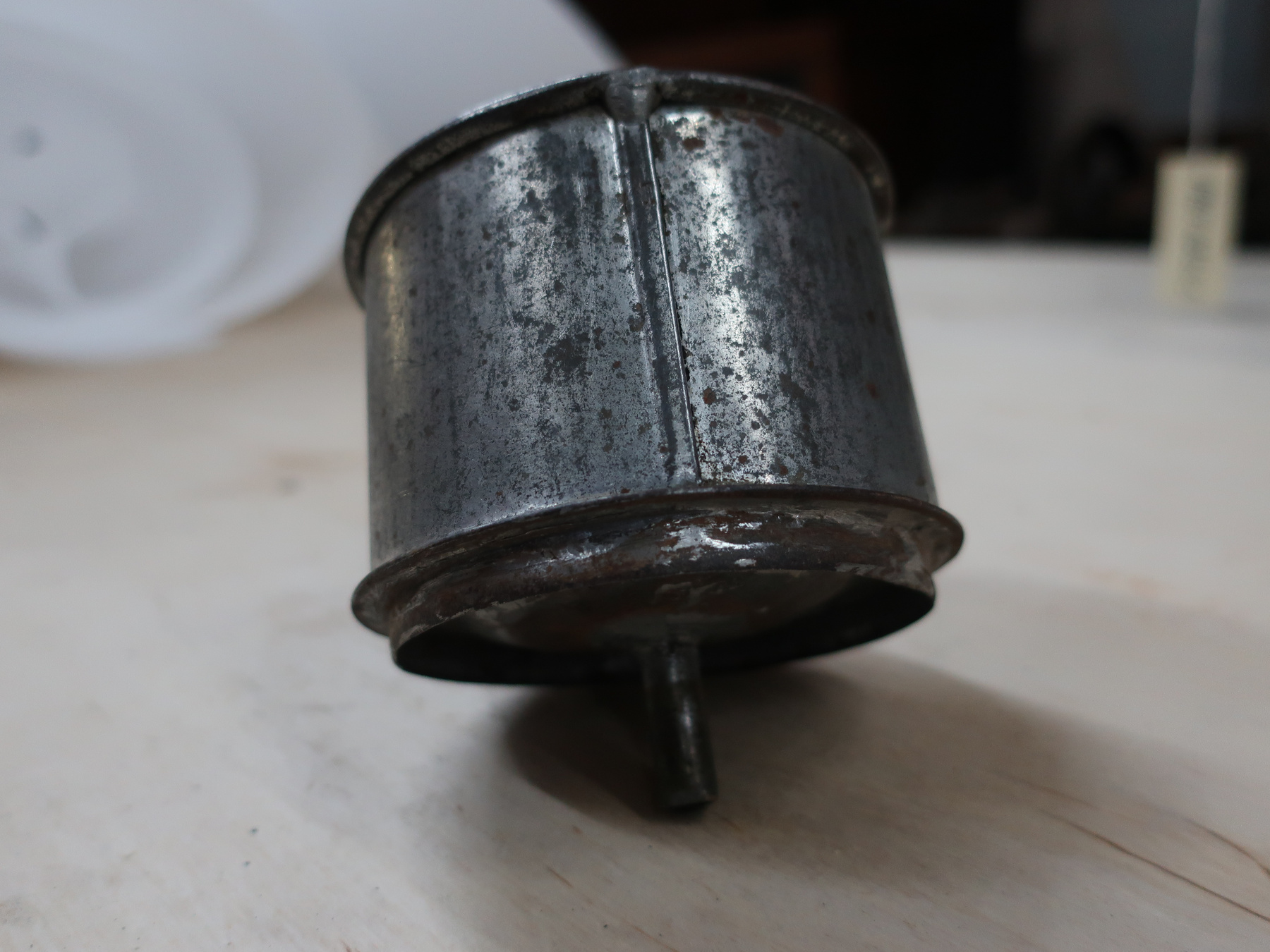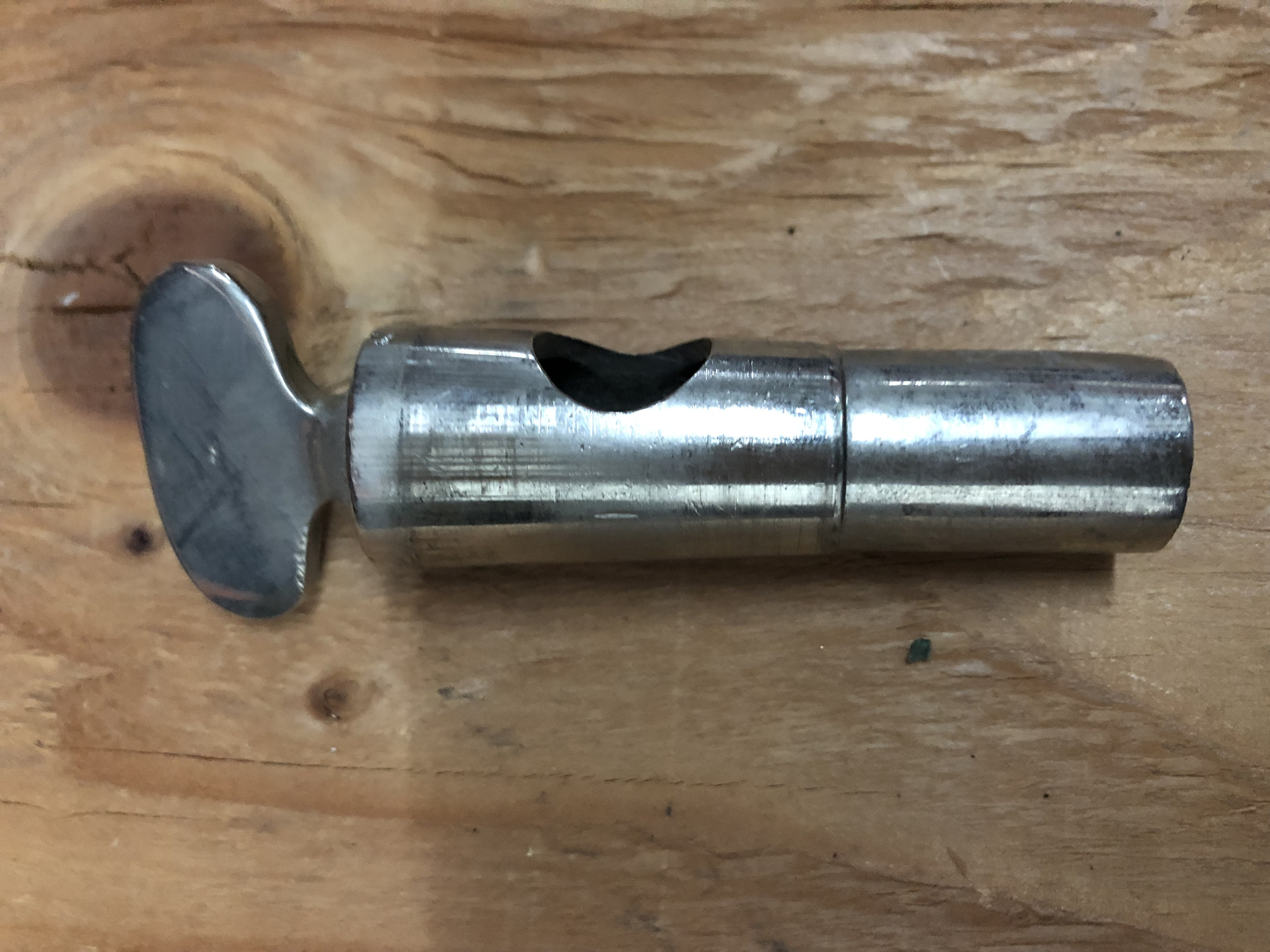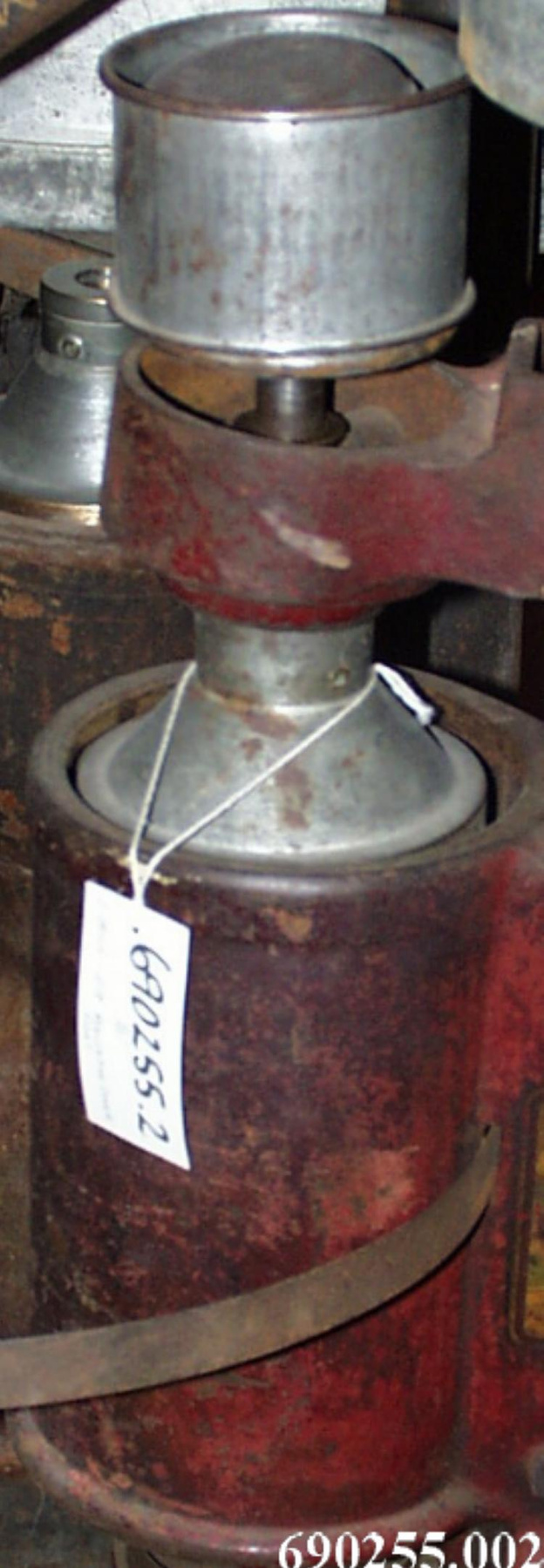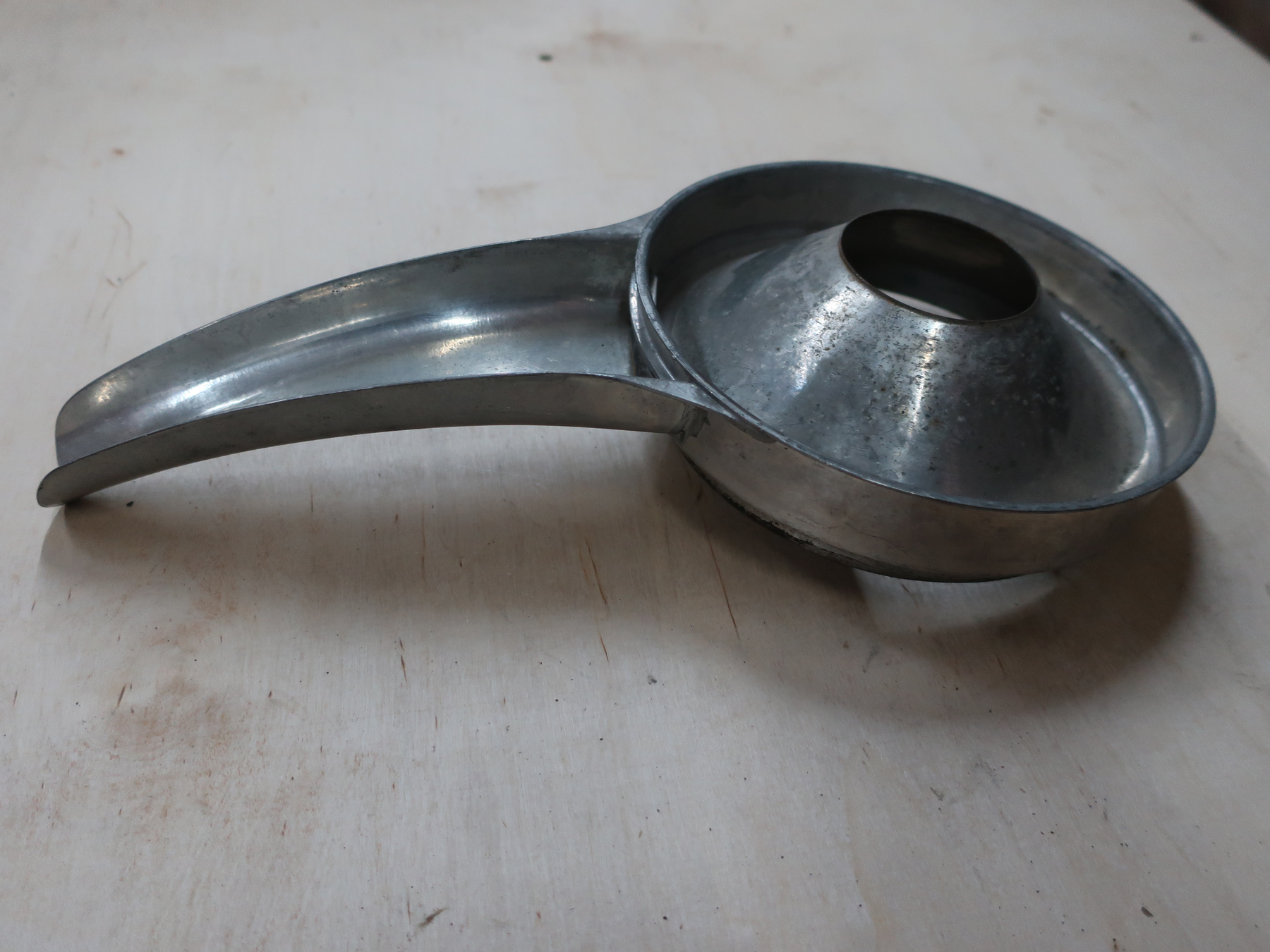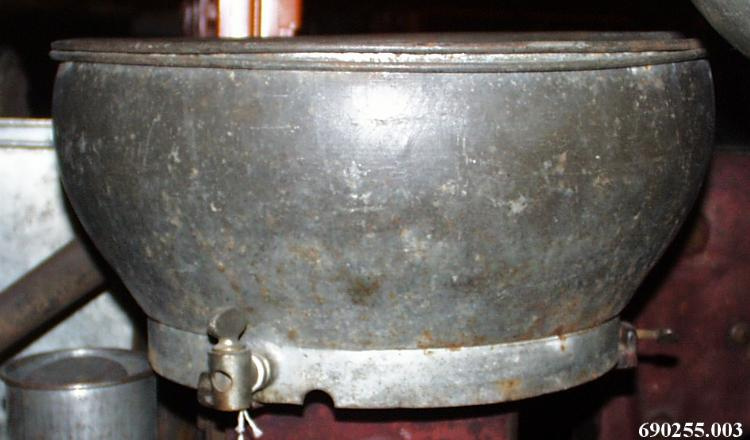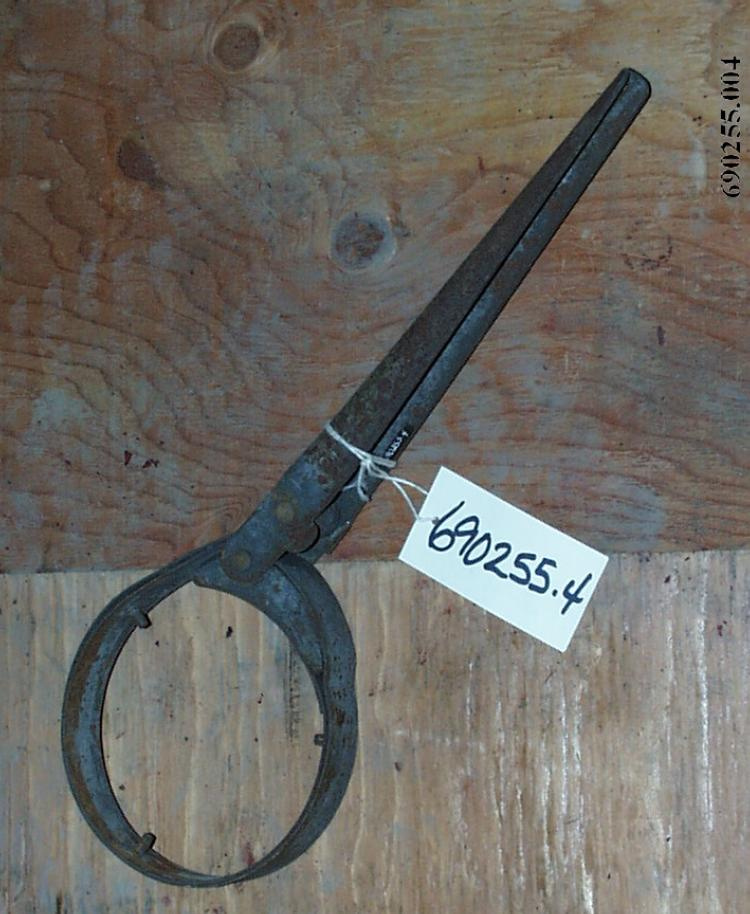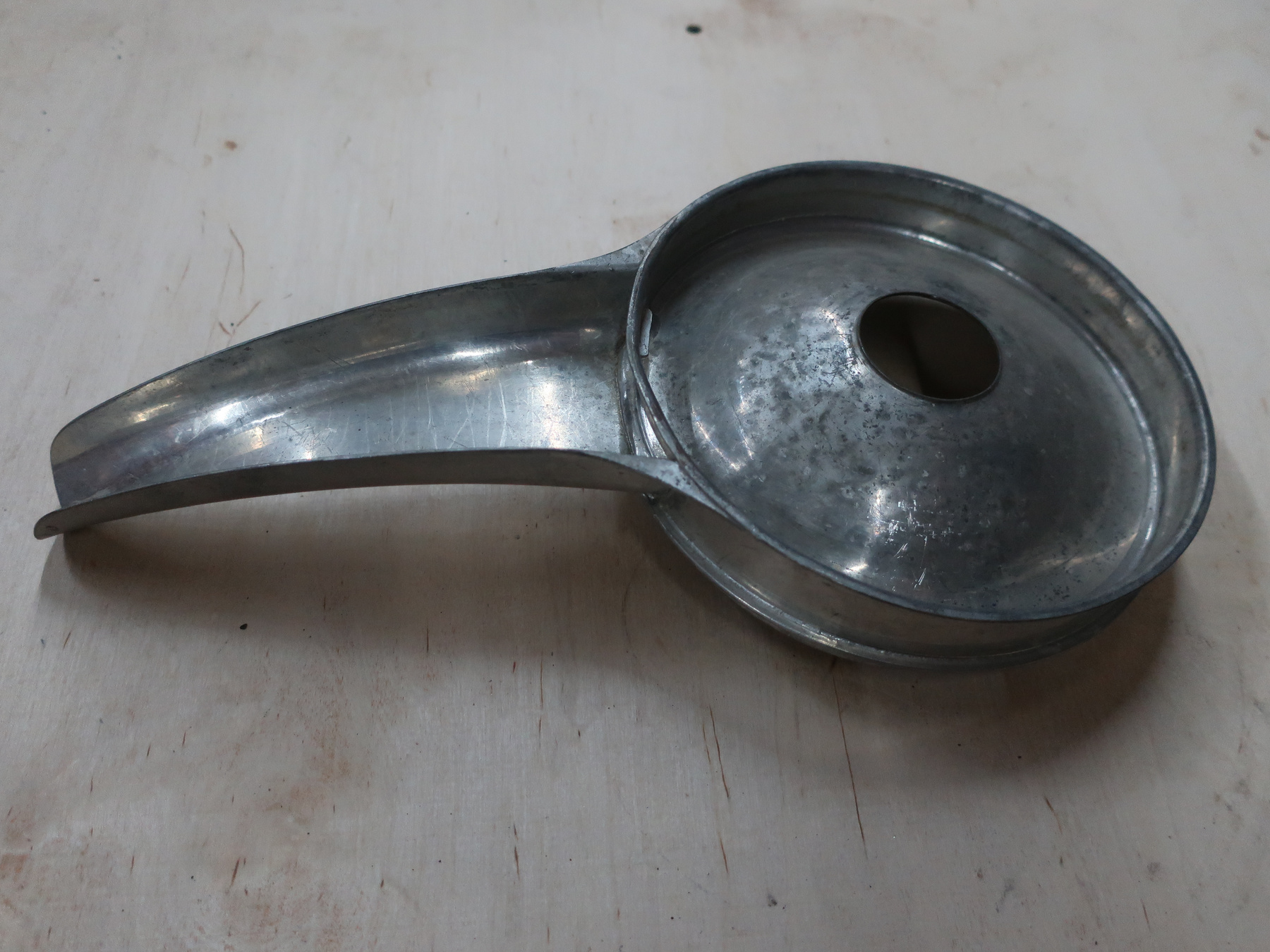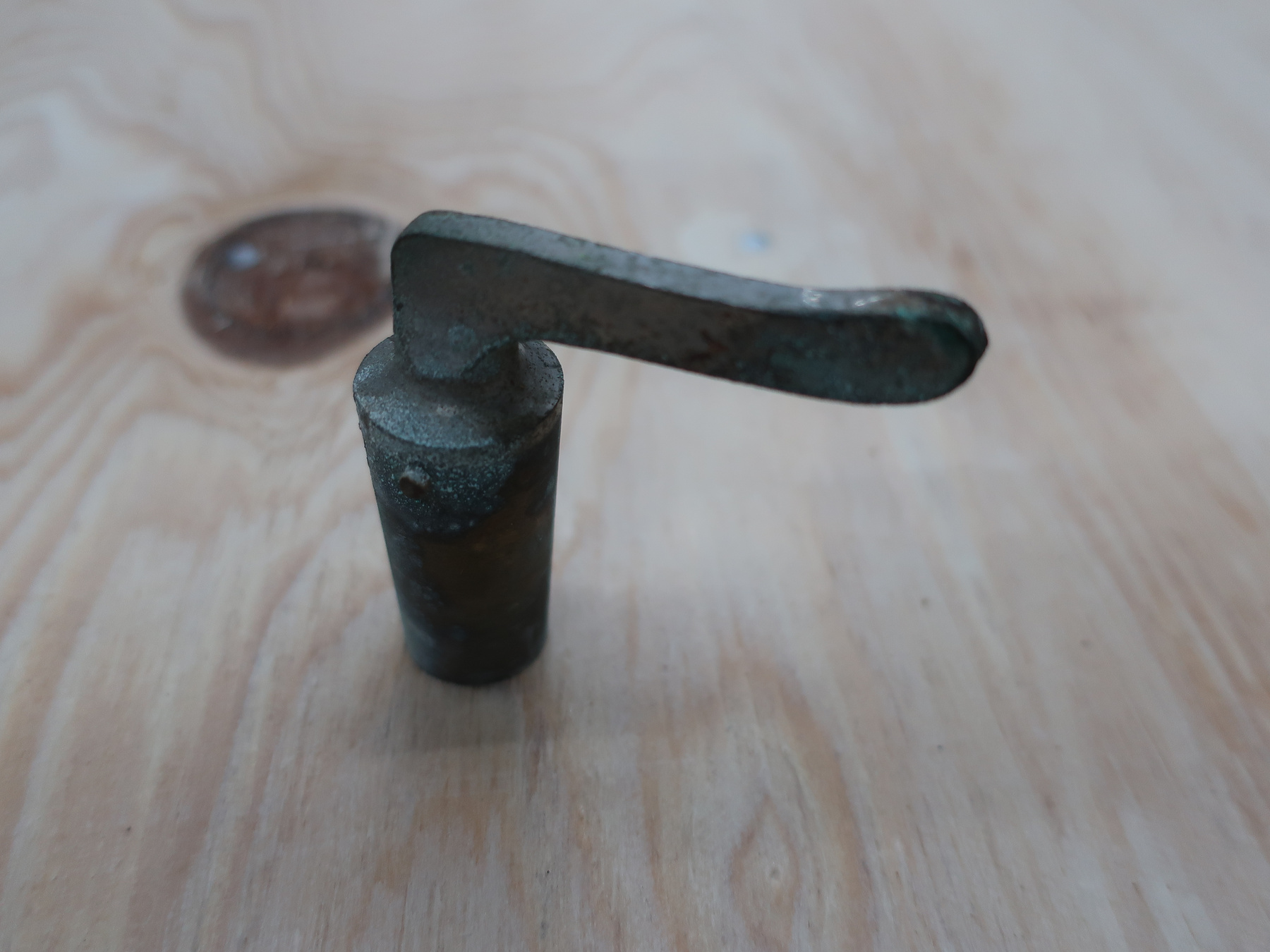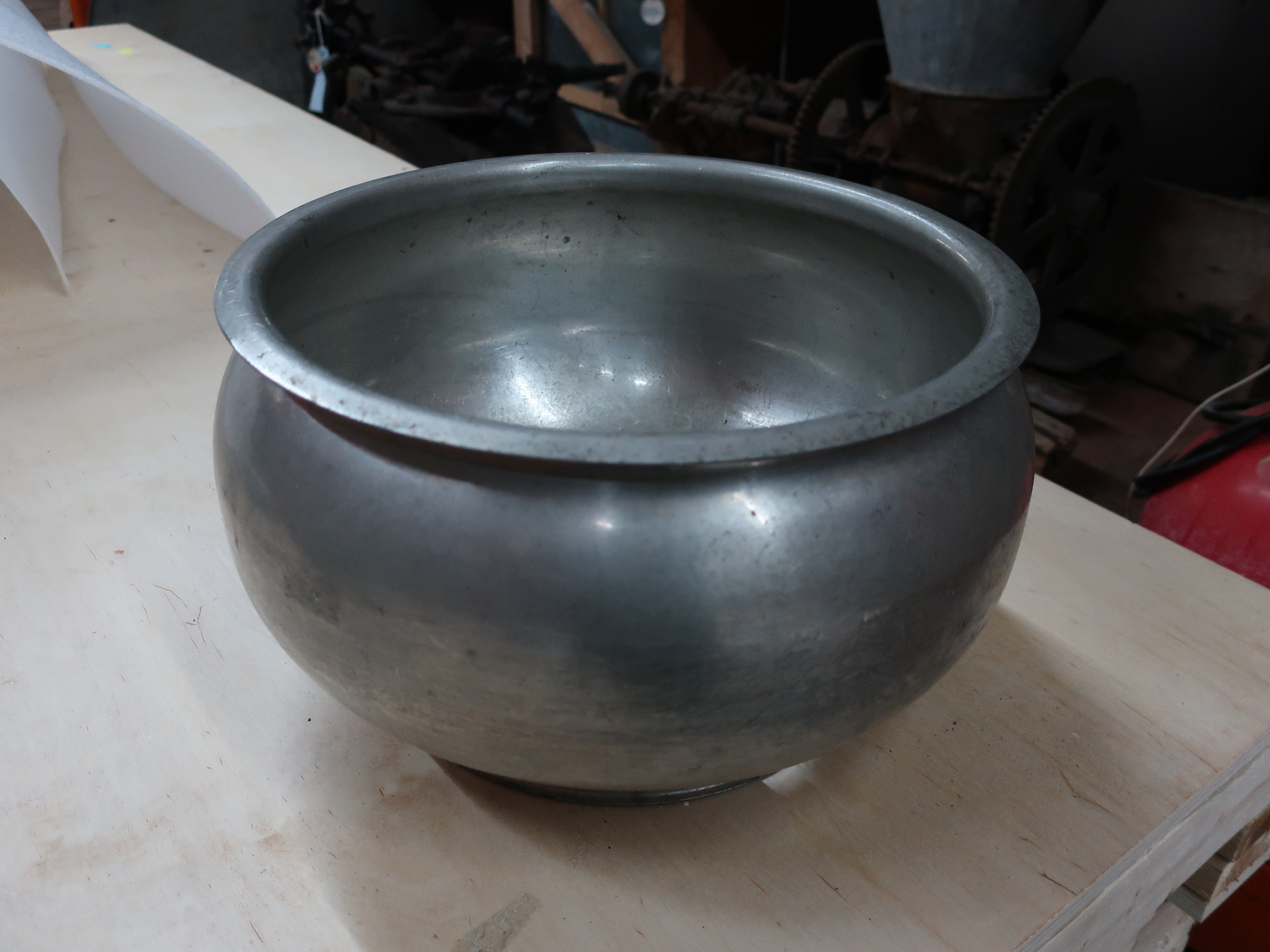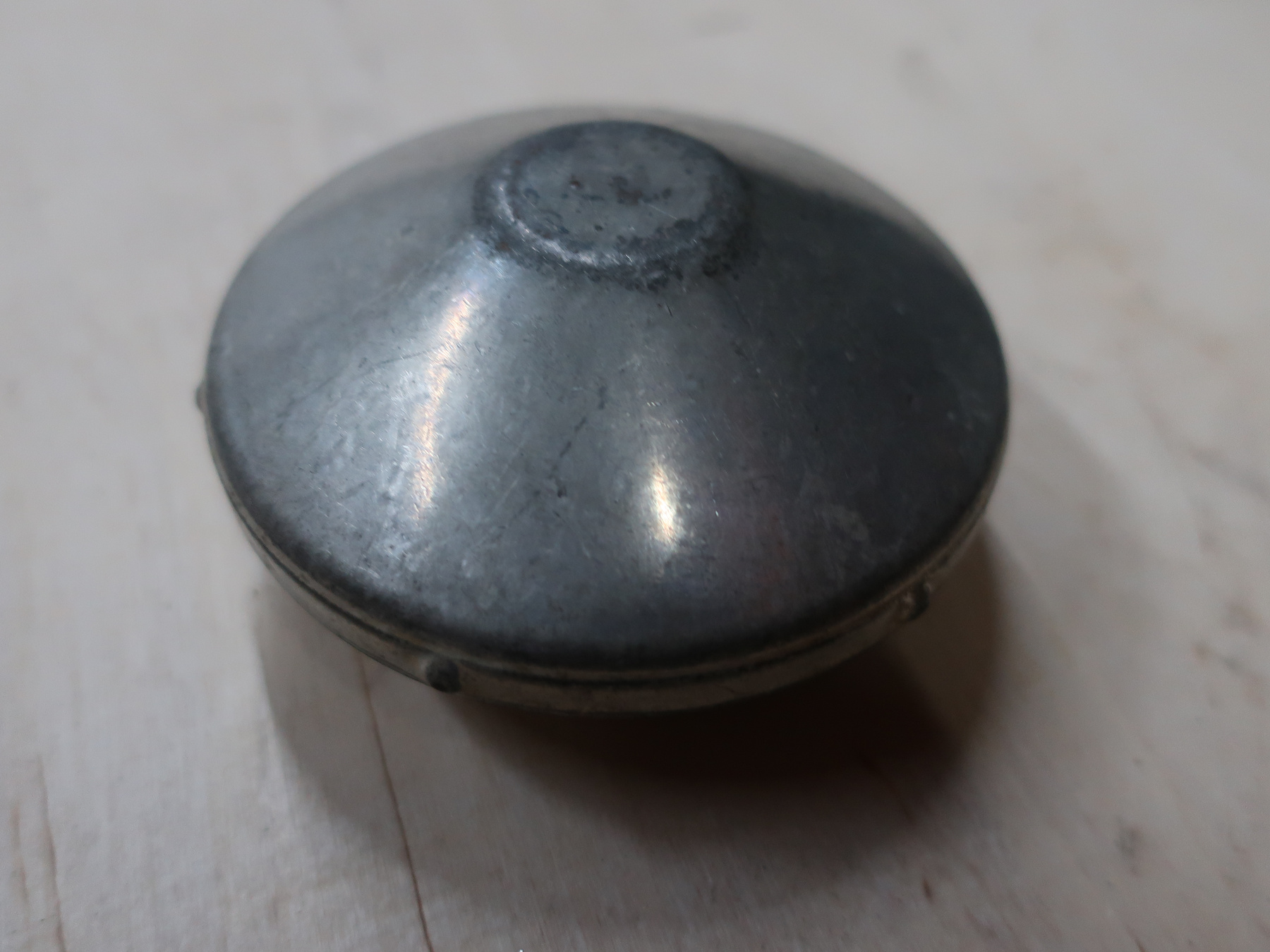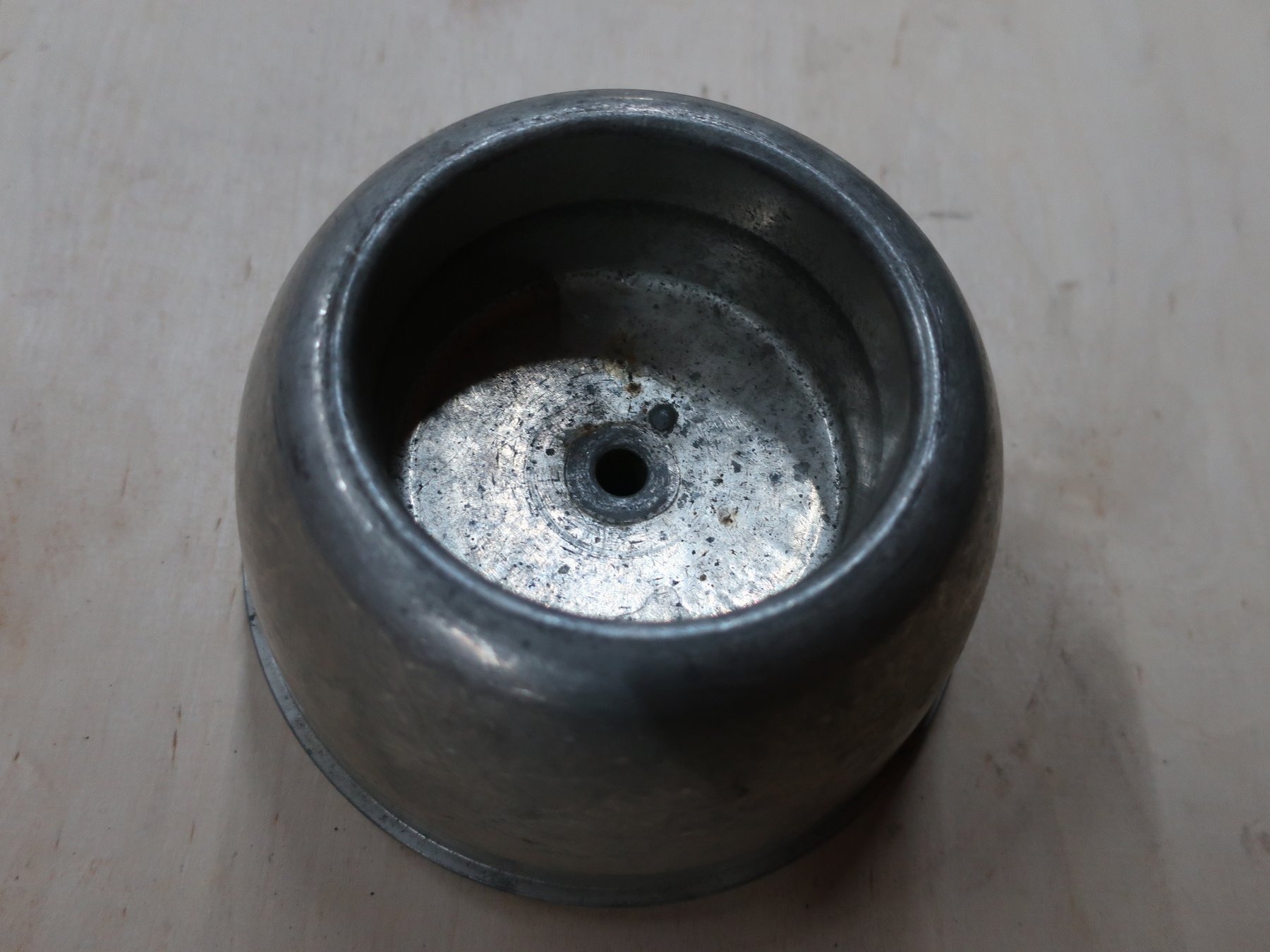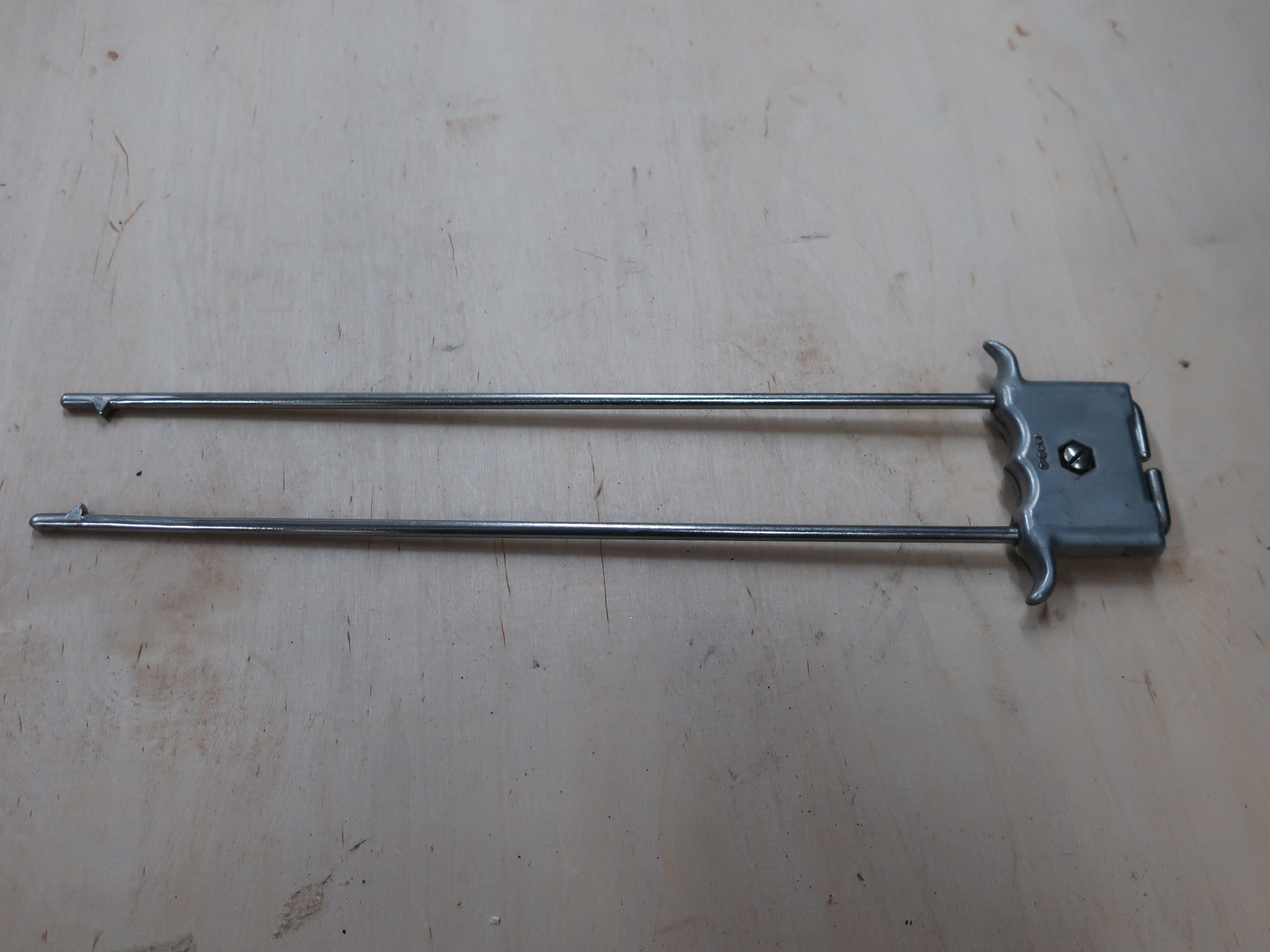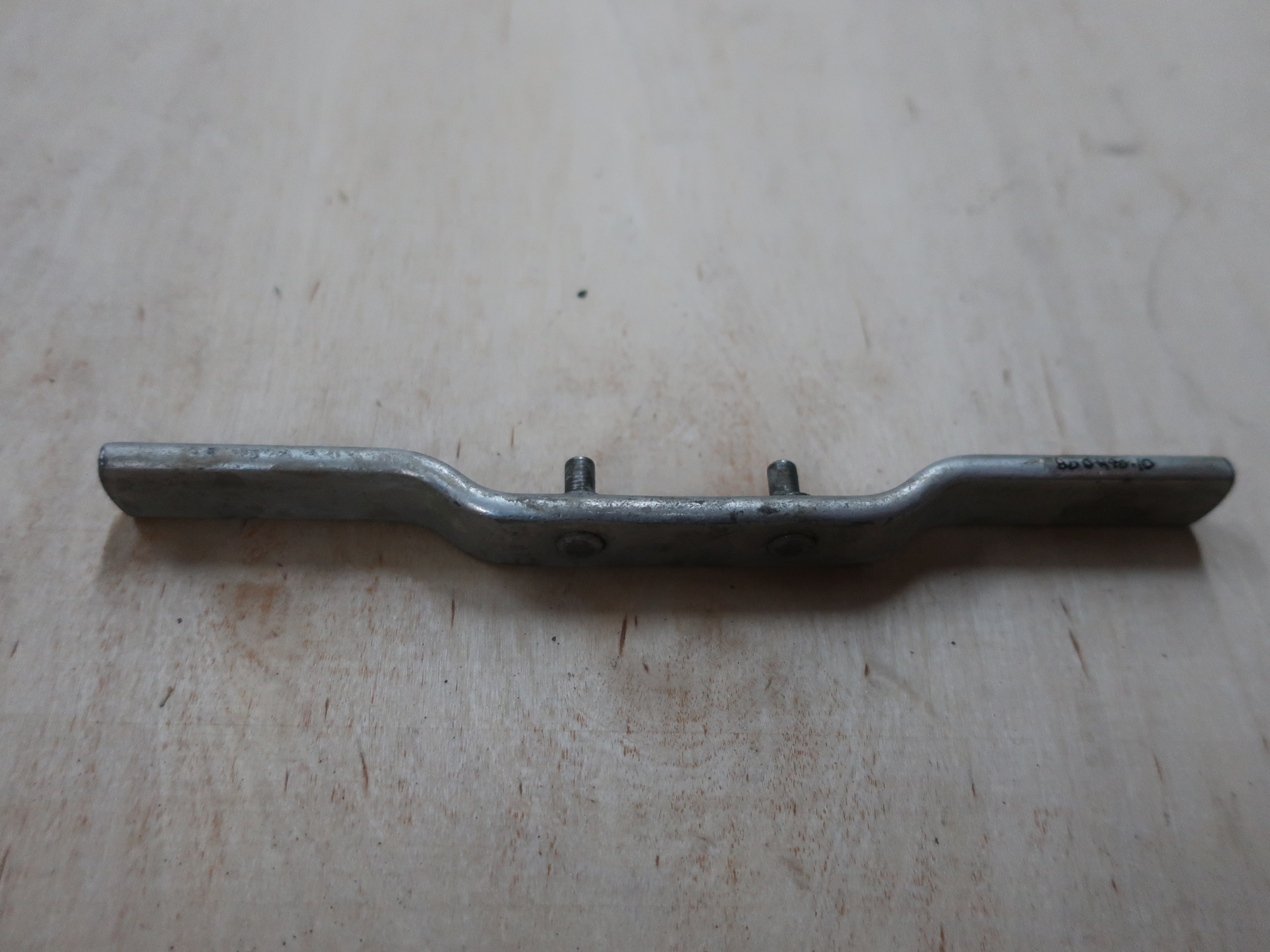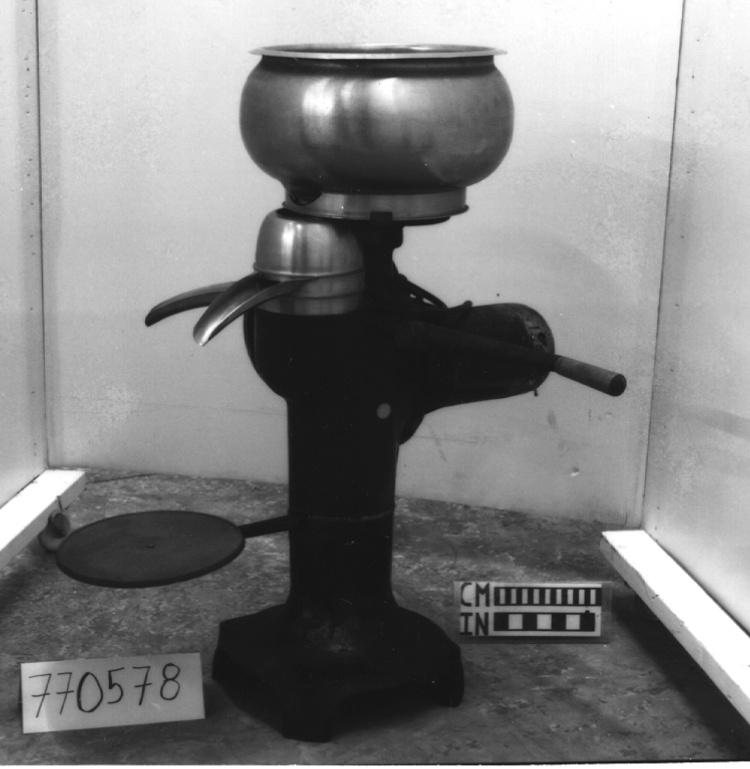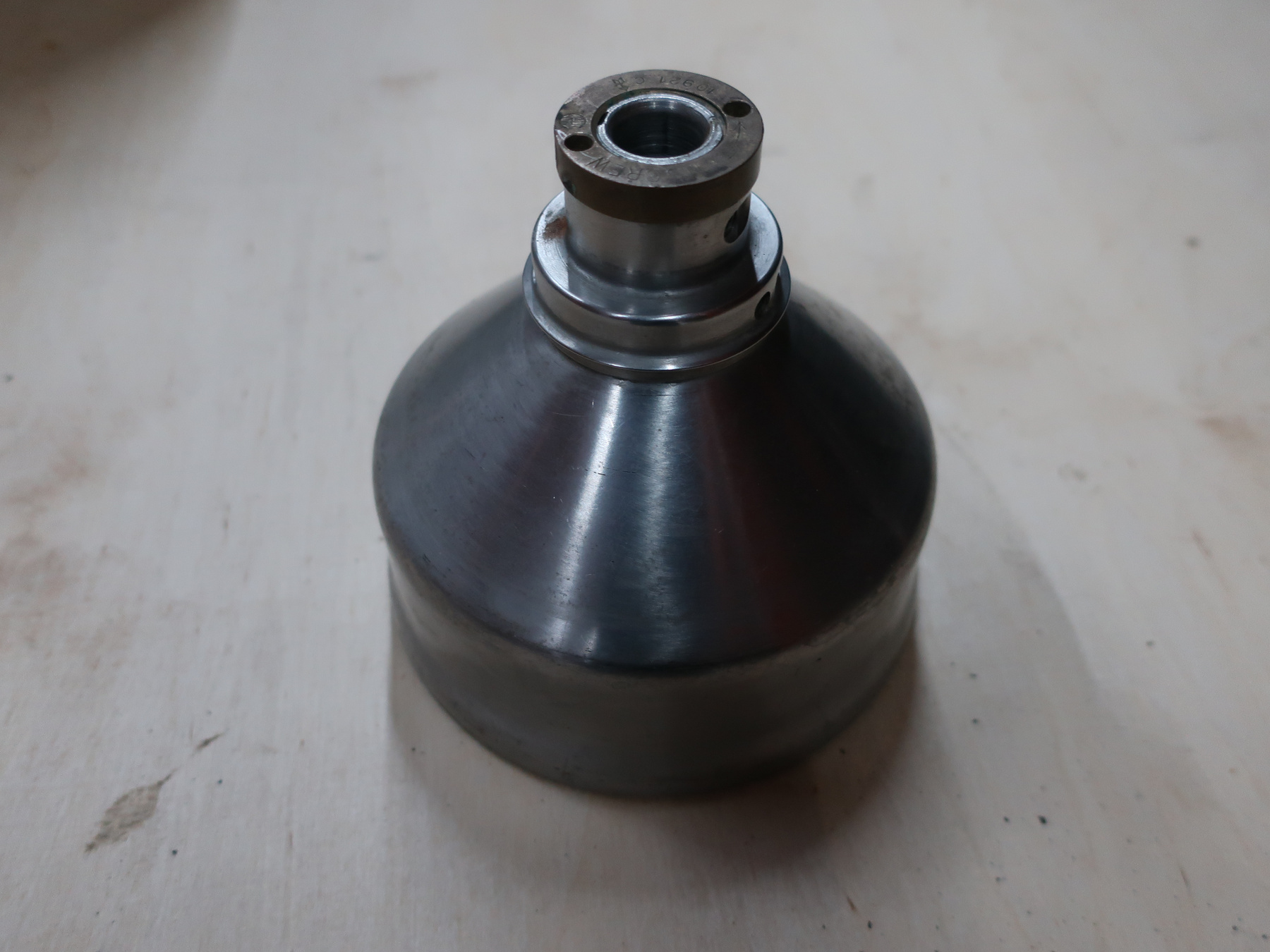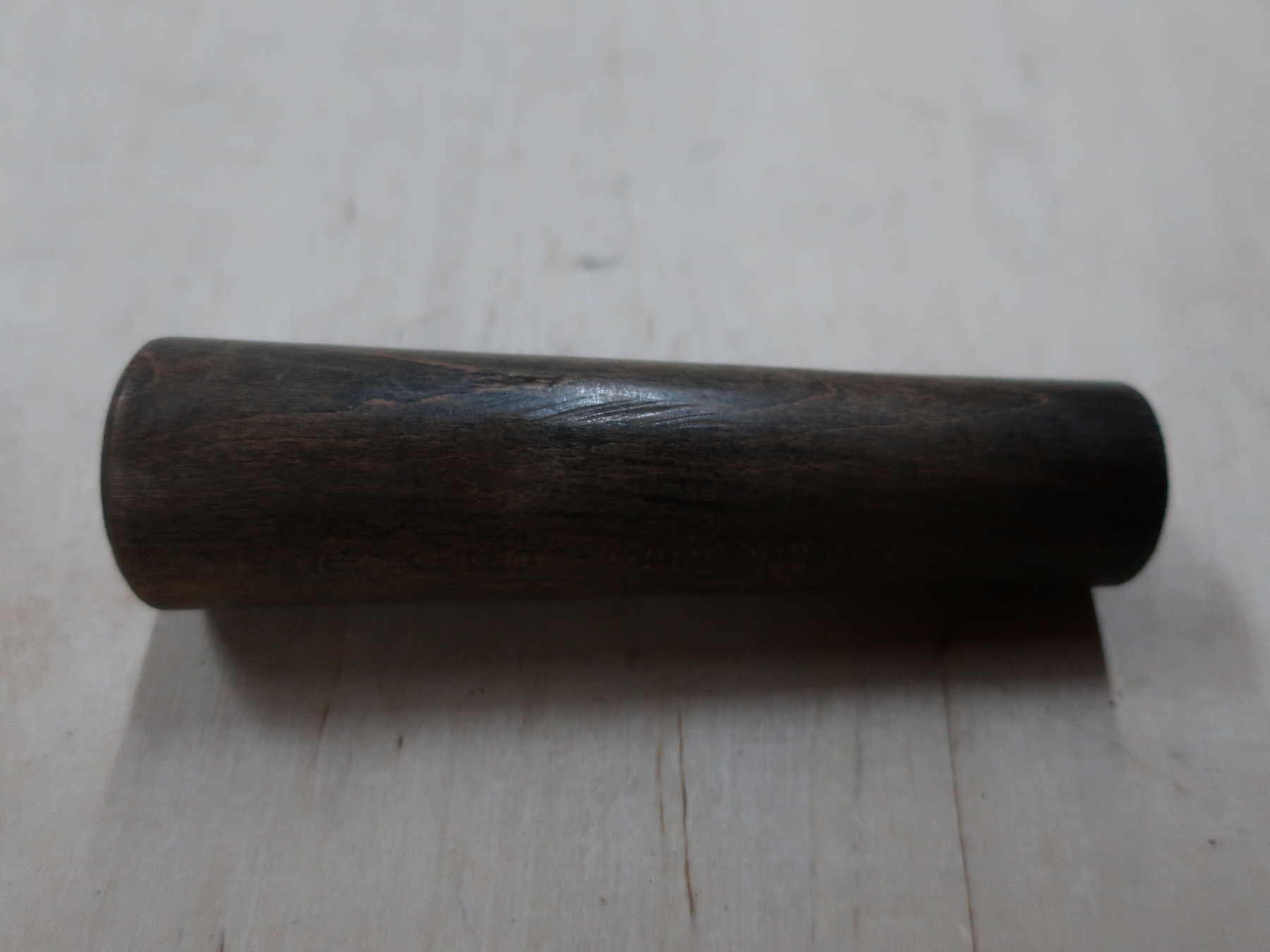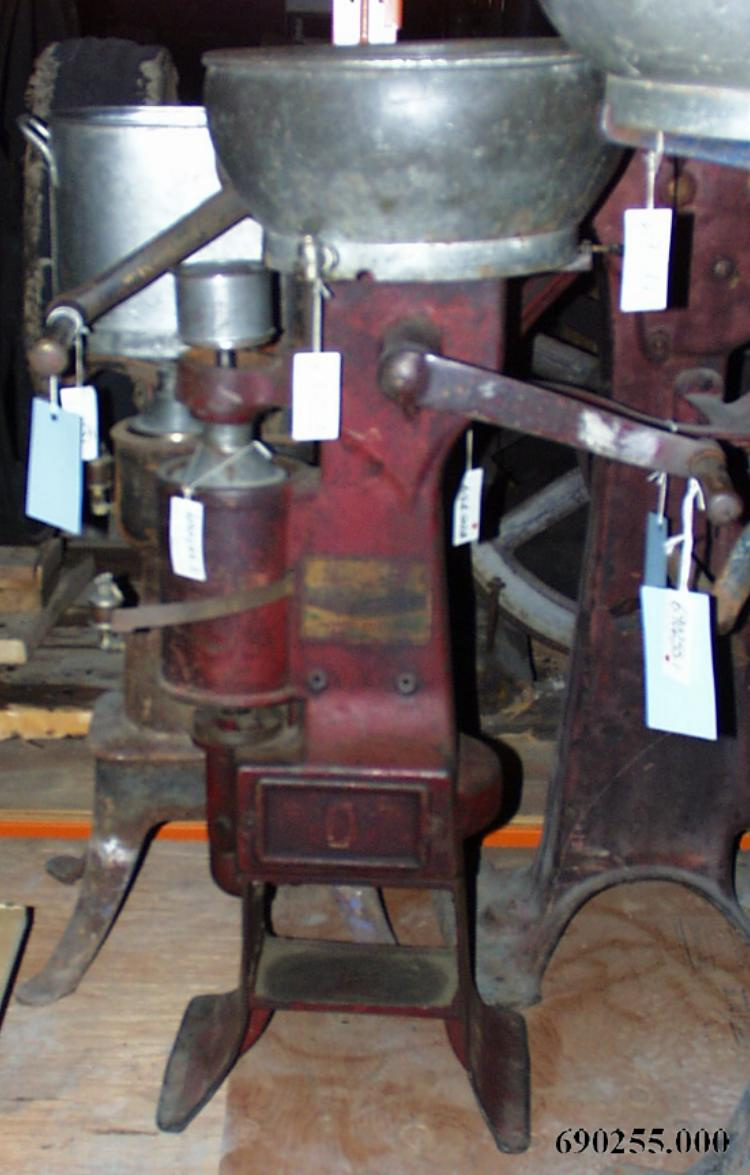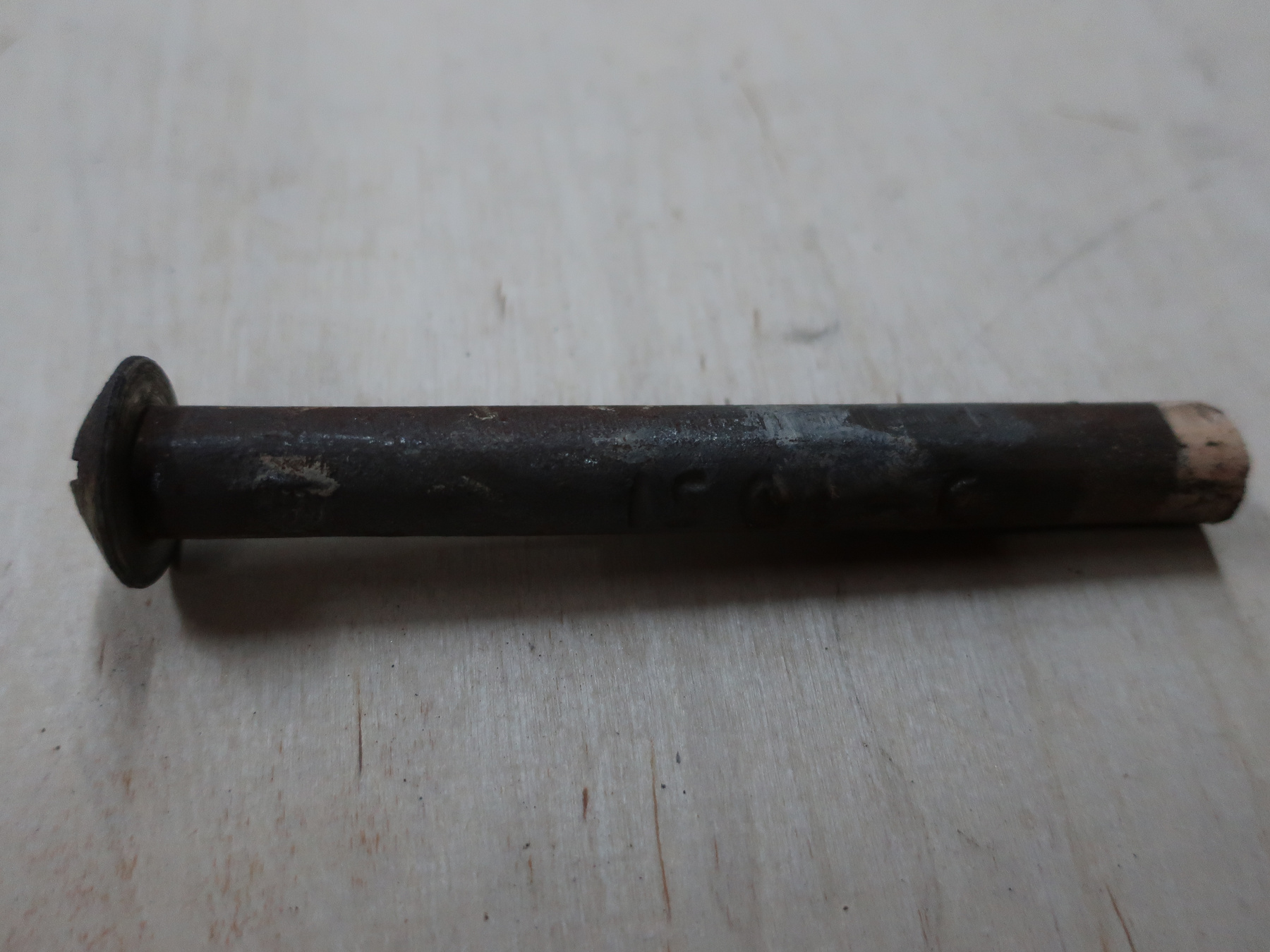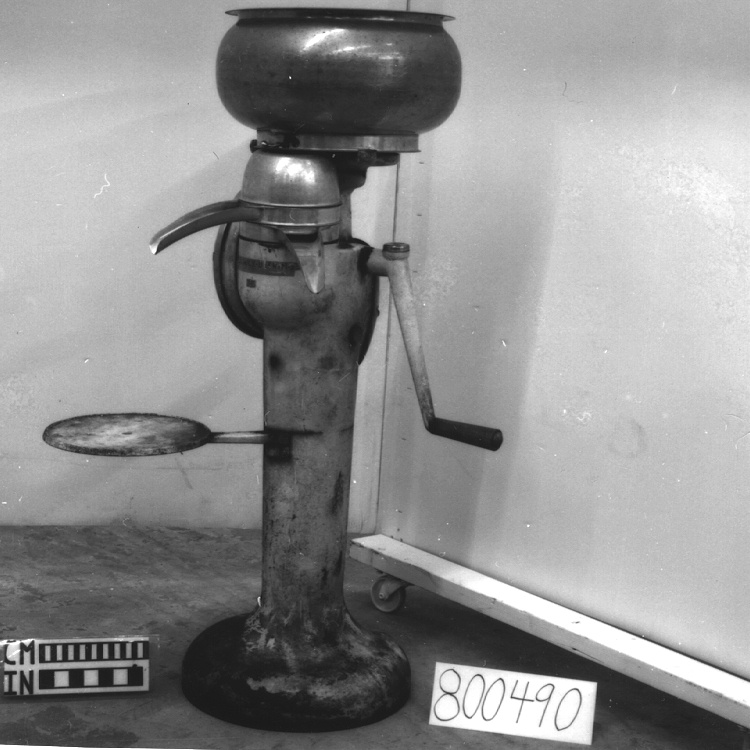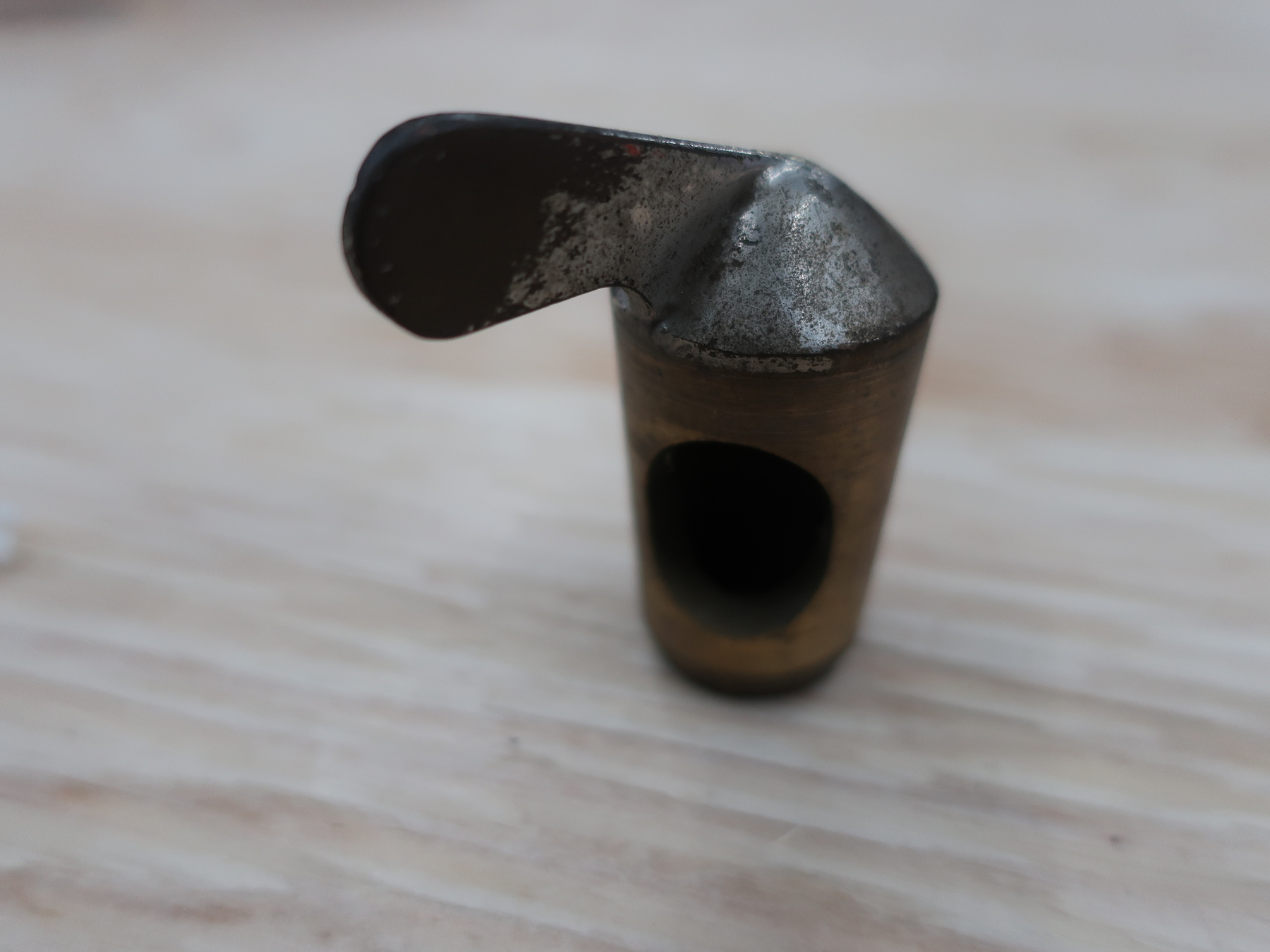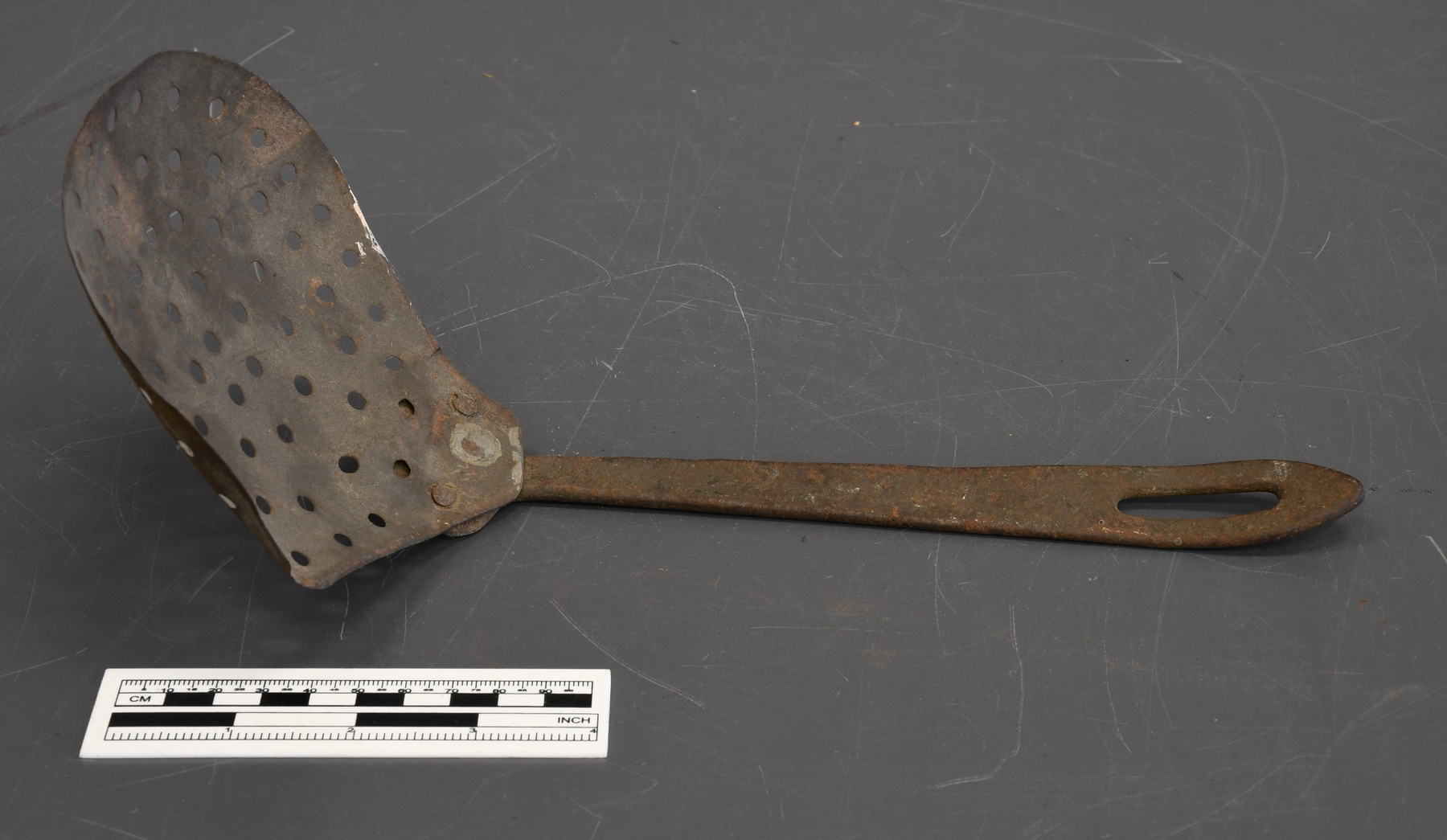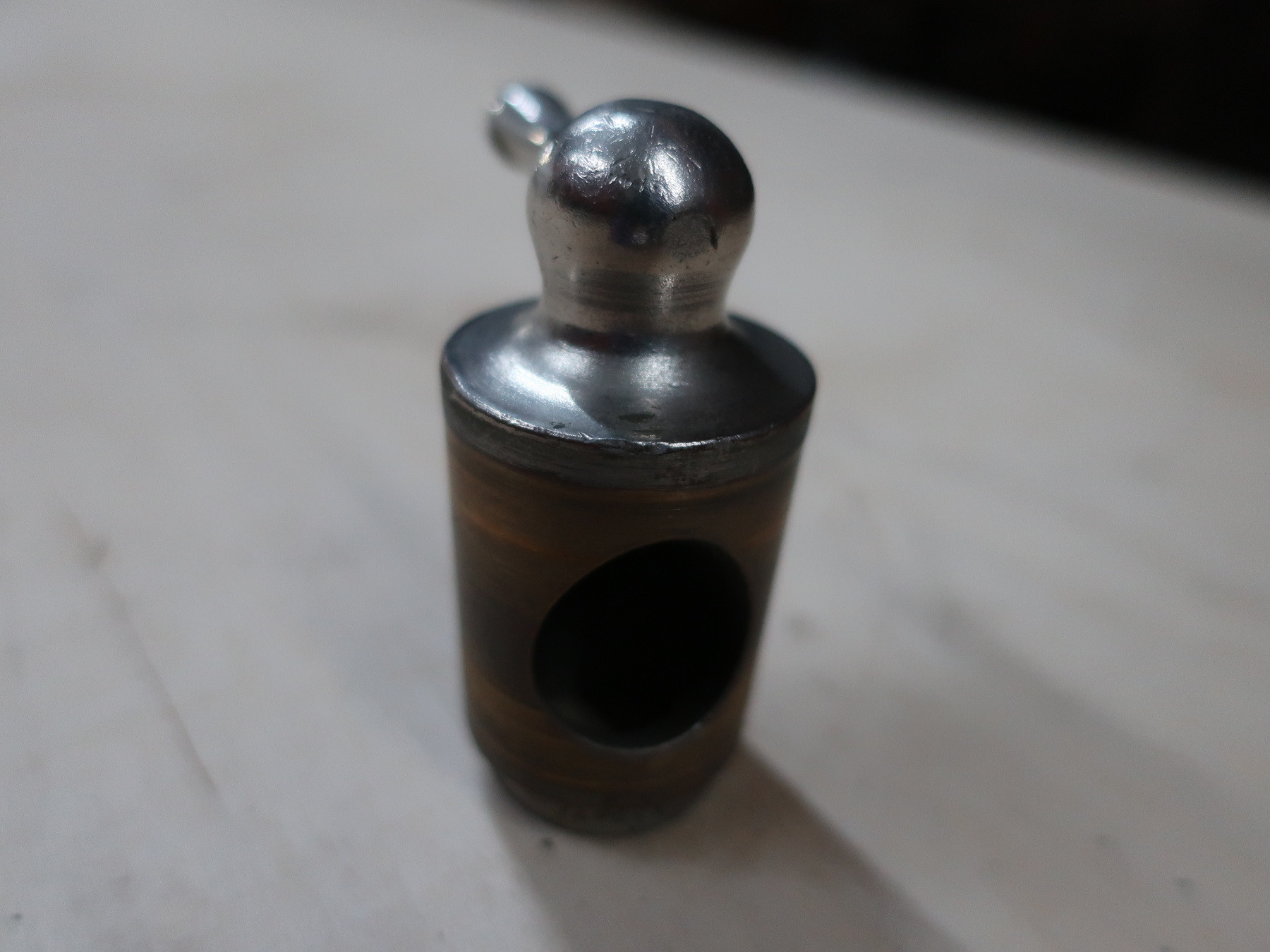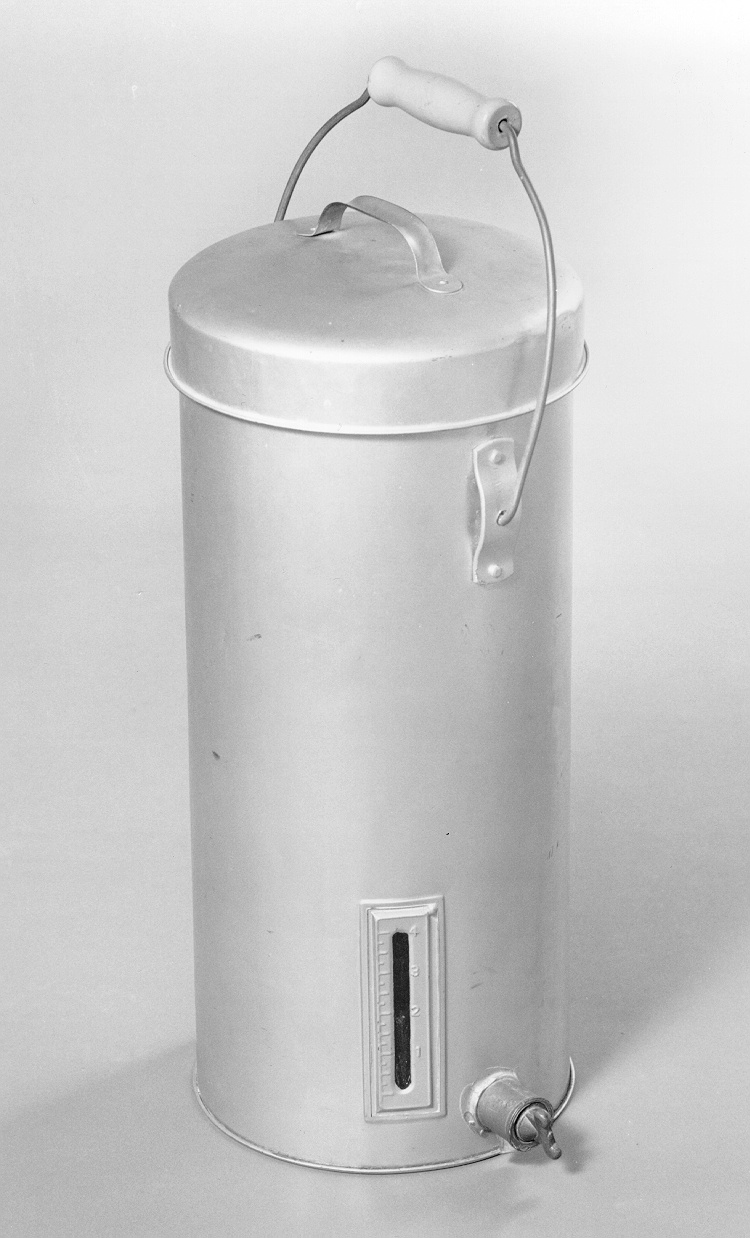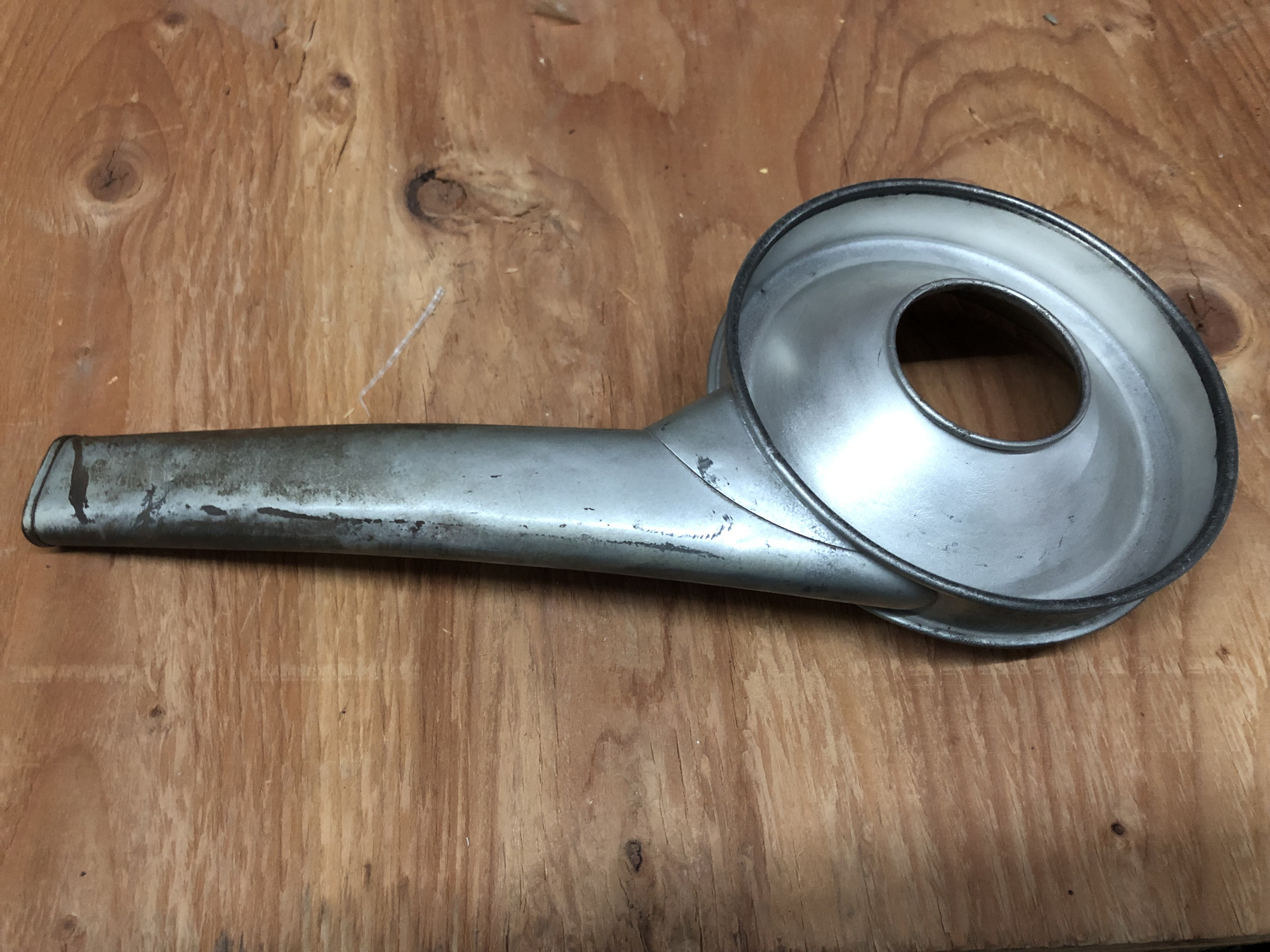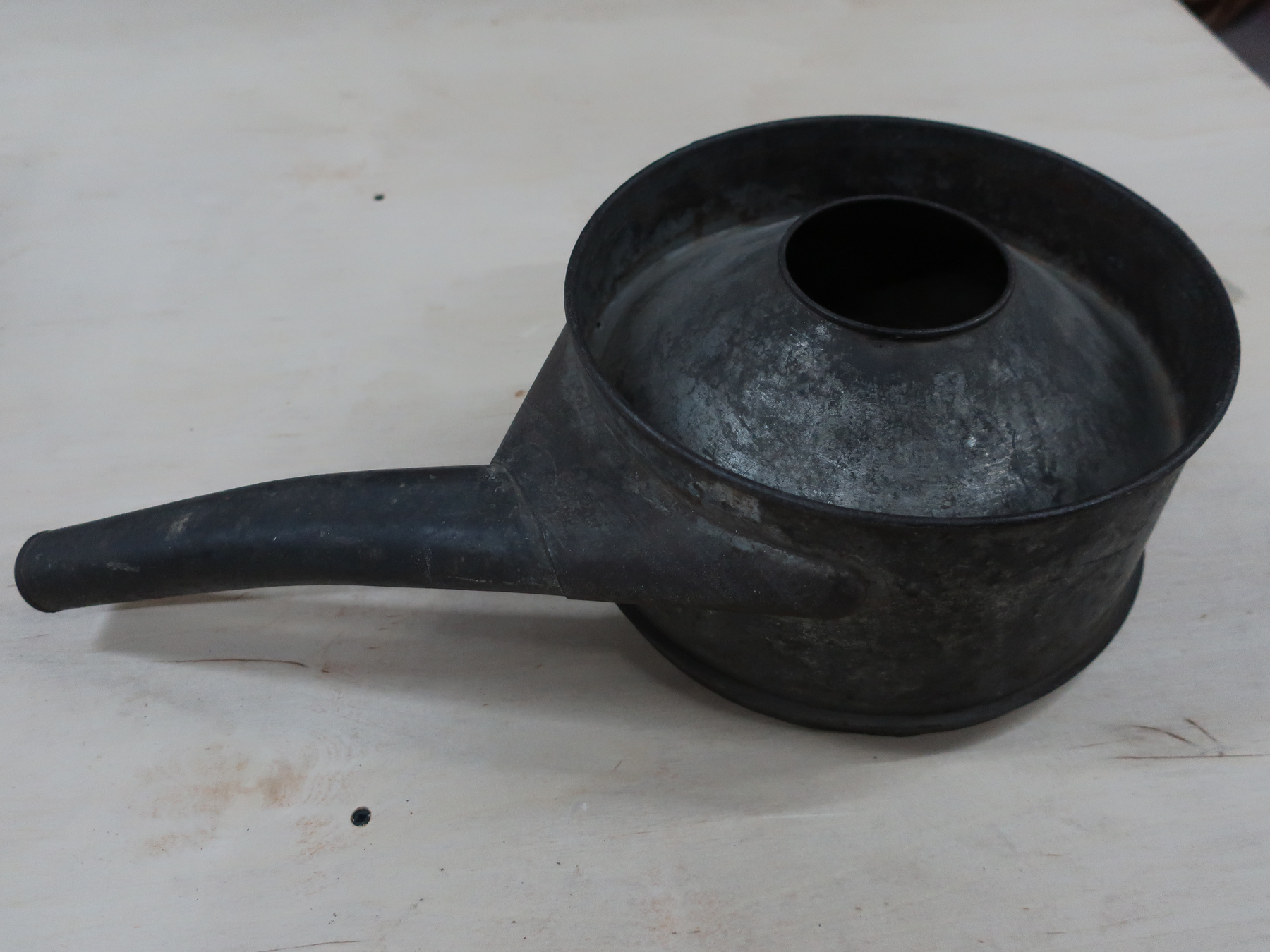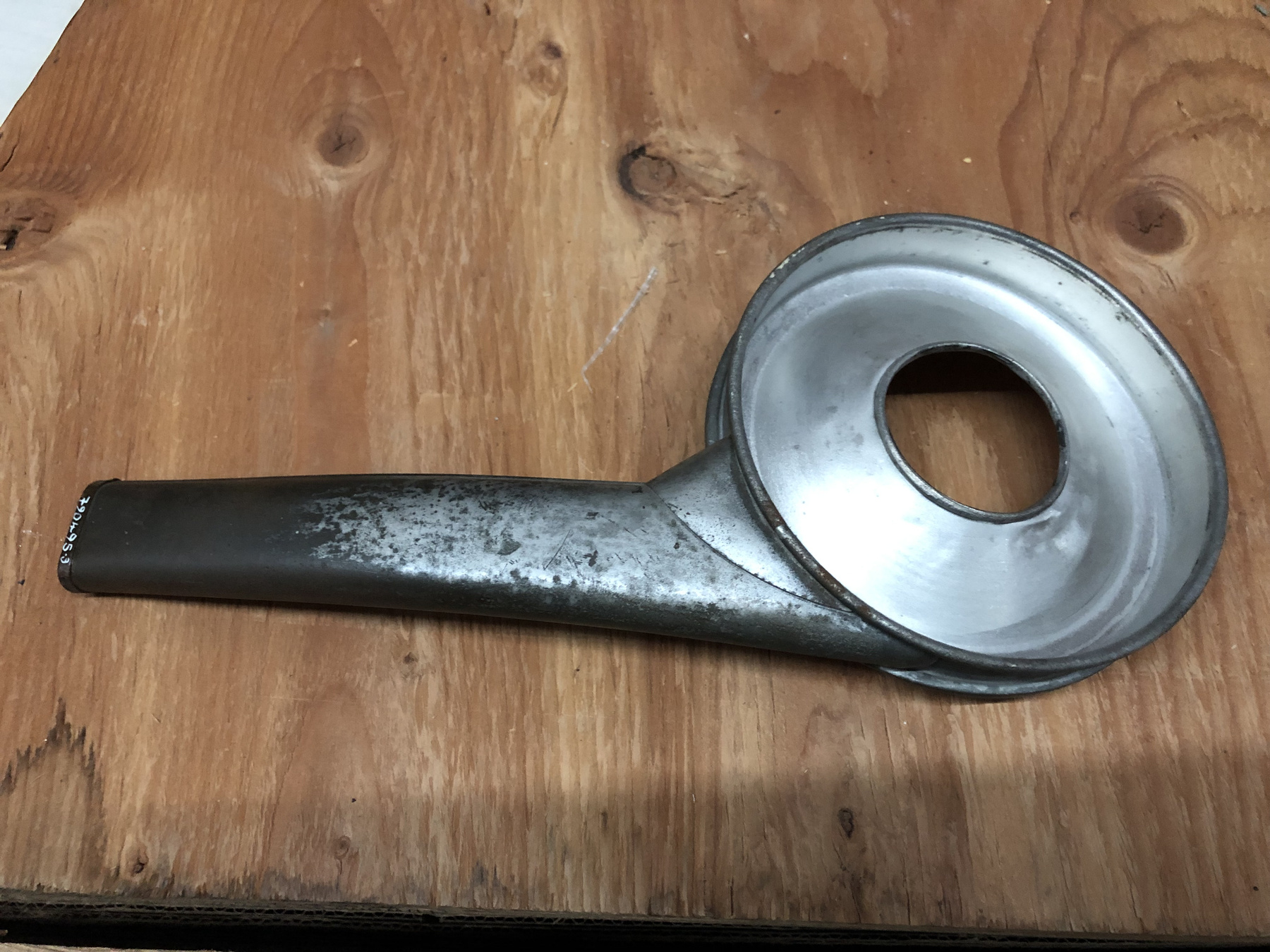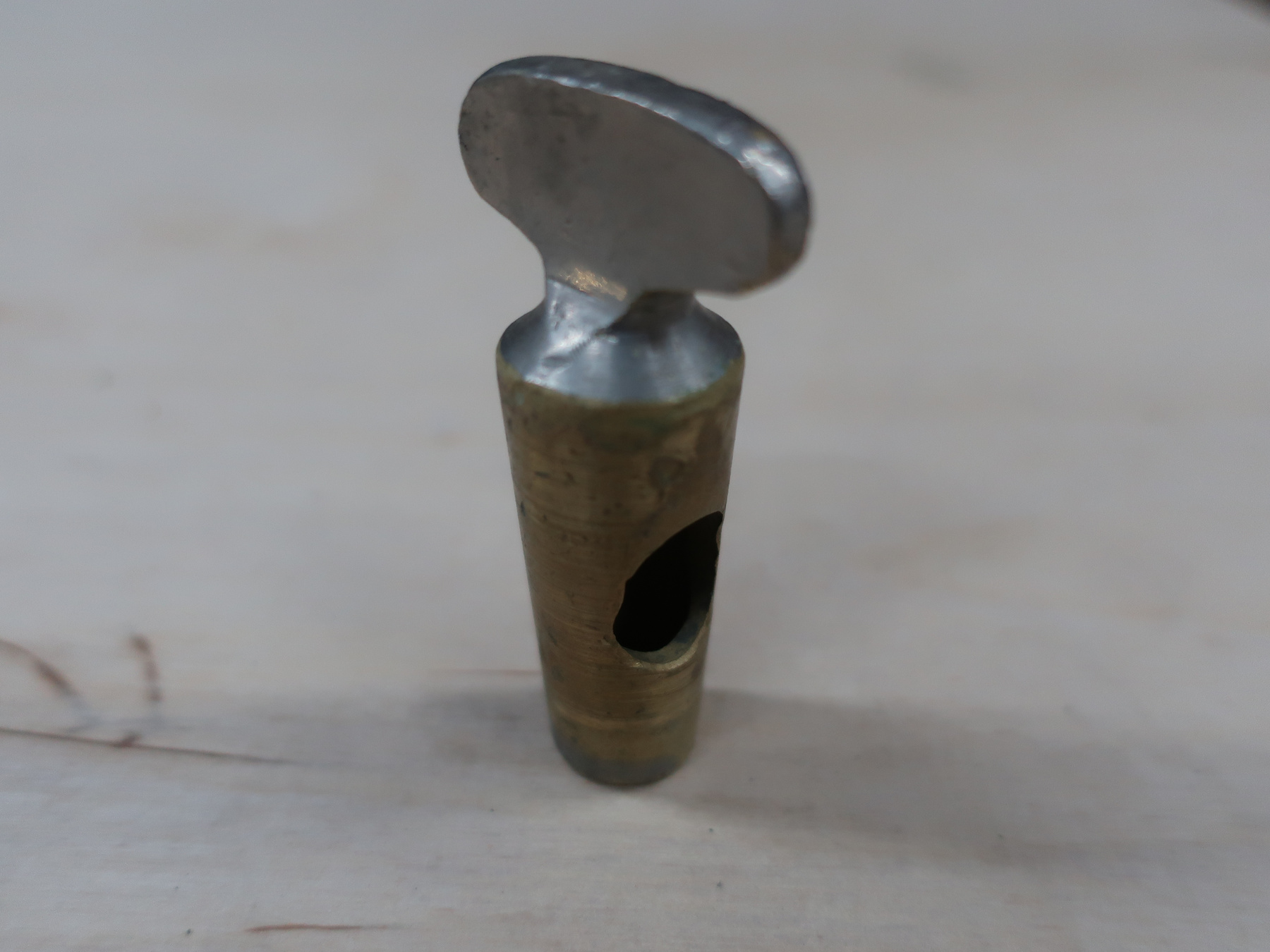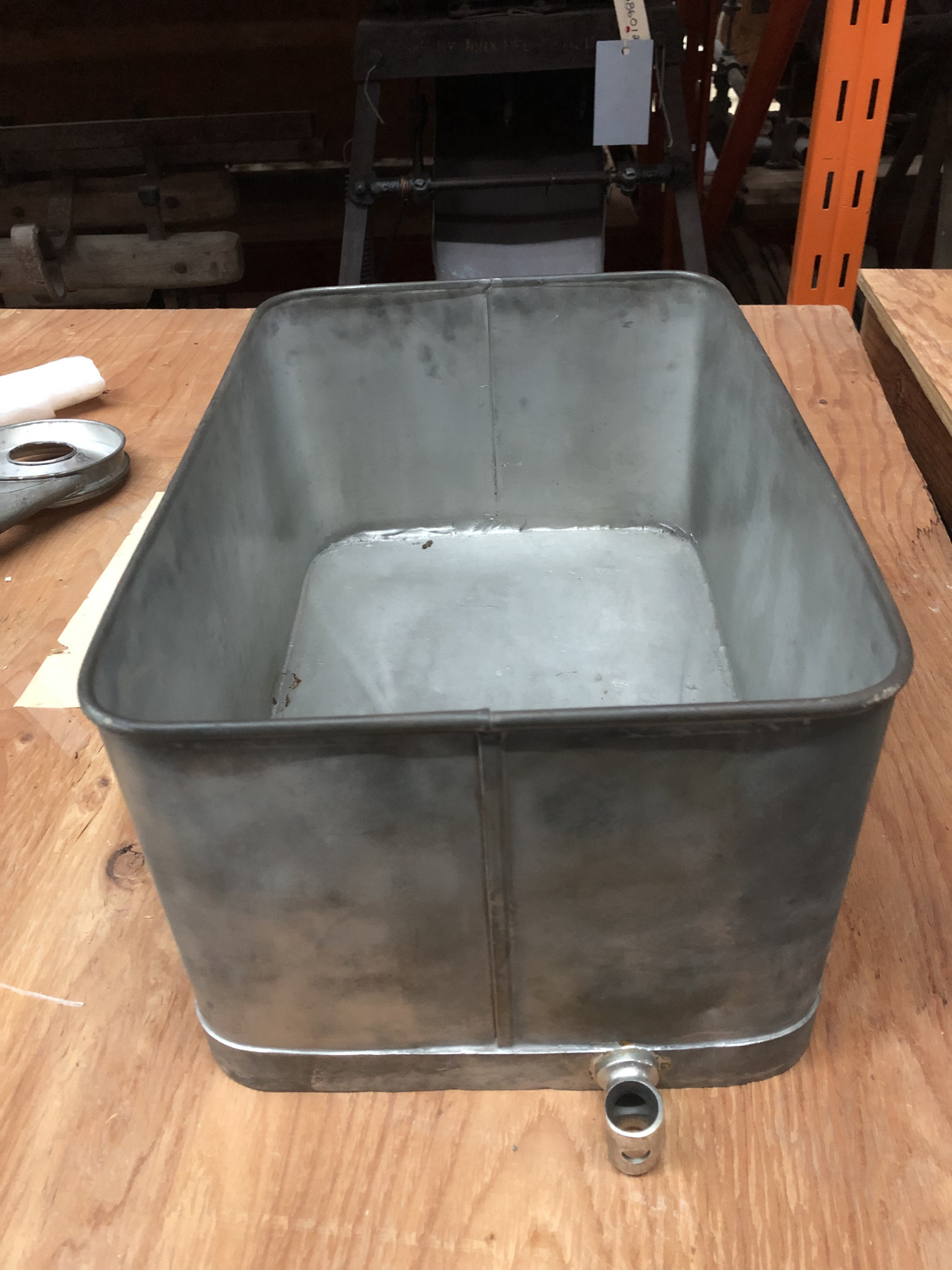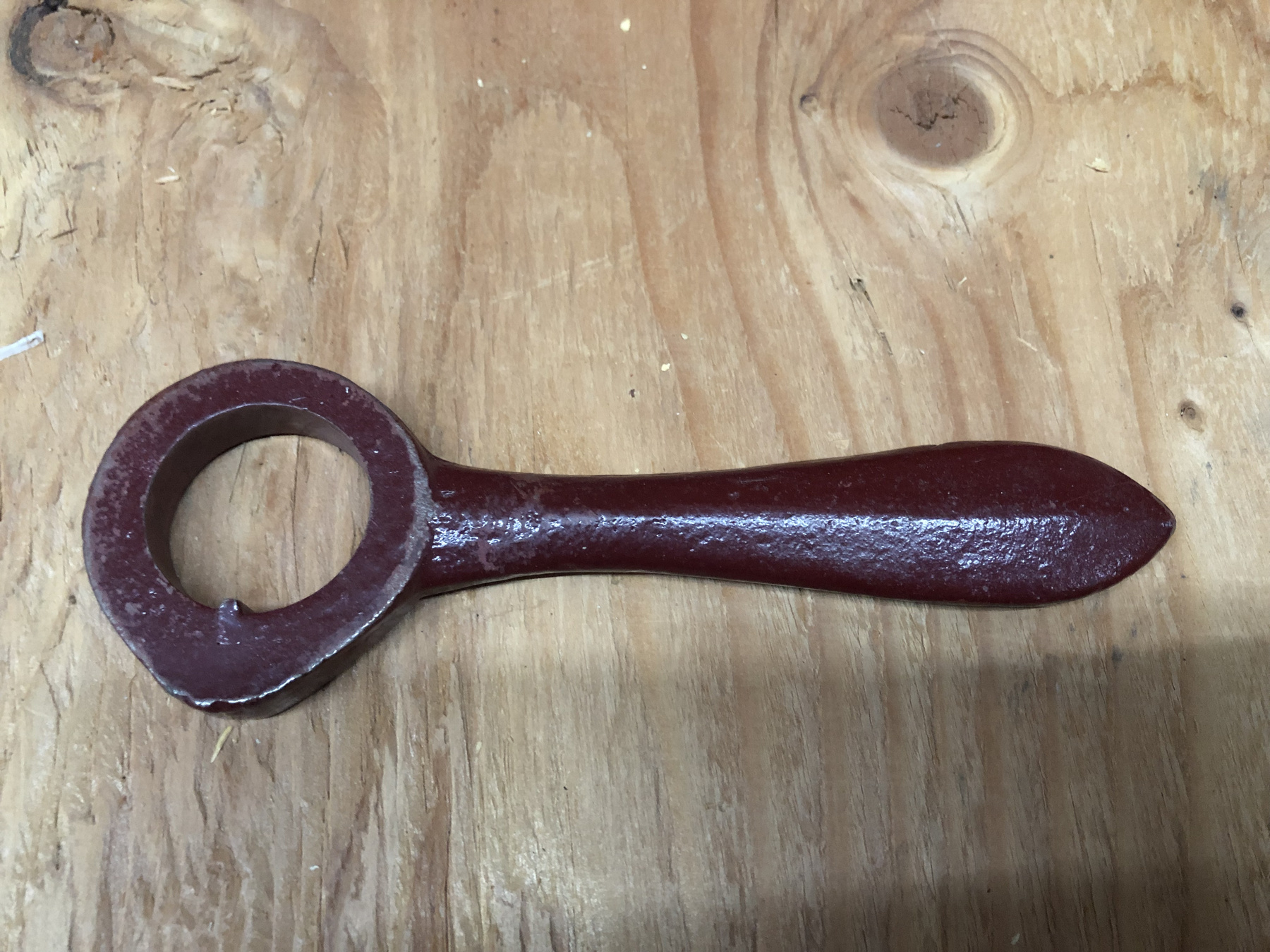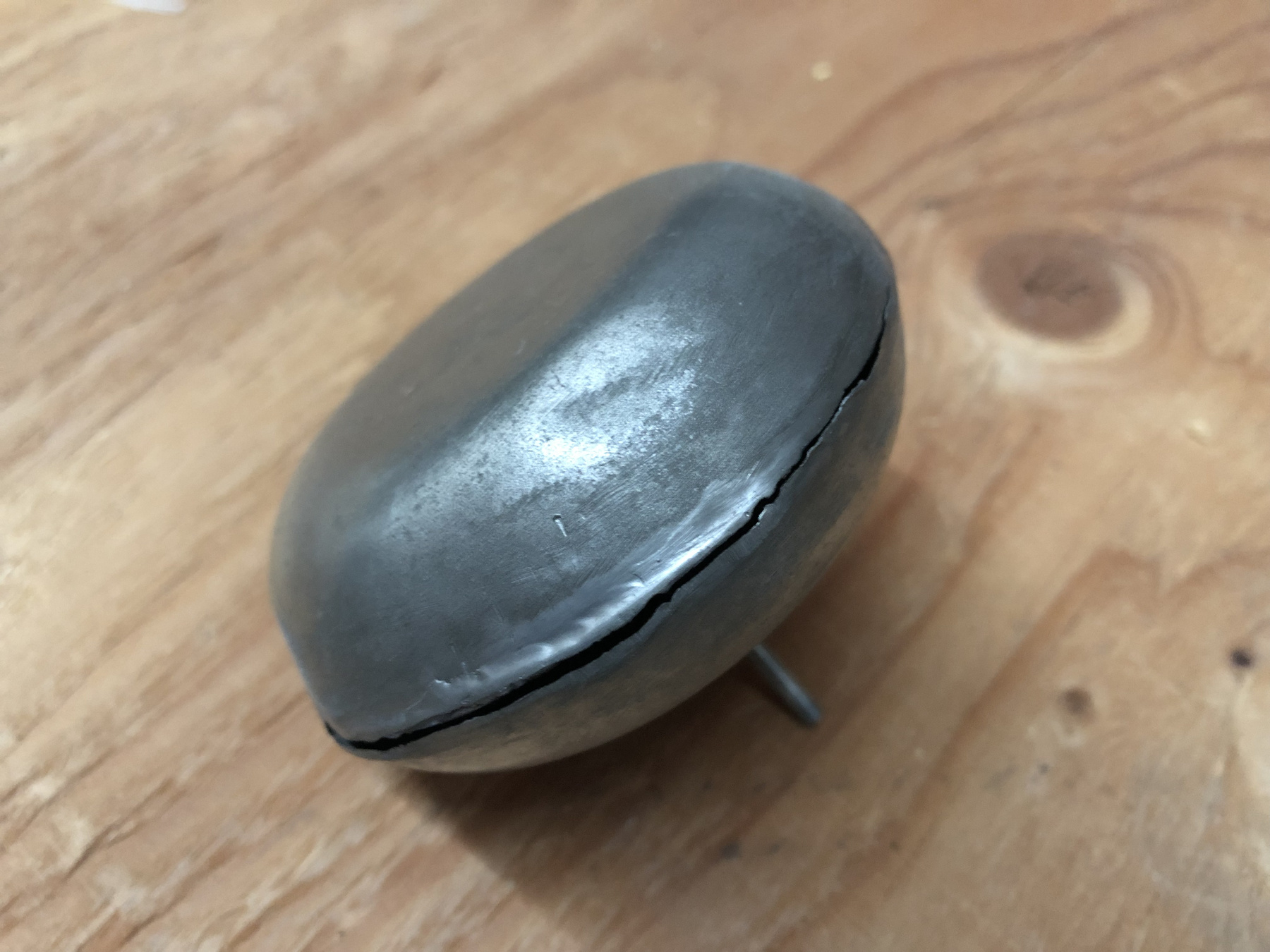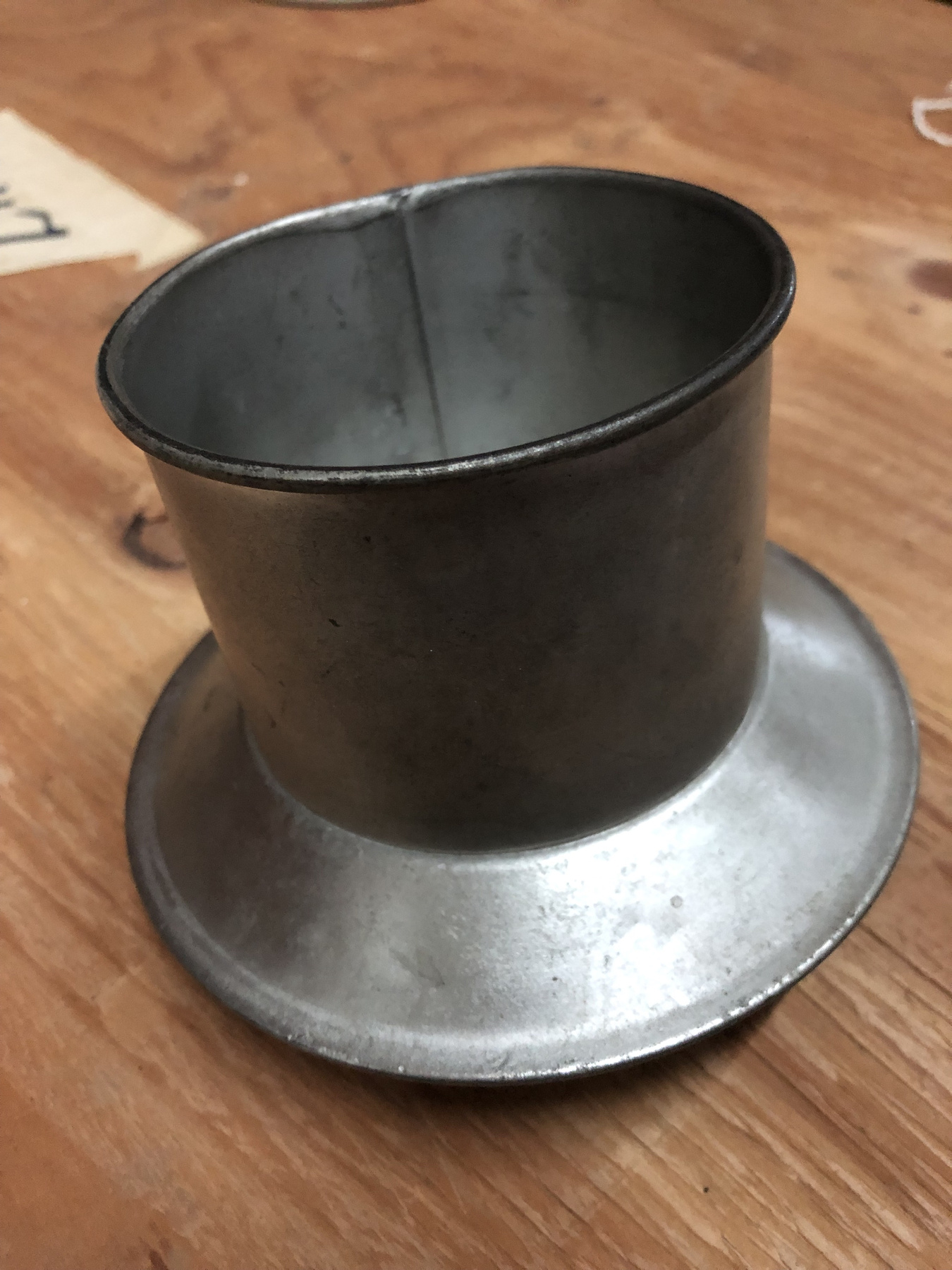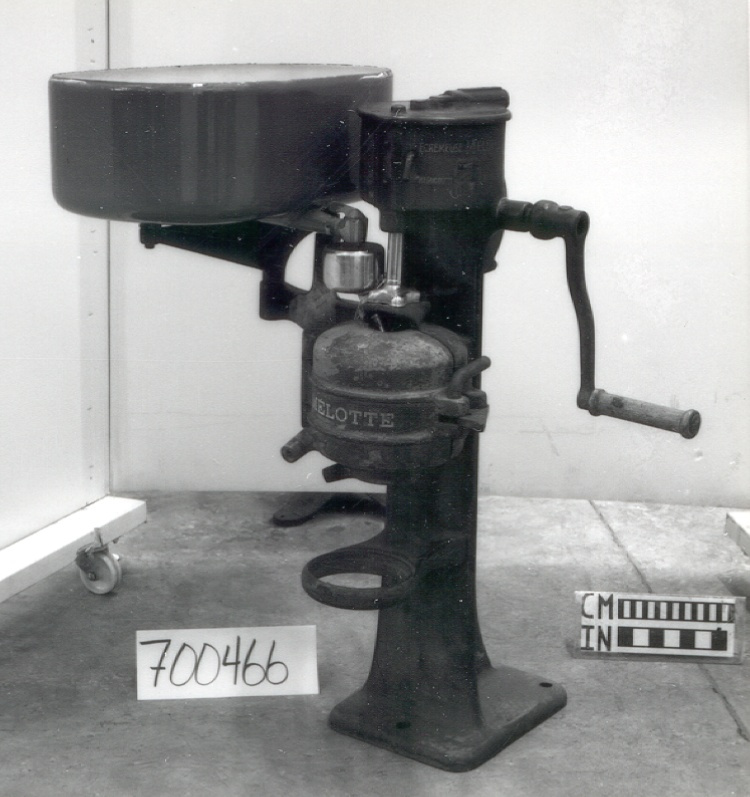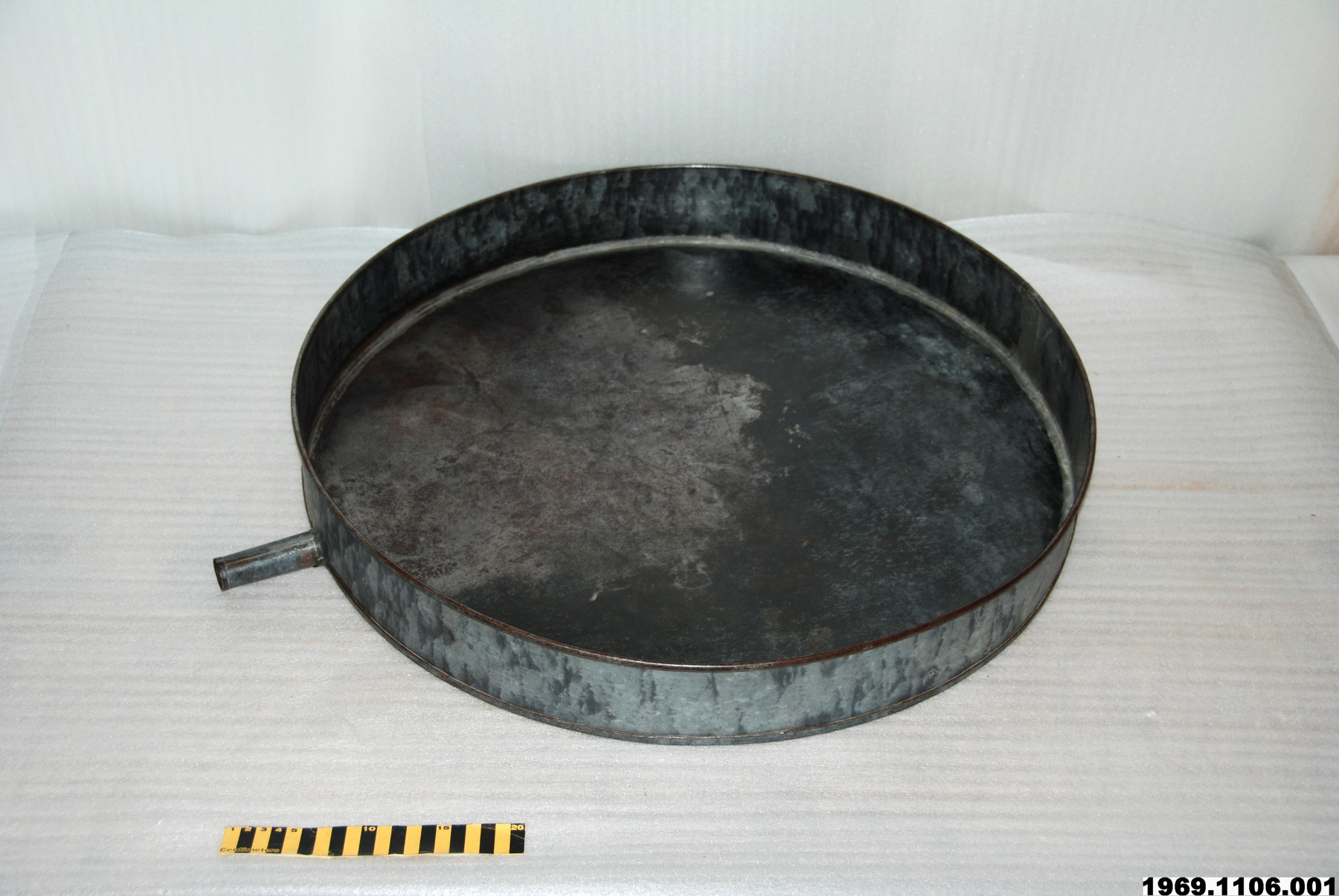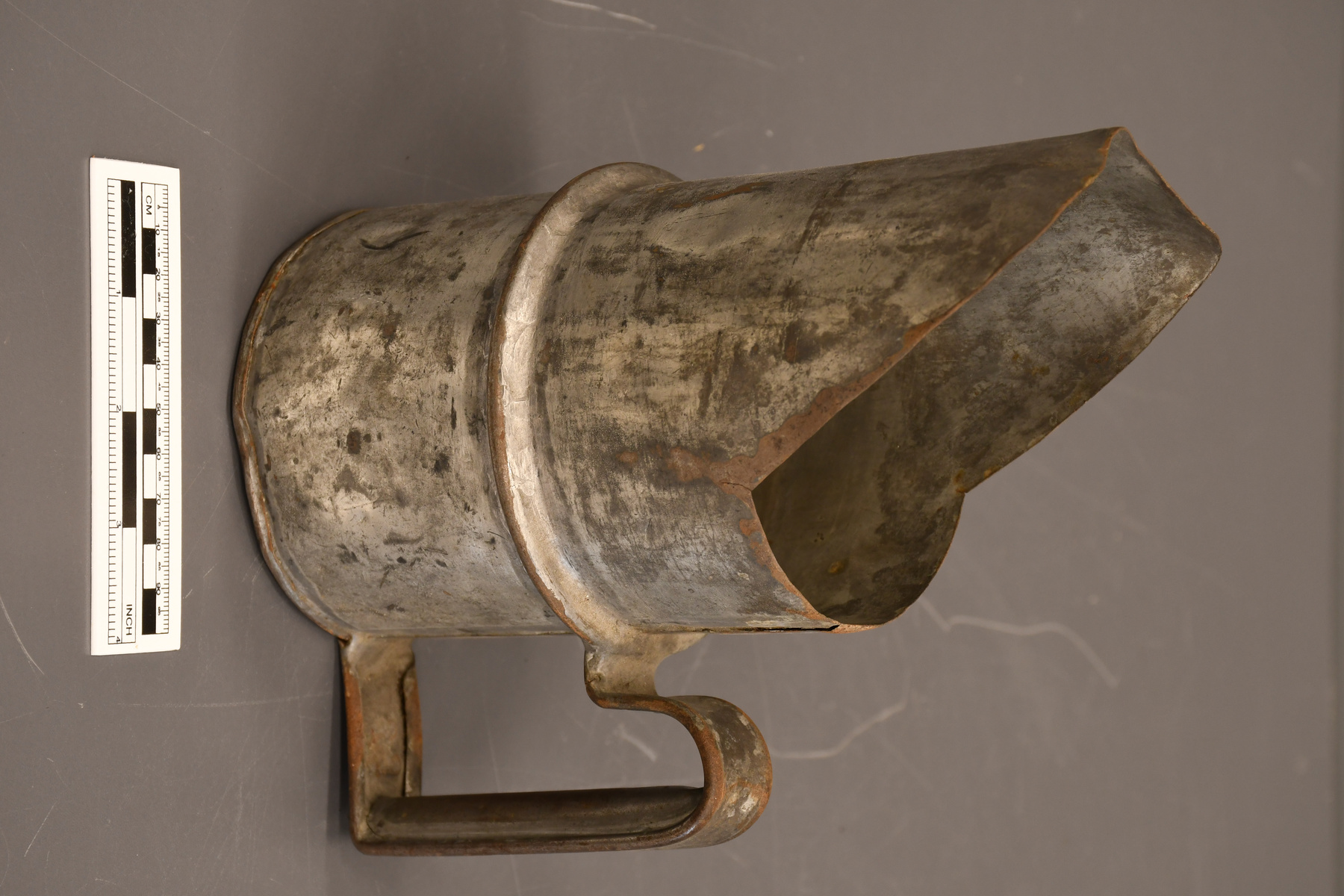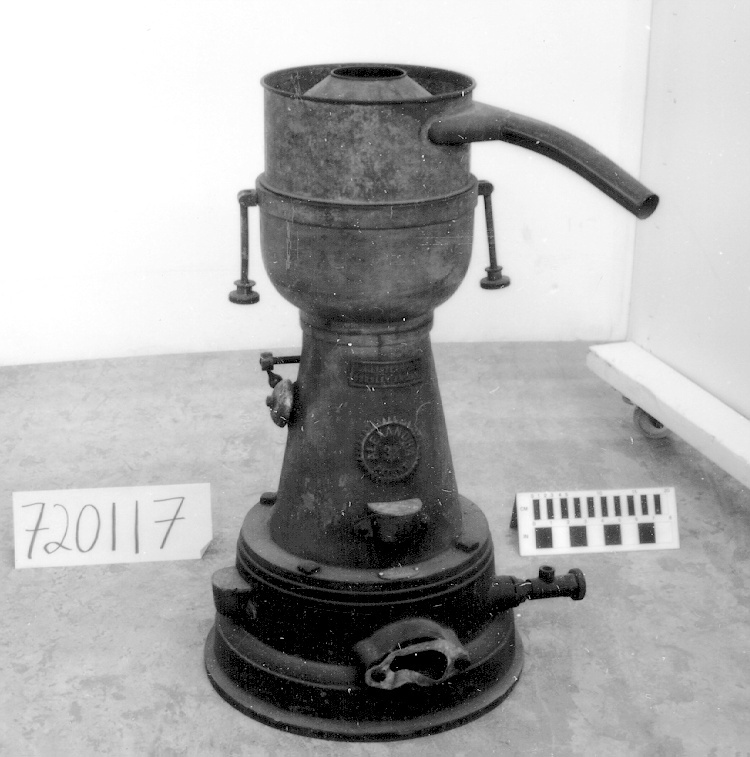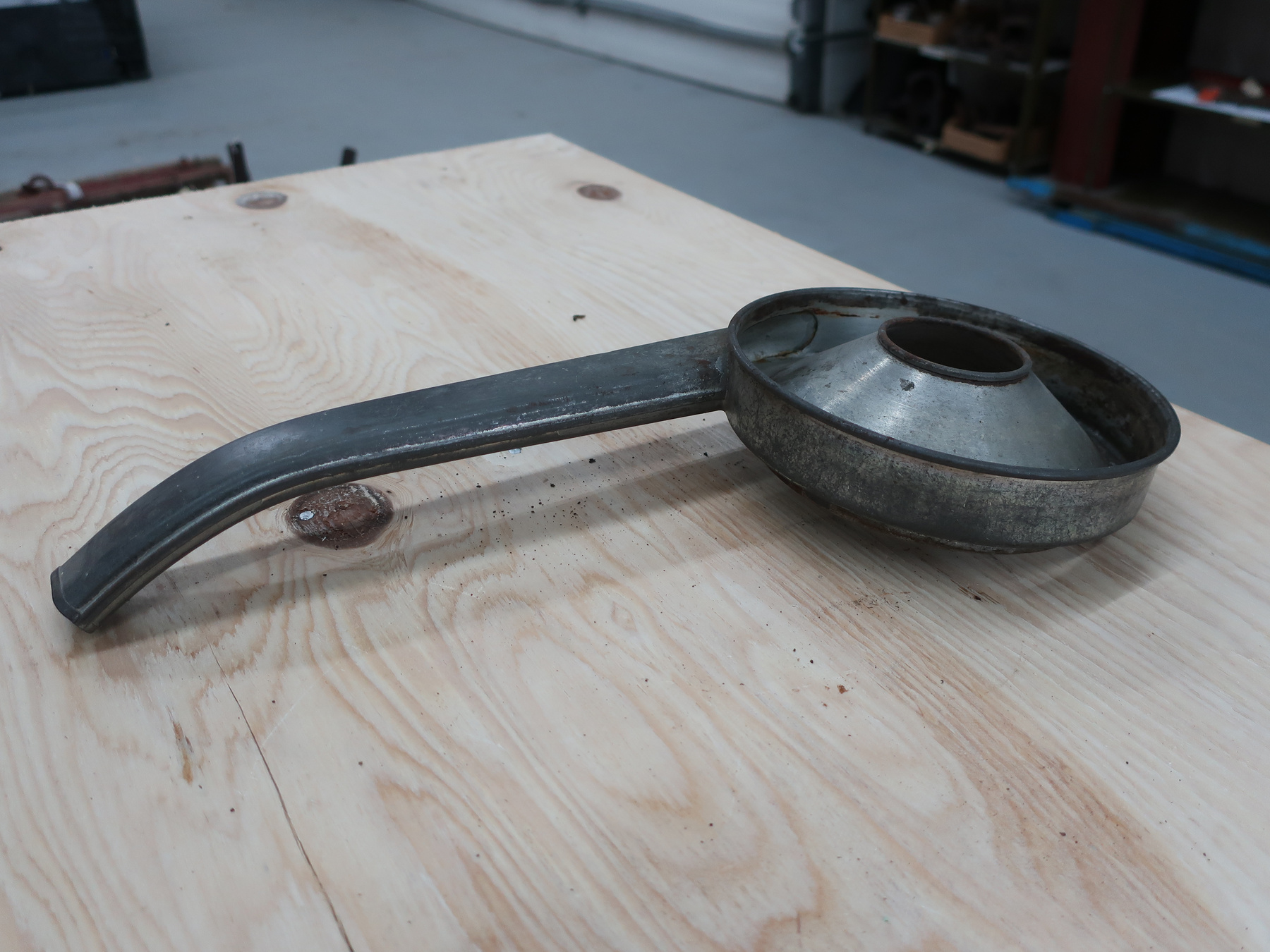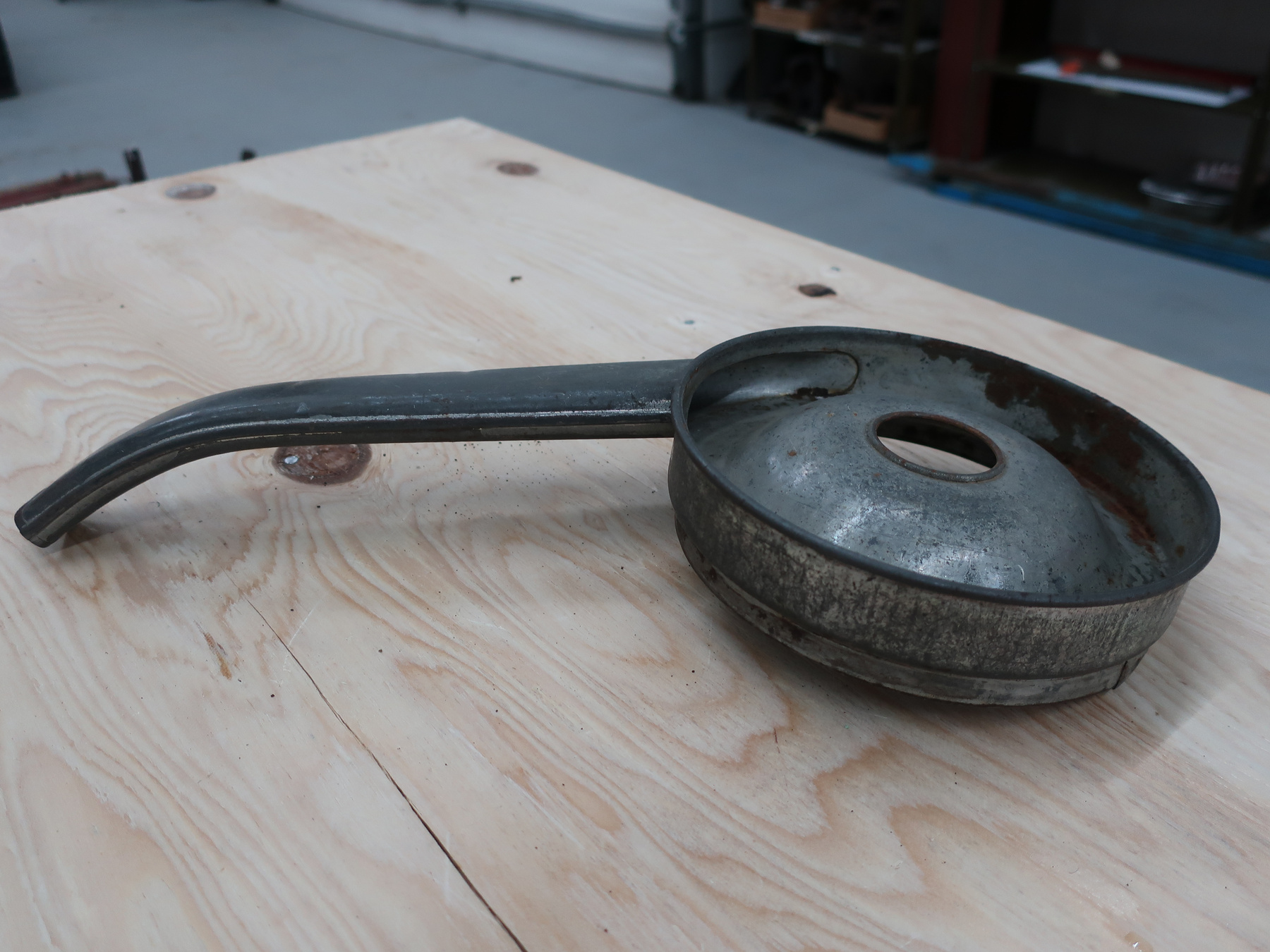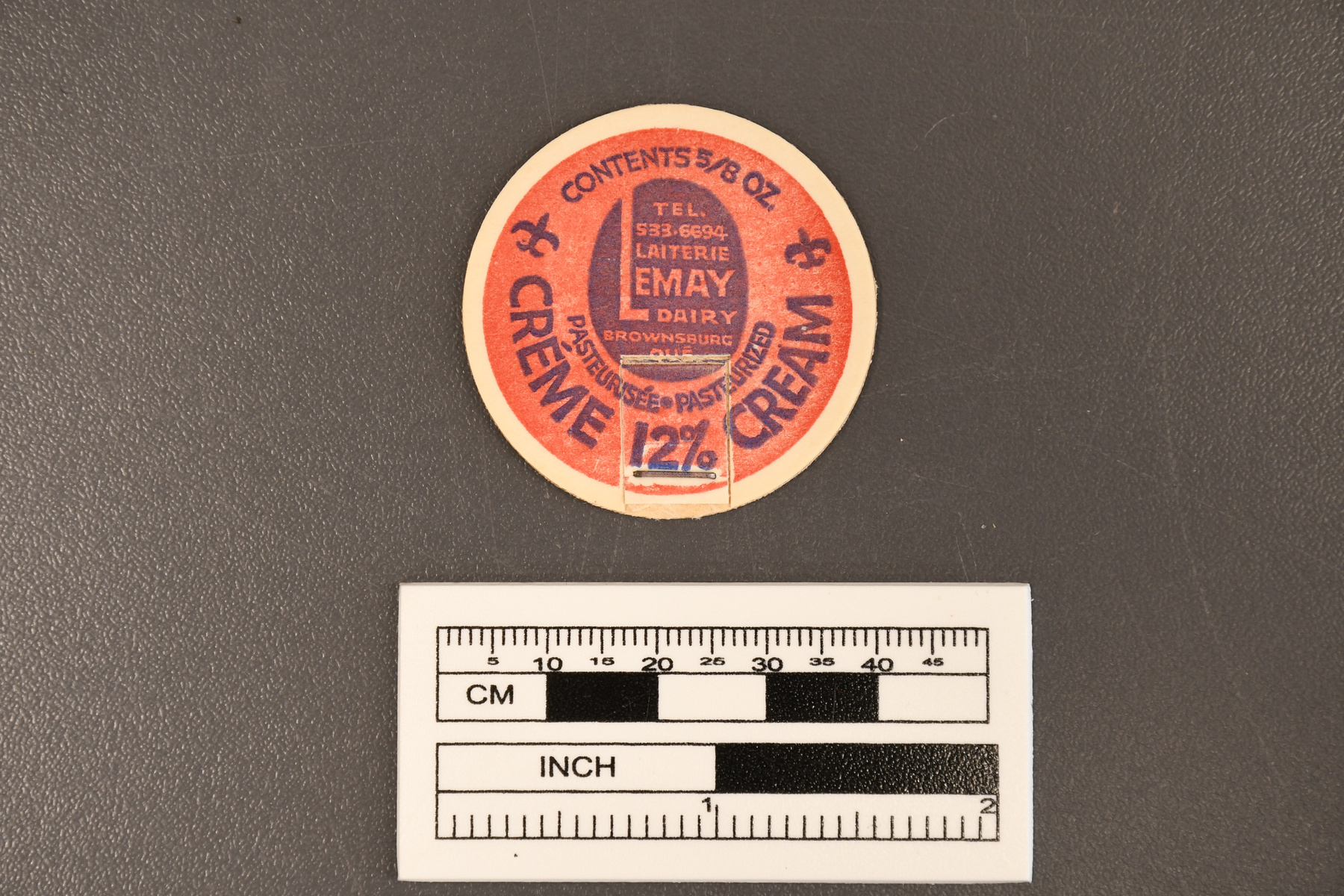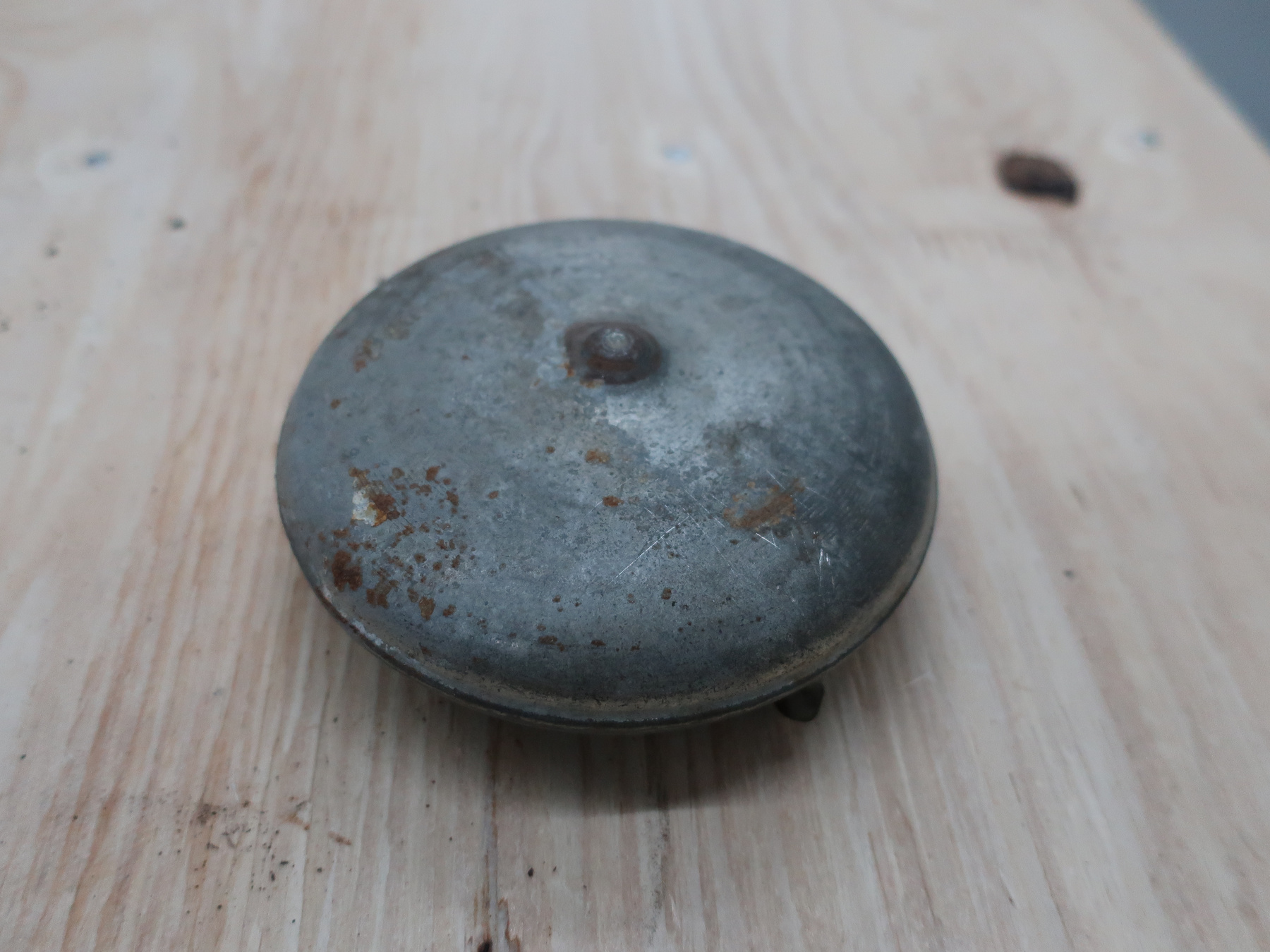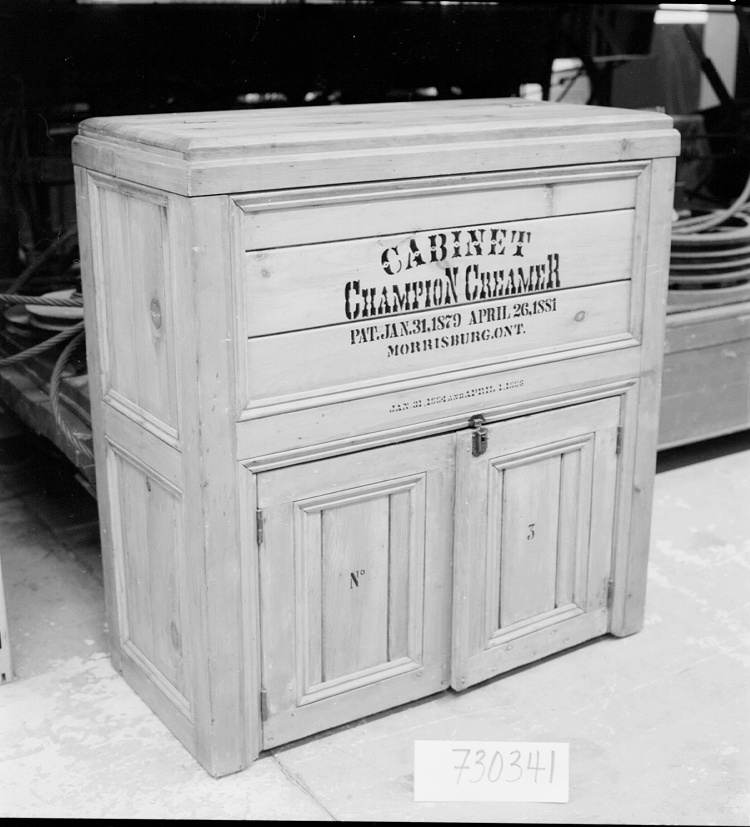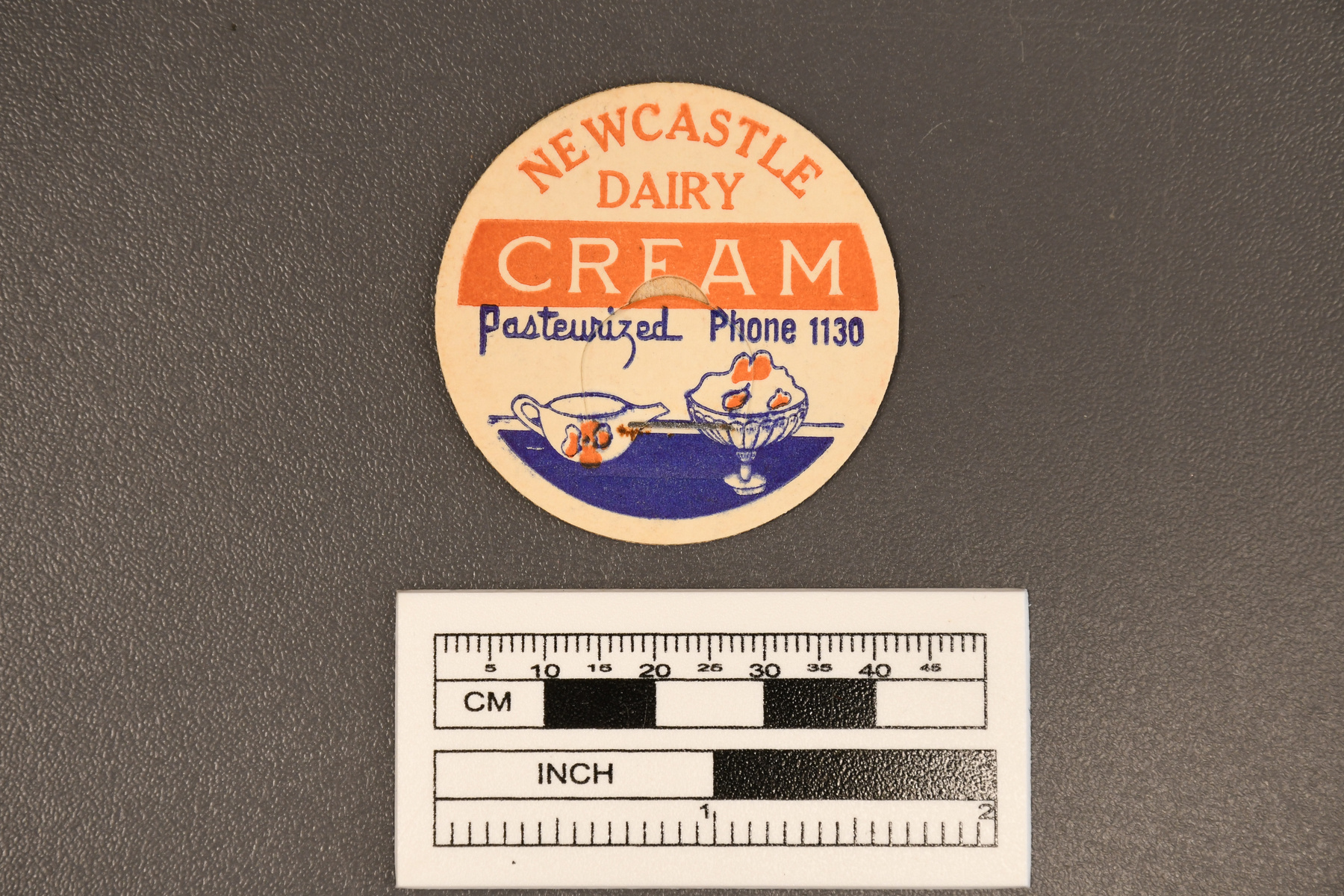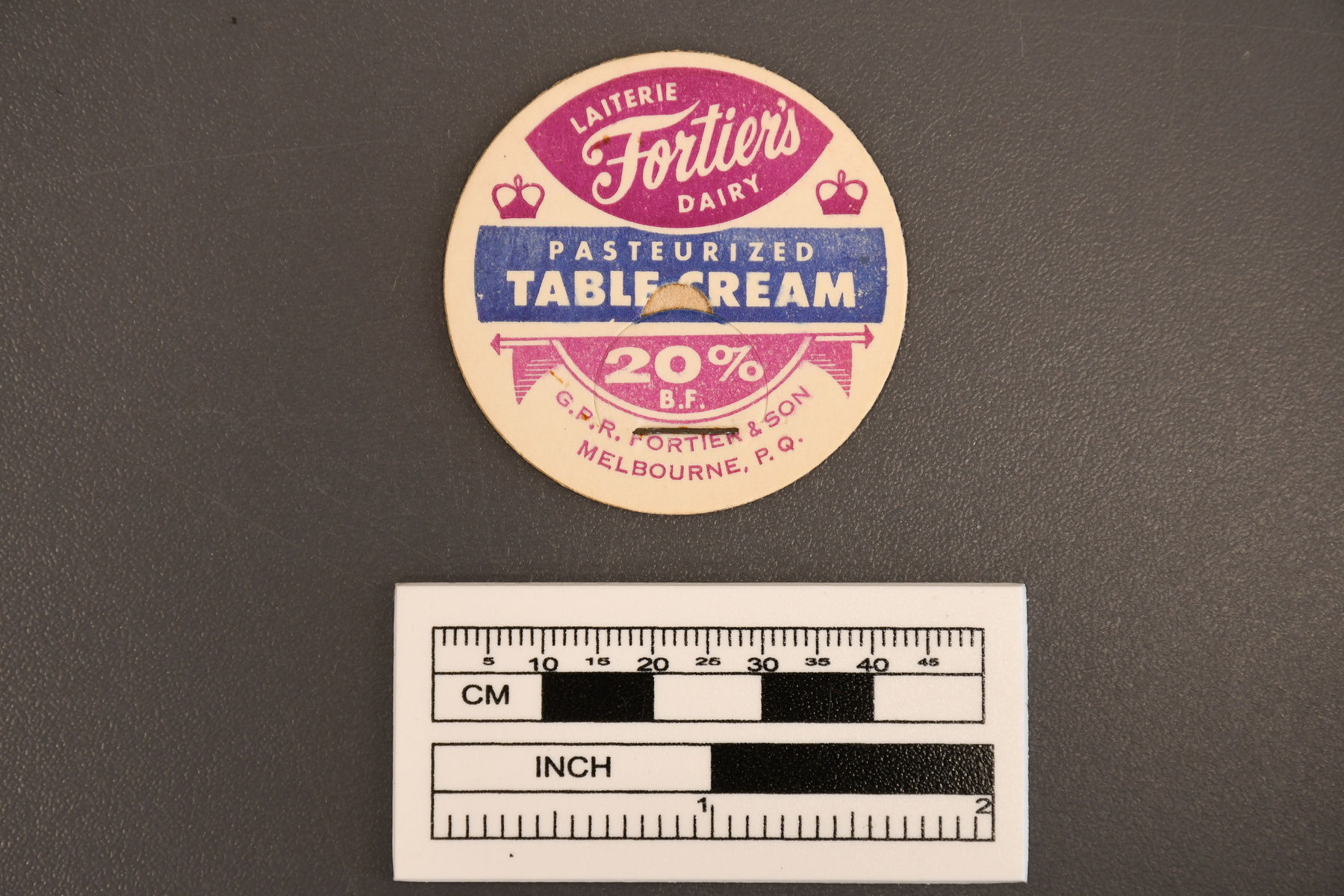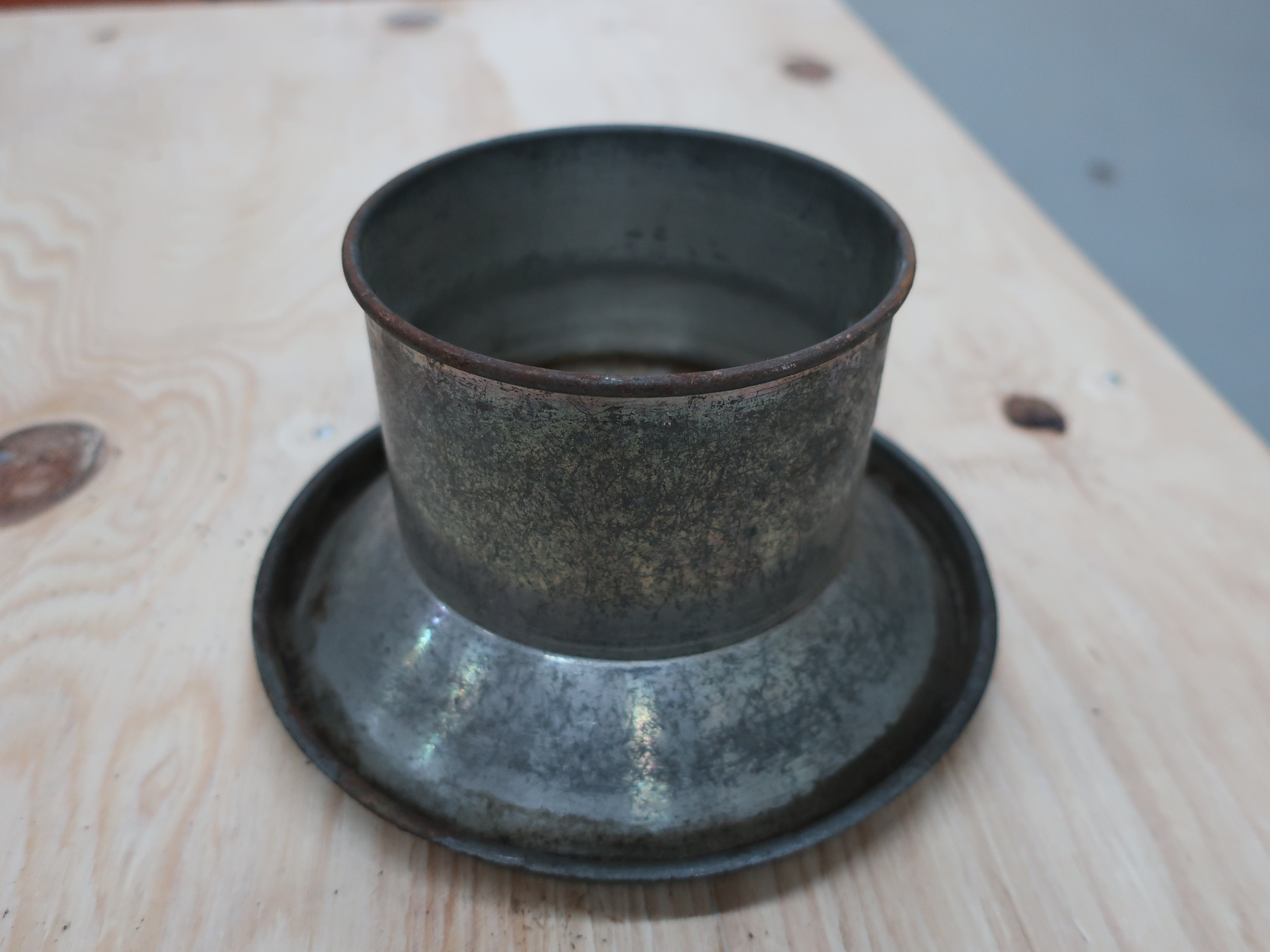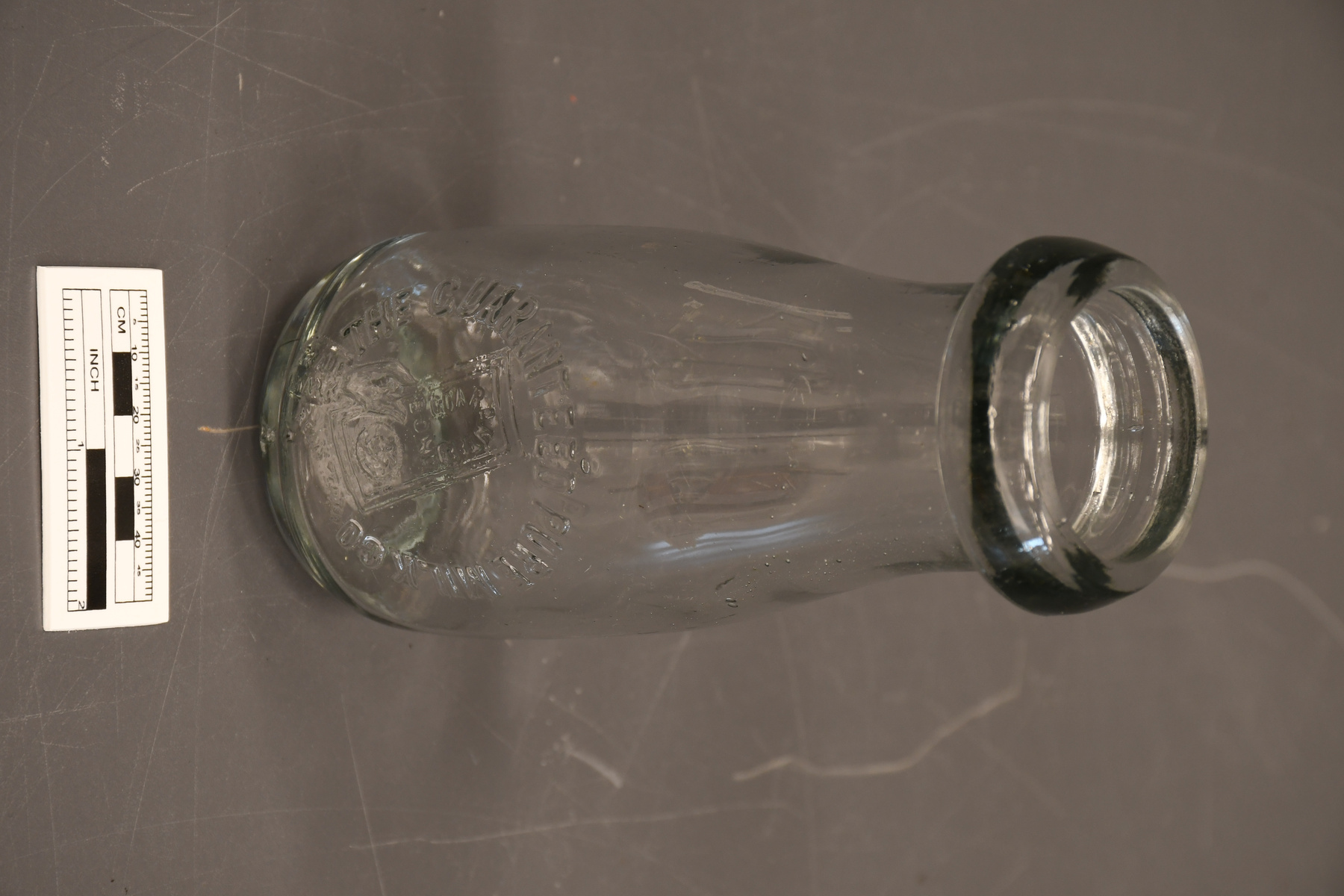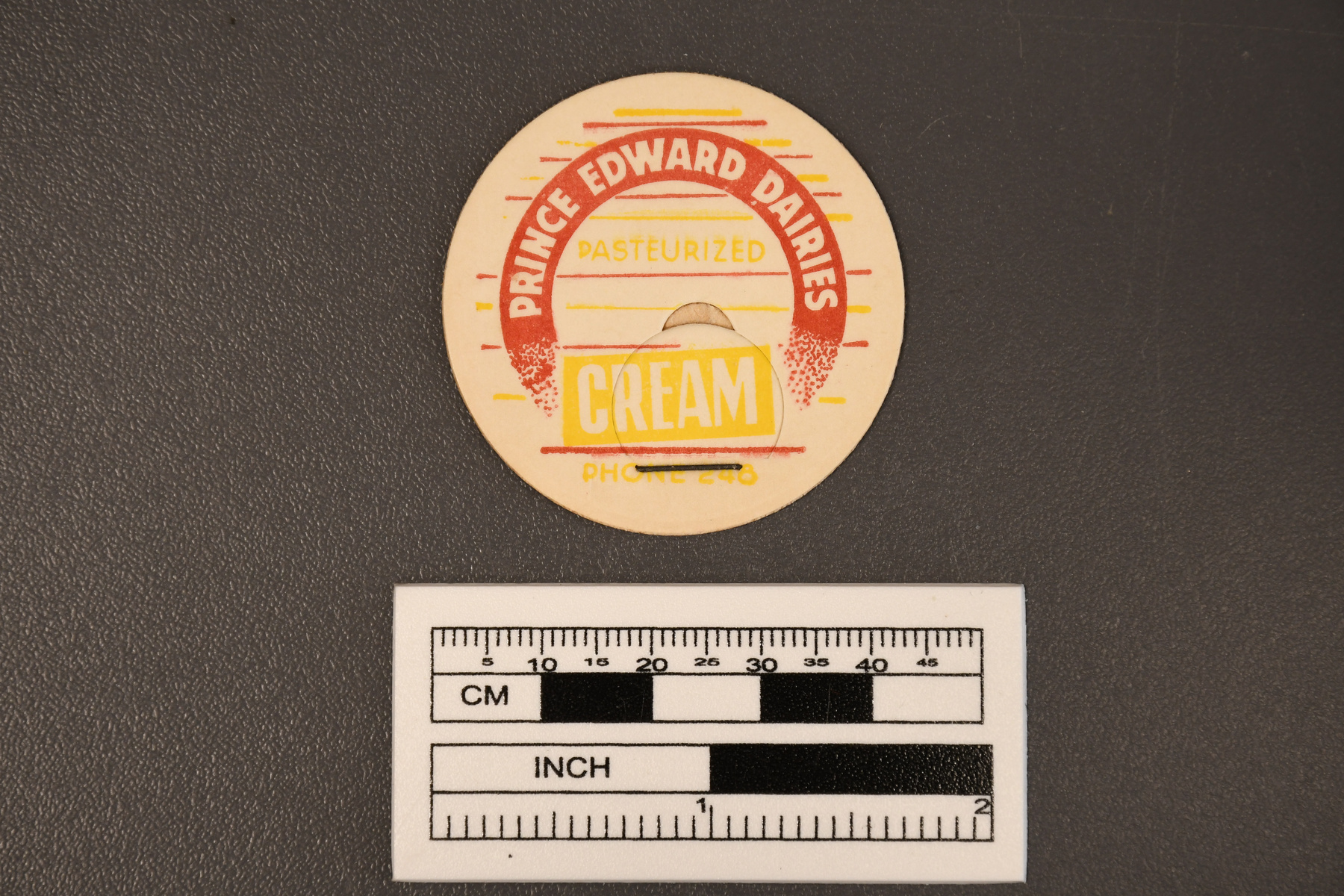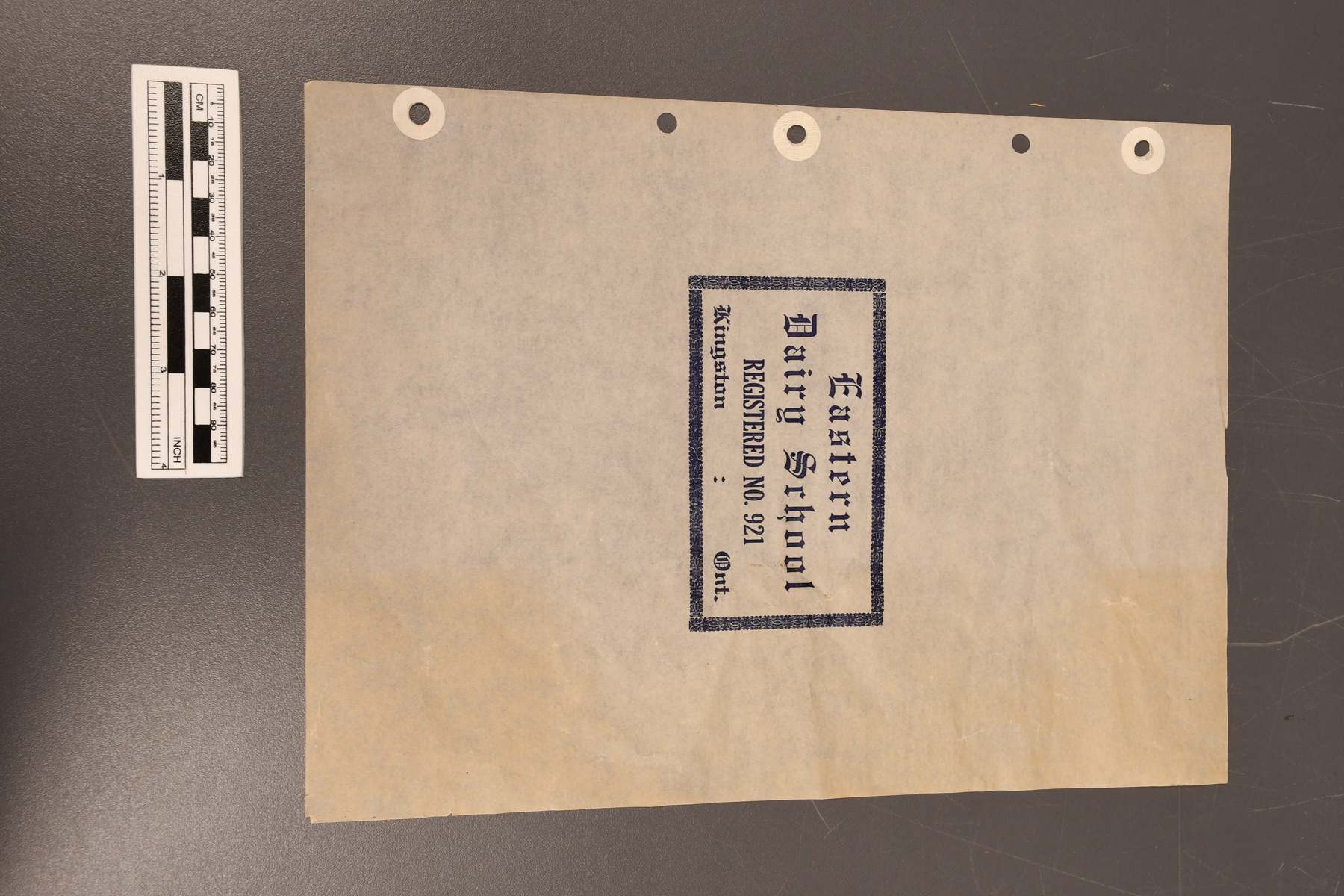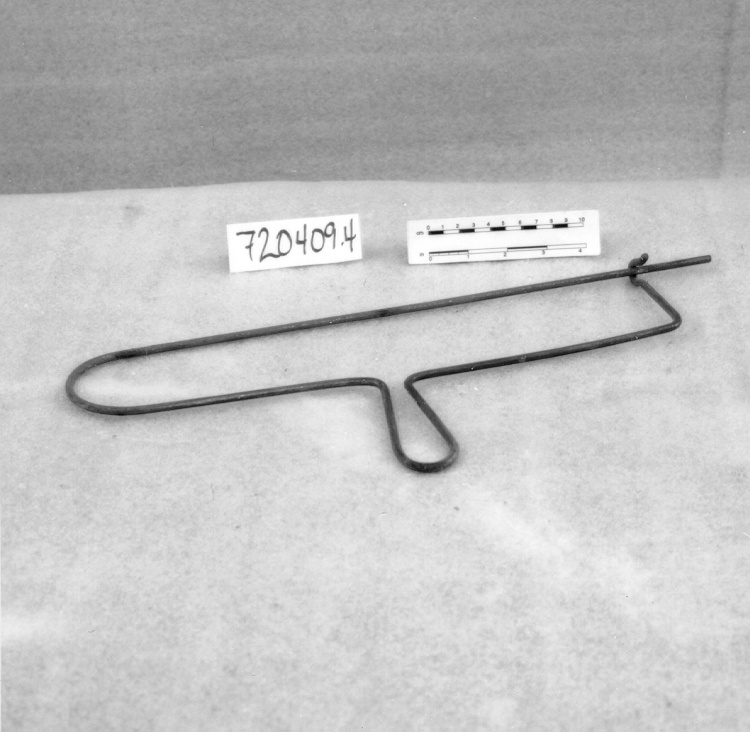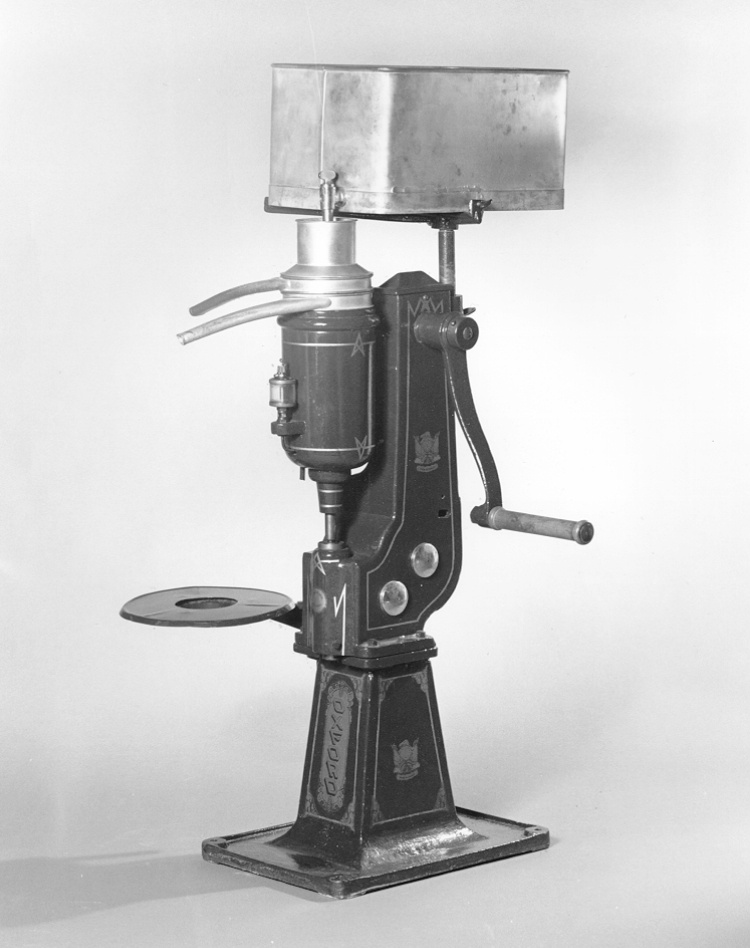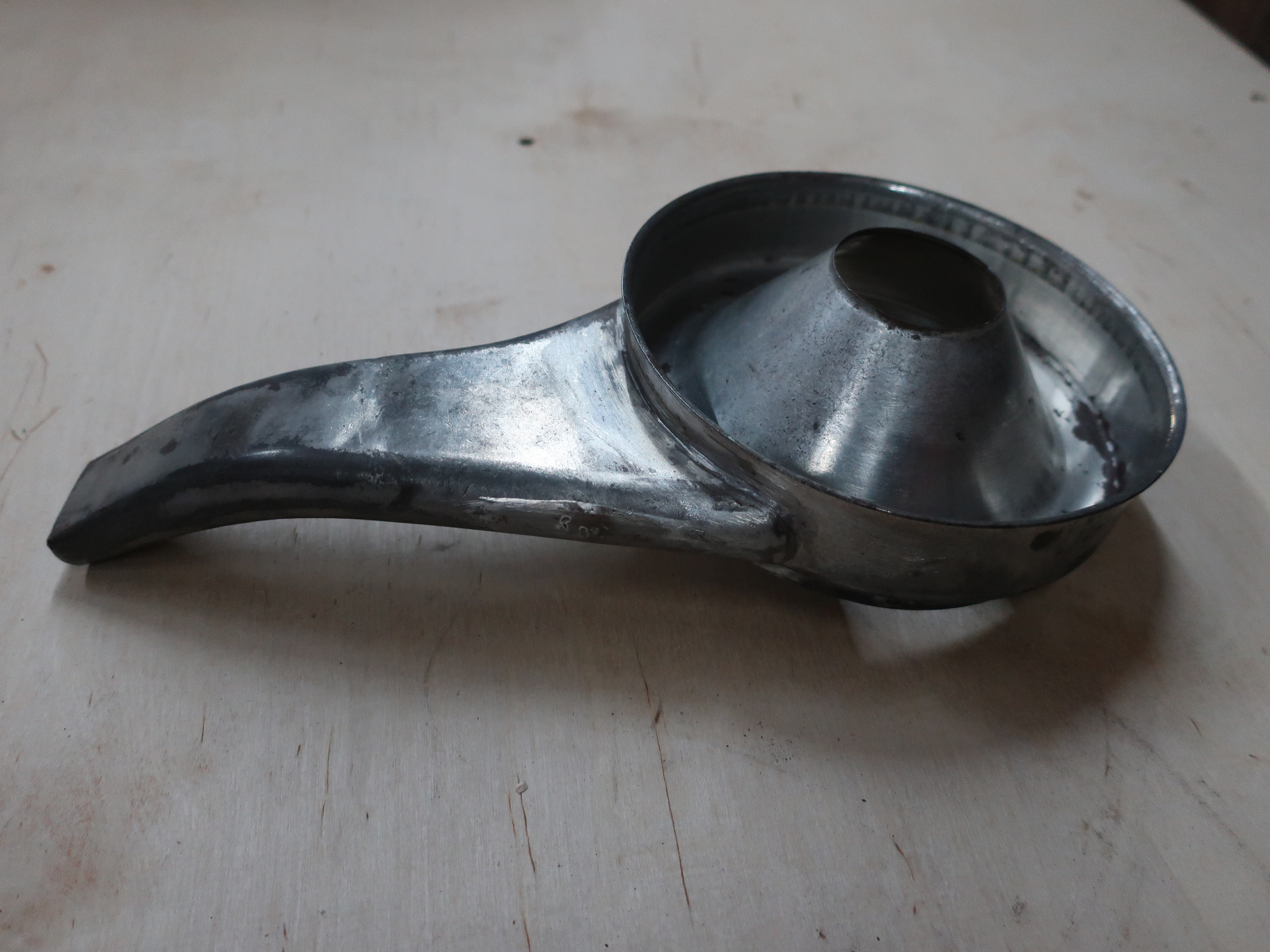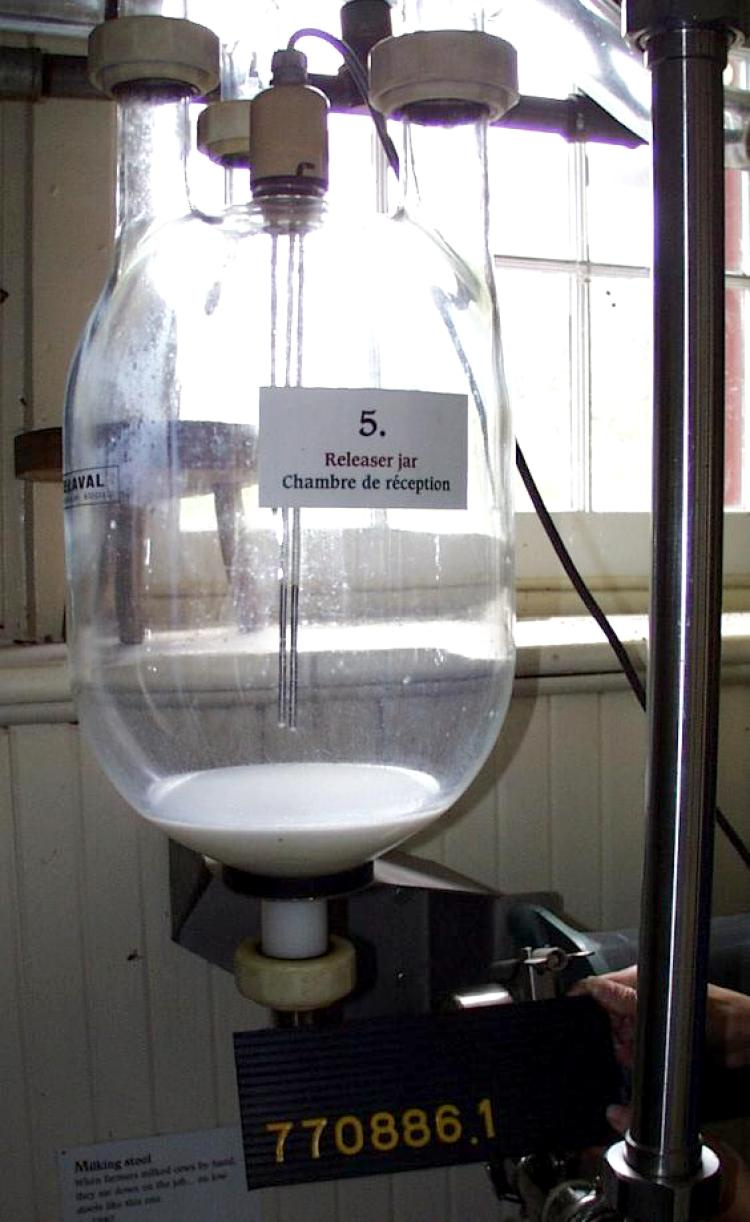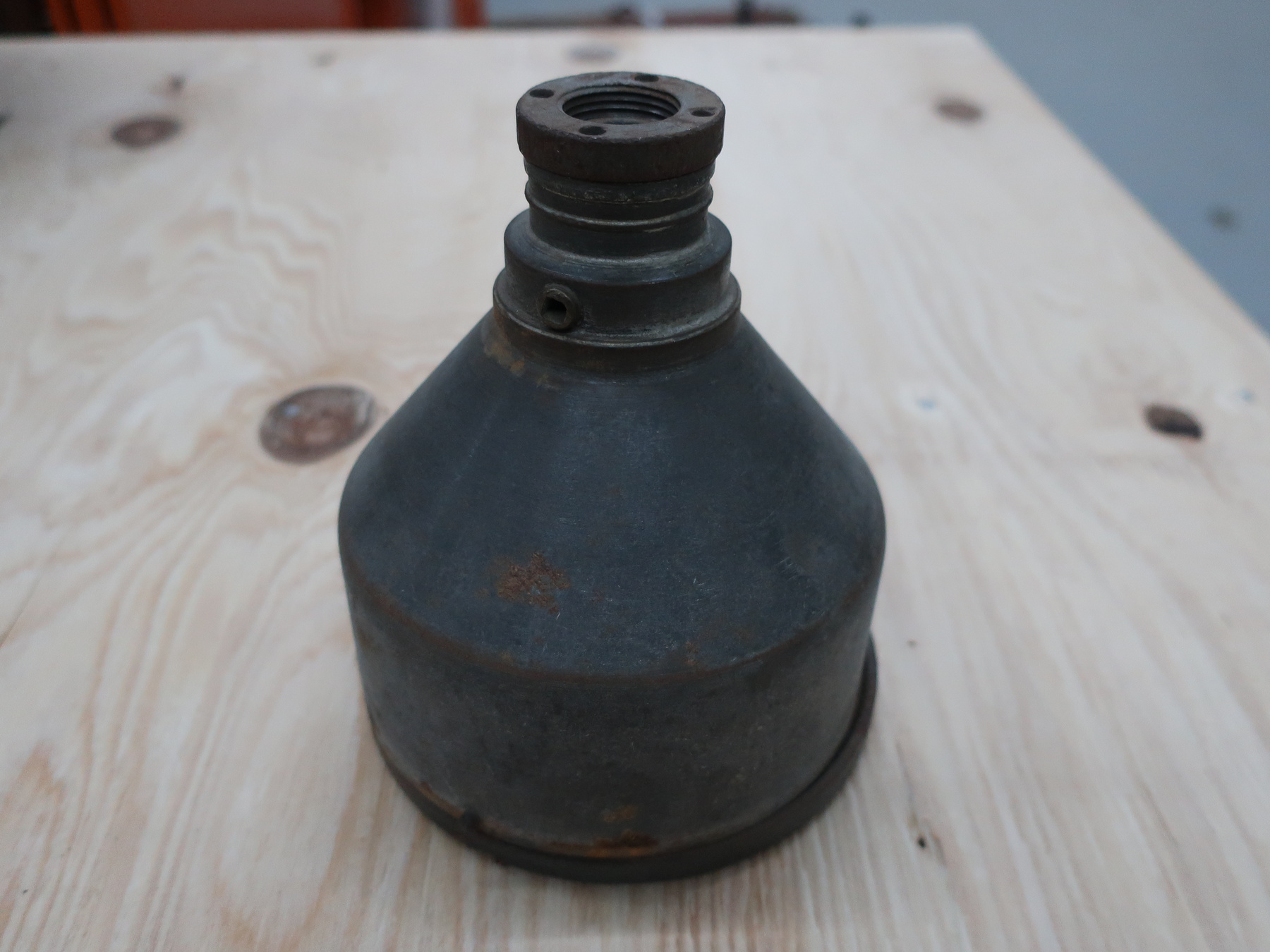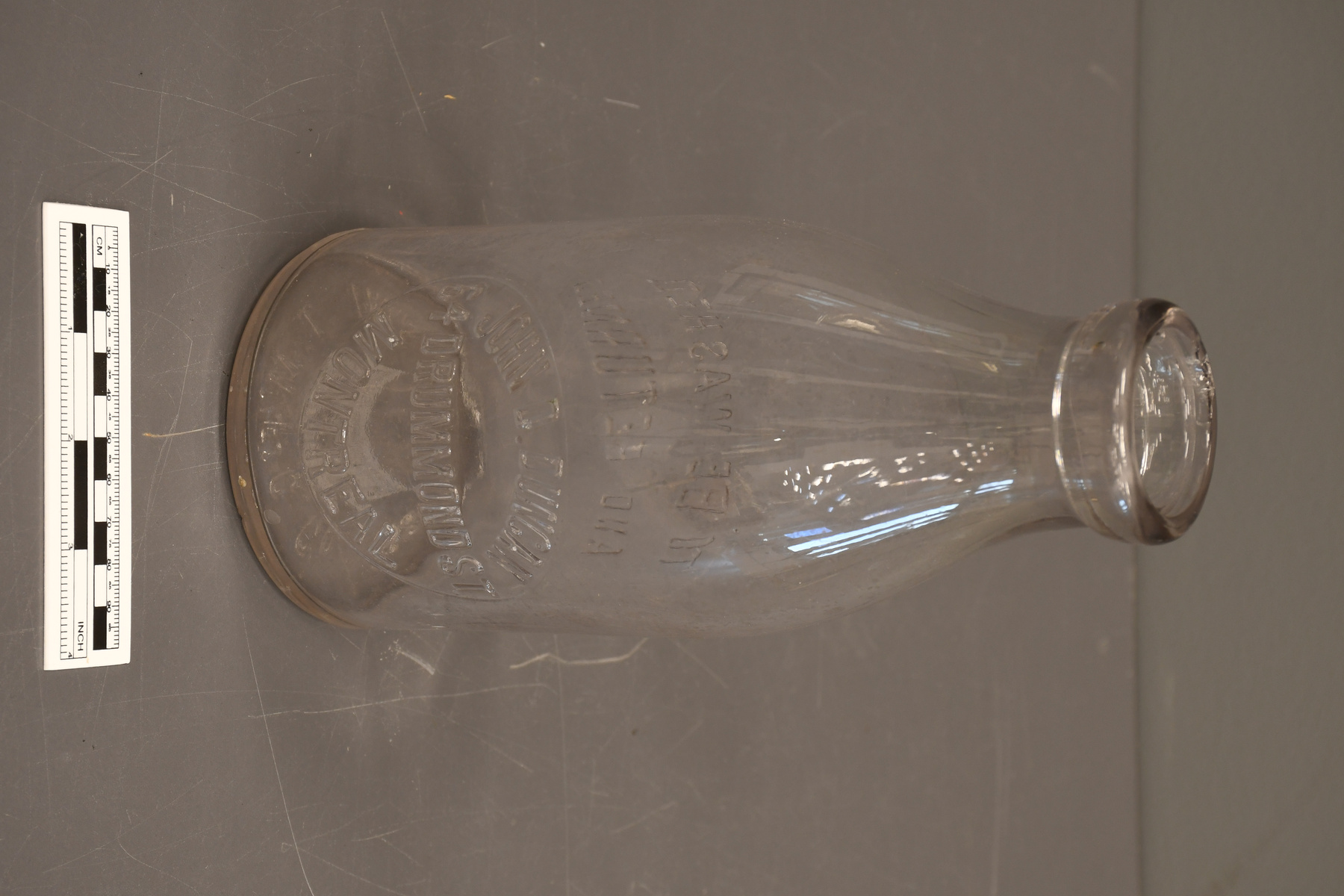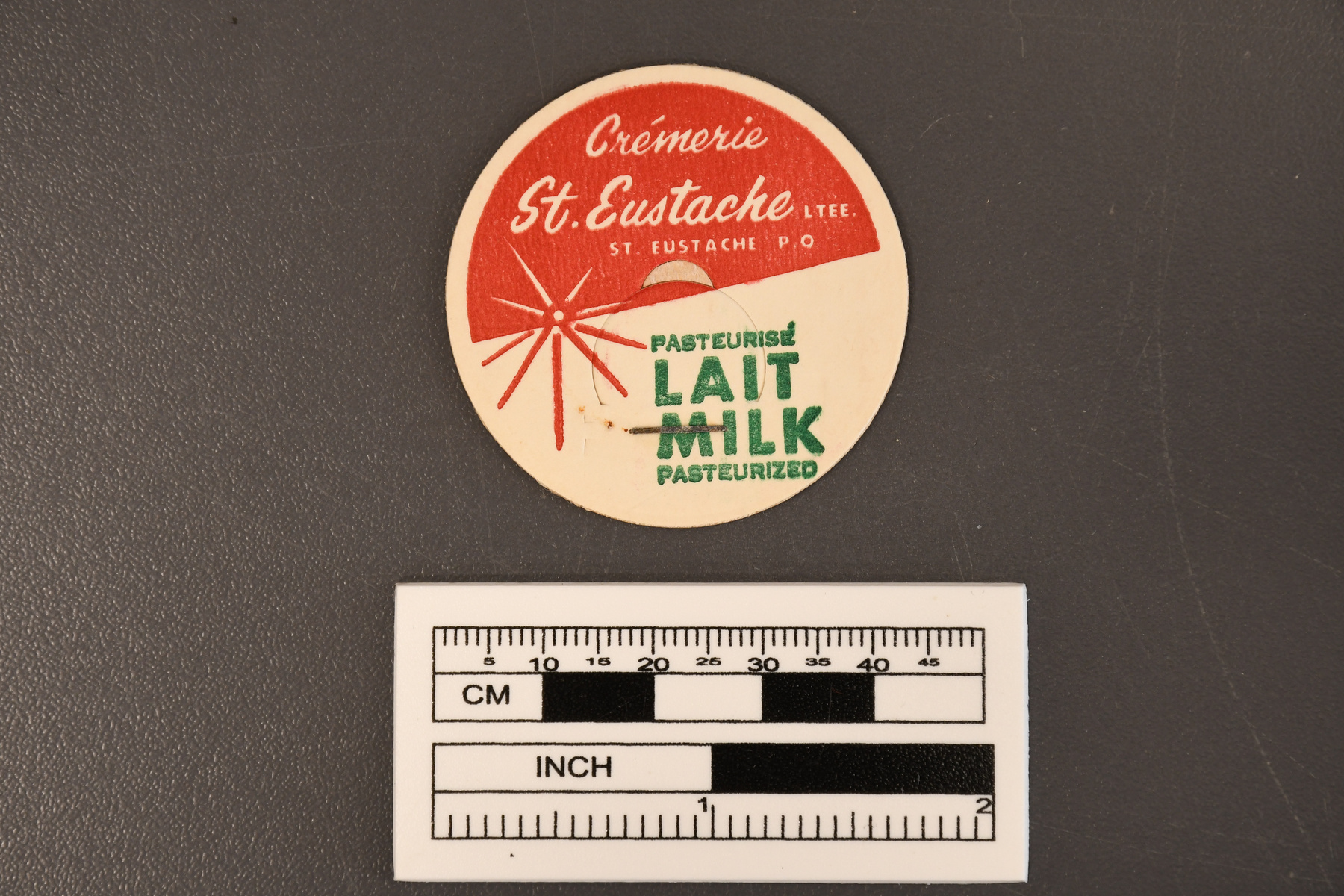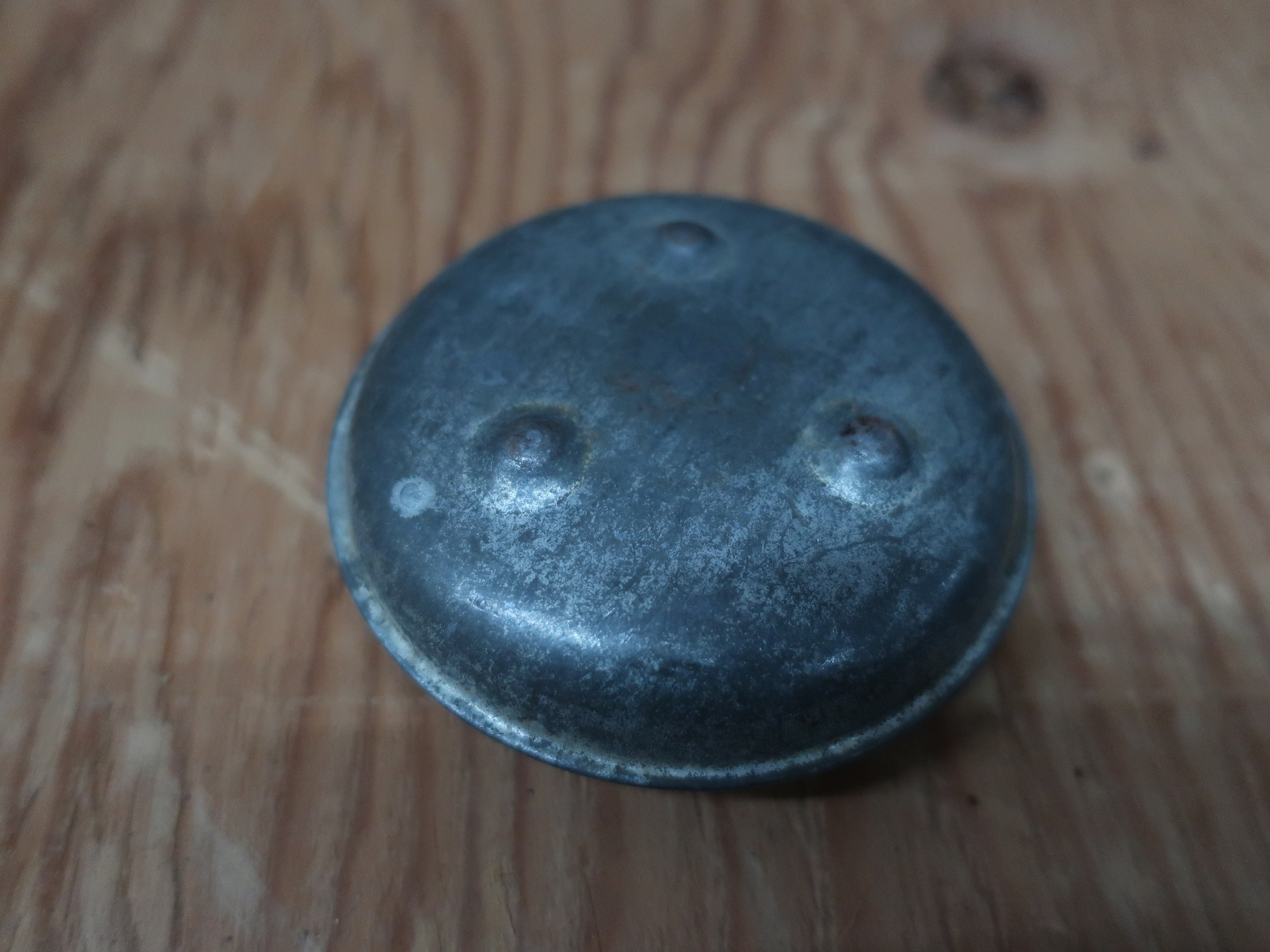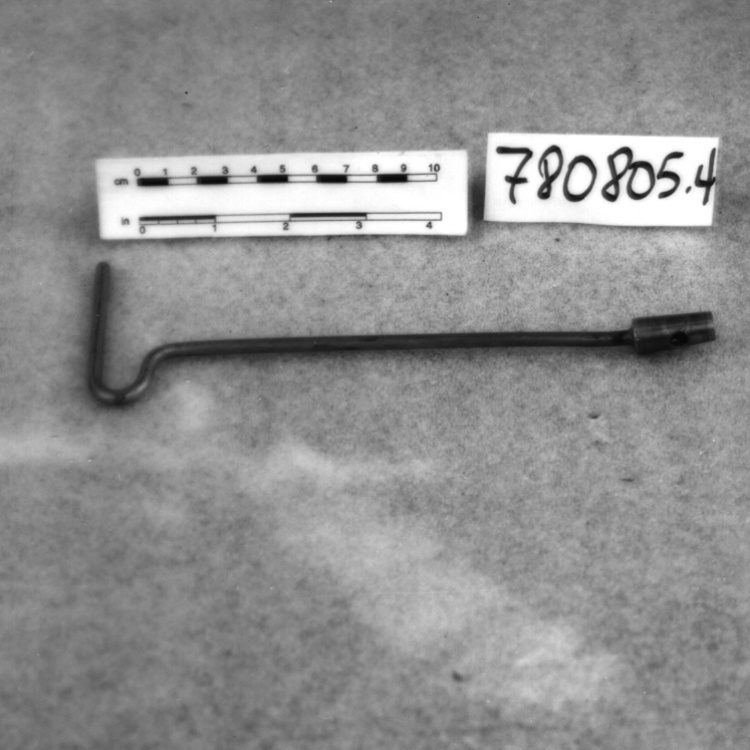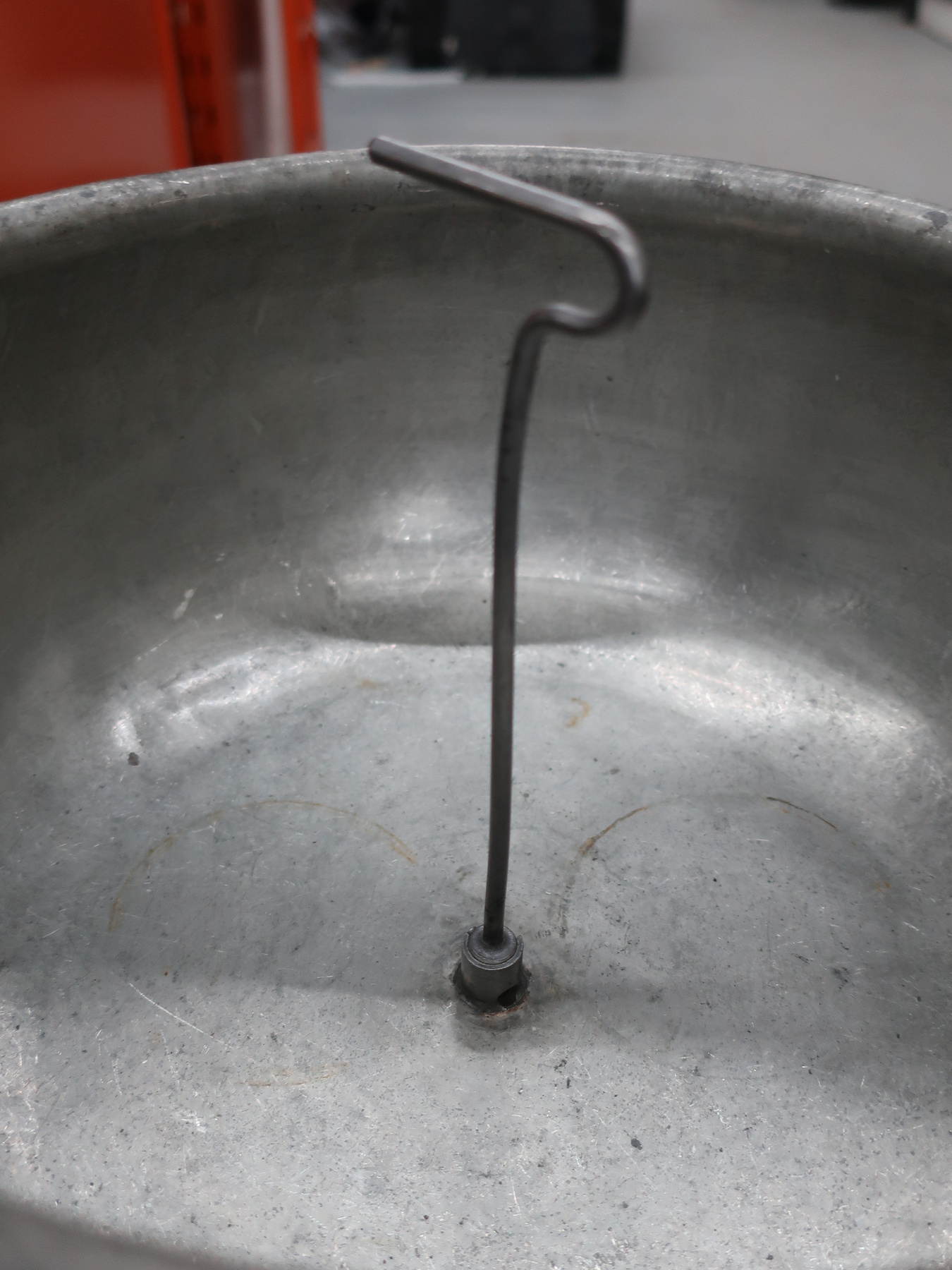Spigot
Use this image
Can I reuse this image without permission? Yes
Object images on the Ingenium Collection’s portal have the following Creative Commons license:
Copyright Ingenium / CC BY-NC-ND (Attribution-NonCommercial 4.0 International (CC BY-NC 4.0)
ATTRIBUTE THIS IMAGE
Ingenium,
1978.0805.004
Permalink:
Ingenium is releasing this image under the Creative Commons licensing framework, and encourages downloading and reuse for non-commercial purposes. Please acknowledge Ingenium and cite the artifact number.
DOWNLOAD IMAGEPURCHASE THIS IMAGE
This image is free for non-commercial use.
For commercial use, please consult our Reproduction Fees and contact us to purchase the image.
- OBJECT TYPE
- N/A
- DATE
- 1938
- ARTIFACT NUMBER
- 1978.0805.004
- MANUFACTURER
- De Laval Co. Ltd.
- MODEL
- JUNIOR/1
- LOCATION
- Canada
More Information
General Information
- Serial #
- N/A
- Part Number
- 4
- Total Parts
- 9
- AKA
- N/A
- Patents
- N/A
- General Description
- metal
Dimensions
Note: These reflect the general size for storage and are not necessarily representative of the object's true dimensions.
- Length
- N/A
- Width
- N/A
- Height
- N/A
- Thickness
- N/A
- Weight
- N/A
- Diameter
- N/A
- Volume
- N/A
Lexicon
- Group
- Agriculture
- Category
- Dairying
- Sub-Category
- N/A
Manufacturer
- AKA
- DeLaval
- Country
- Canada
- State/Province
- Unknown
- City
- Unknown
Context
- Country
- Unknown
- State/Province
- Unknown
- Period
- Unknown
- Canada
-
Mechanical separation allowed dairy farmers to increase their yield of butterfat—and income. Hand-cranked mechanical separators began appearing on Canadian farms in the 1890s and were commonly used by farm women and children as part of their labour routine. Canadian manufacturers, such as The National Manufacturing Co. and the Renfrew Machinery Co, produced mechanical separators for the domestic market. - Function
-
Mechanical cream separators used centrifugal force to separate cream and milk. - Technical
-
Before the invention of the cream separator in the late 19th century, cream was hand skimmed from milk. First developed in Europe in the 1870s, Carl de Laval perfected the continuous flow centrifugal separator in 1879. De Laval later introduced other technical innovations, including conical discs that increased separation efficiency. The "Junior 1" cream separator is an example of a mechanical separator from the company that pioneered centrifugal separation. The Junior 1 model was a small tabletop separator. Avant l'apparition de l'écrémeuse mécanique à la fin du XIXe siècle, on séparait la crème du lait à la main. En 1879, le Suédois Carl de Laval a inventé un système mécanique utilisant la force centrifuge pour séparer le lait de la crème. La séparation mécanique a permis aux producteurs laitiers d’augmenter le rendement en matière grasse butyrique – et leurs revenus. Les écrémeuses mécaniques à manivelle ont commencé à arriver dans les fermes canadiennes dans les années 1890, et ce sont généralement les femmes et les enfants qui avaient pour tâche de les actionner. La [[ Junior 1]] est une écrémeuse mécanique fabriquée par l’entreprise qui a été la pionnière de la séparation de la crème et du lait par centrifuge. Ce petit modèle a été conçu pour être posé sur une table. - Area Notes
-
Unknown
Details
- Markings
- None apparent
- Missing
- Appears complete
- Finish
- Plain metal finish. Spigot is now ceased to the suplly can.
- Decoration
- N/A
CITE THIS OBJECT
If you choose to share our information about this collection object, please cite:
De Laval Co. Ltd., Spigot, circa 1938, Artifact no. 1978.0805, Ingenium – Canada’s Museums of Science and Innovation, http://collections.ingeniumcanada.org/en/id/1978.0805.004/
FEEDBACK
Submit a question or comment about this artifact.
More Like This
